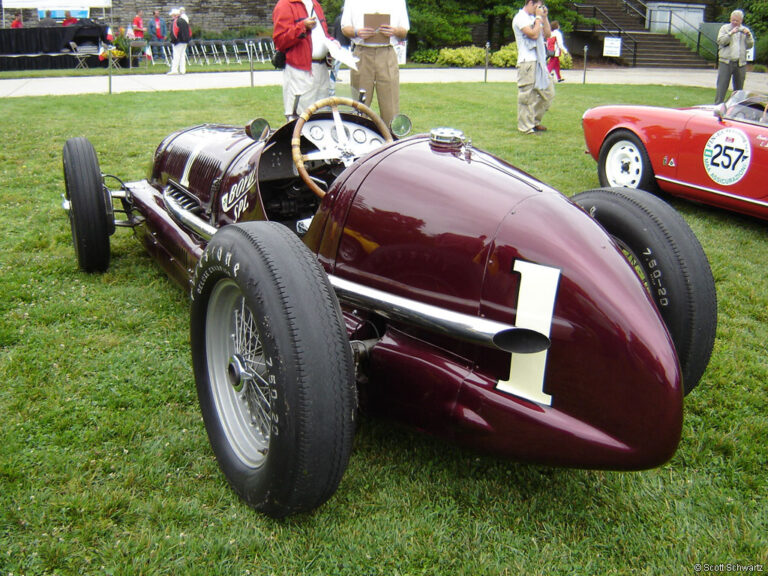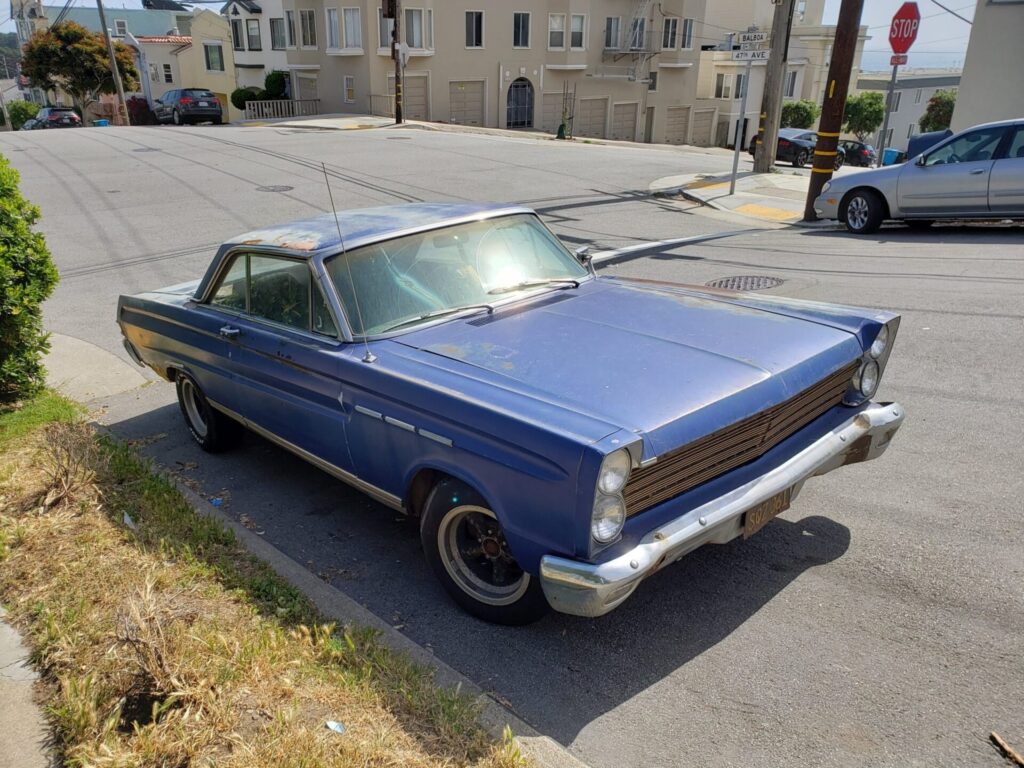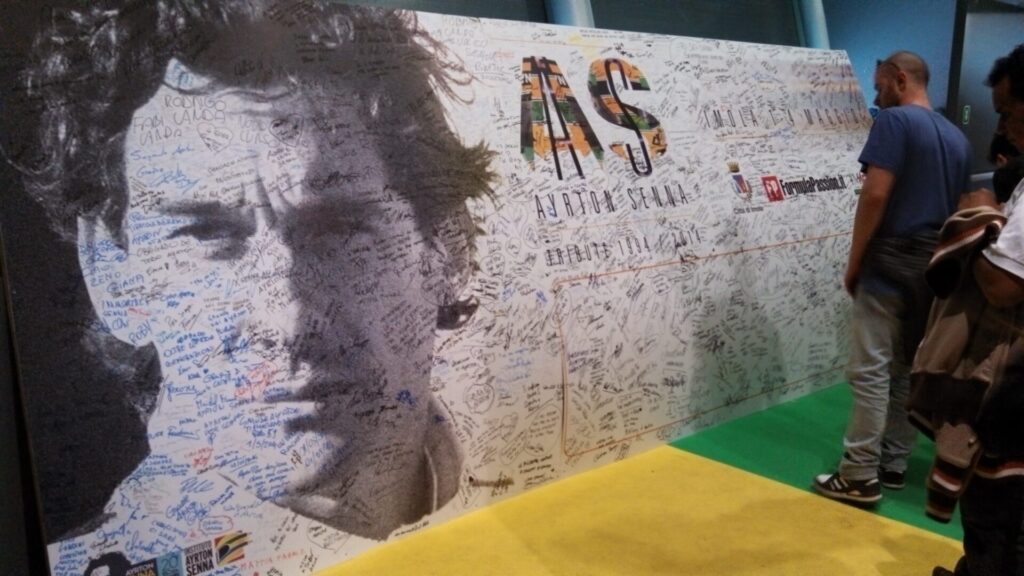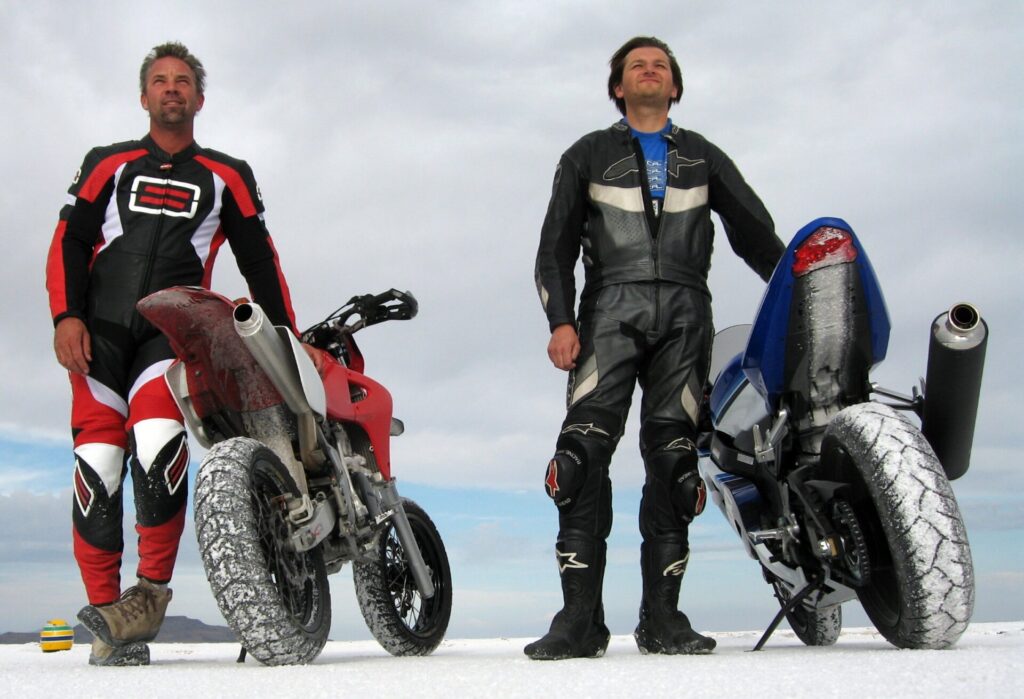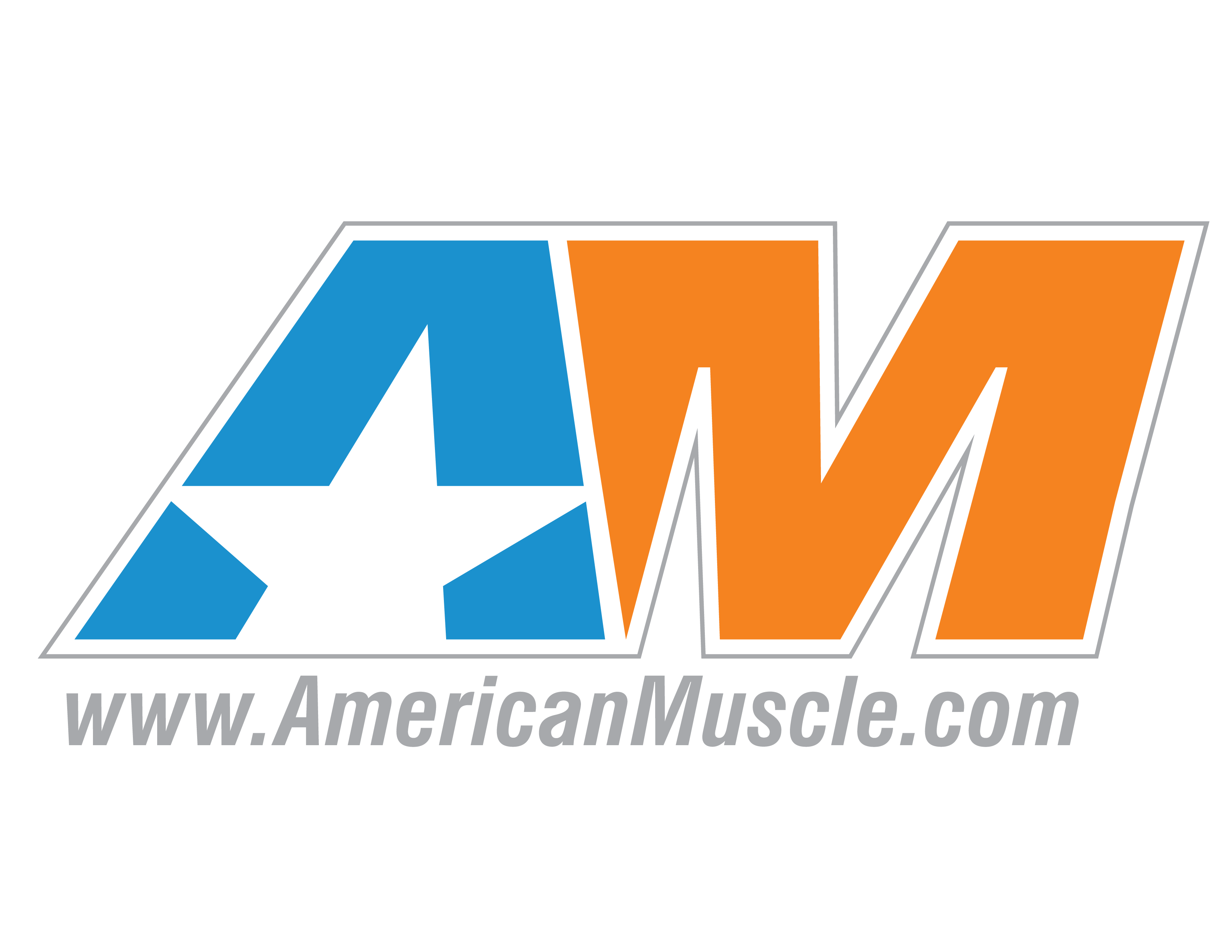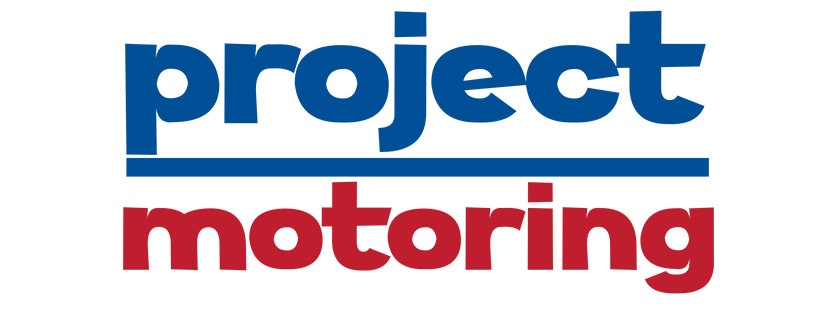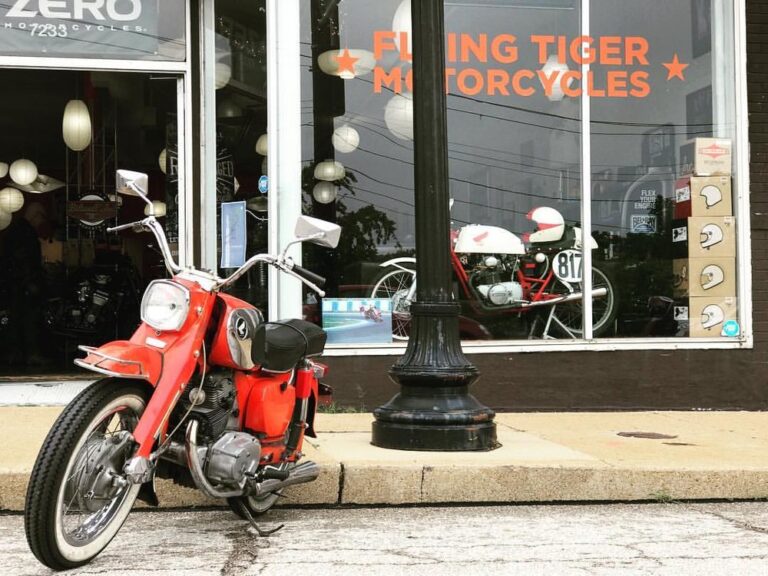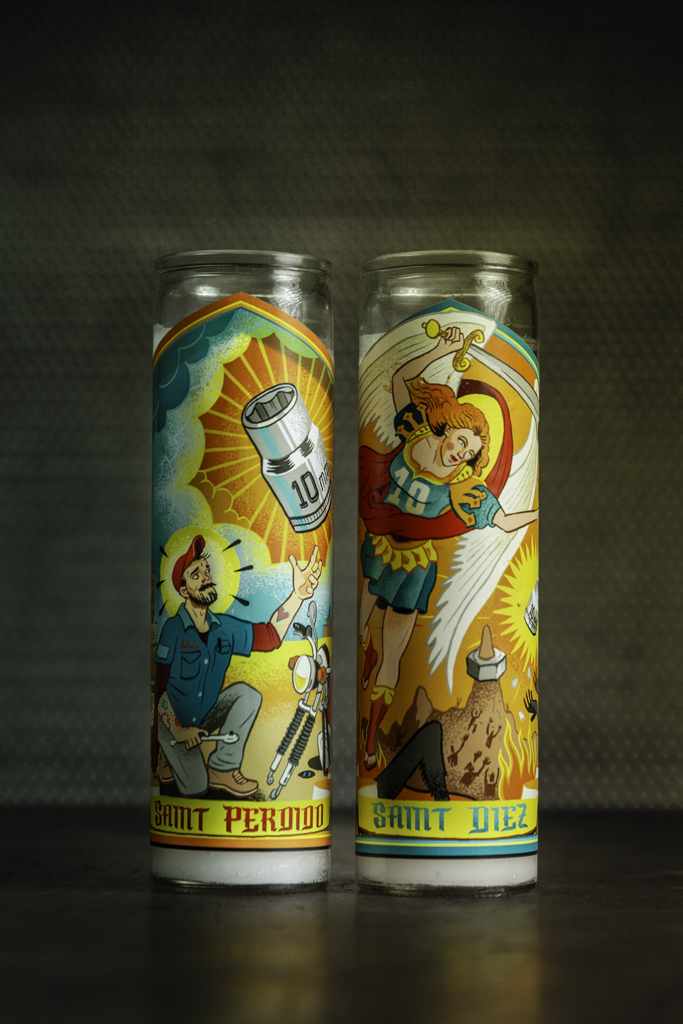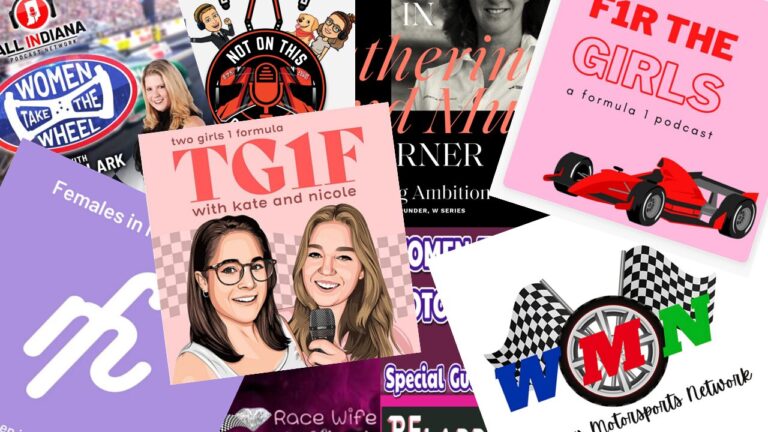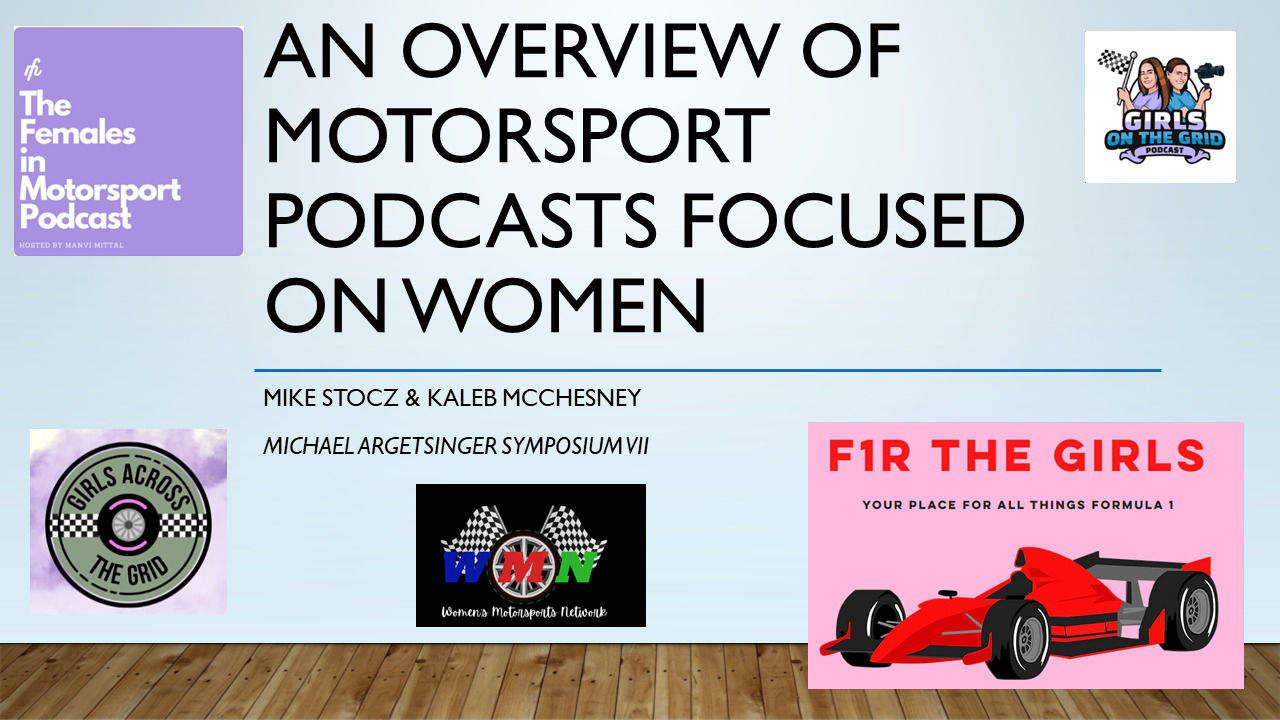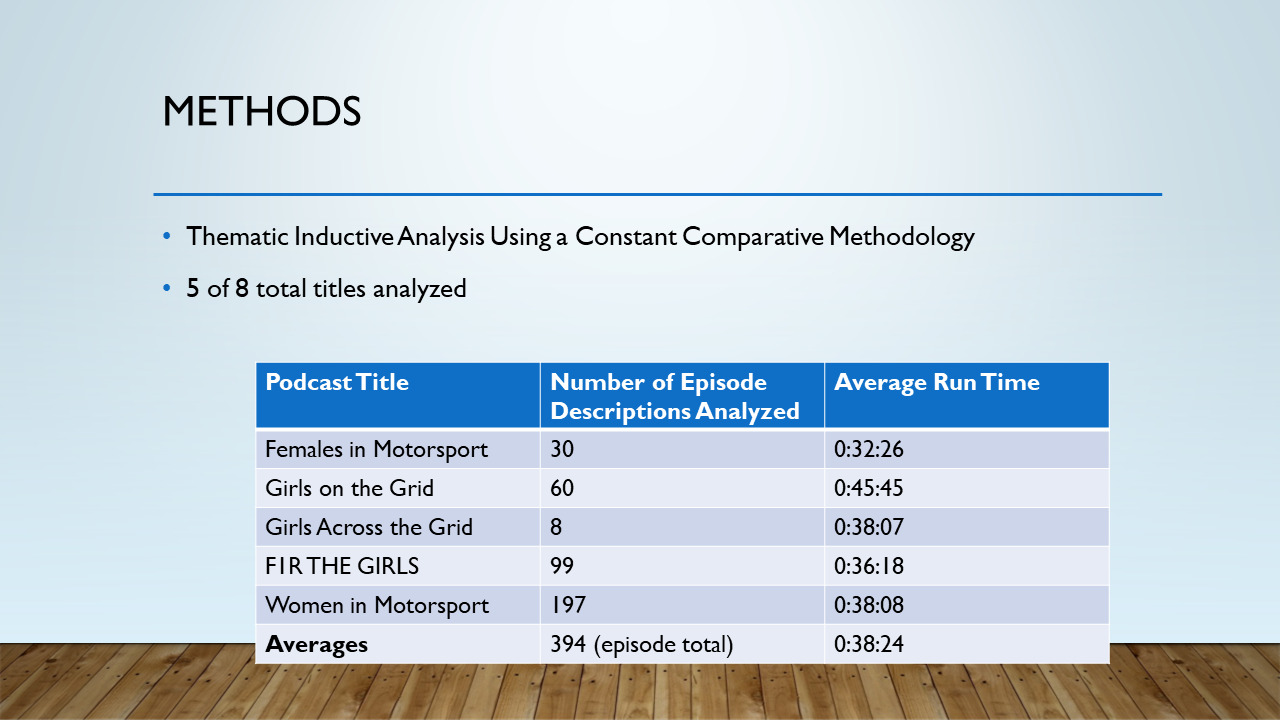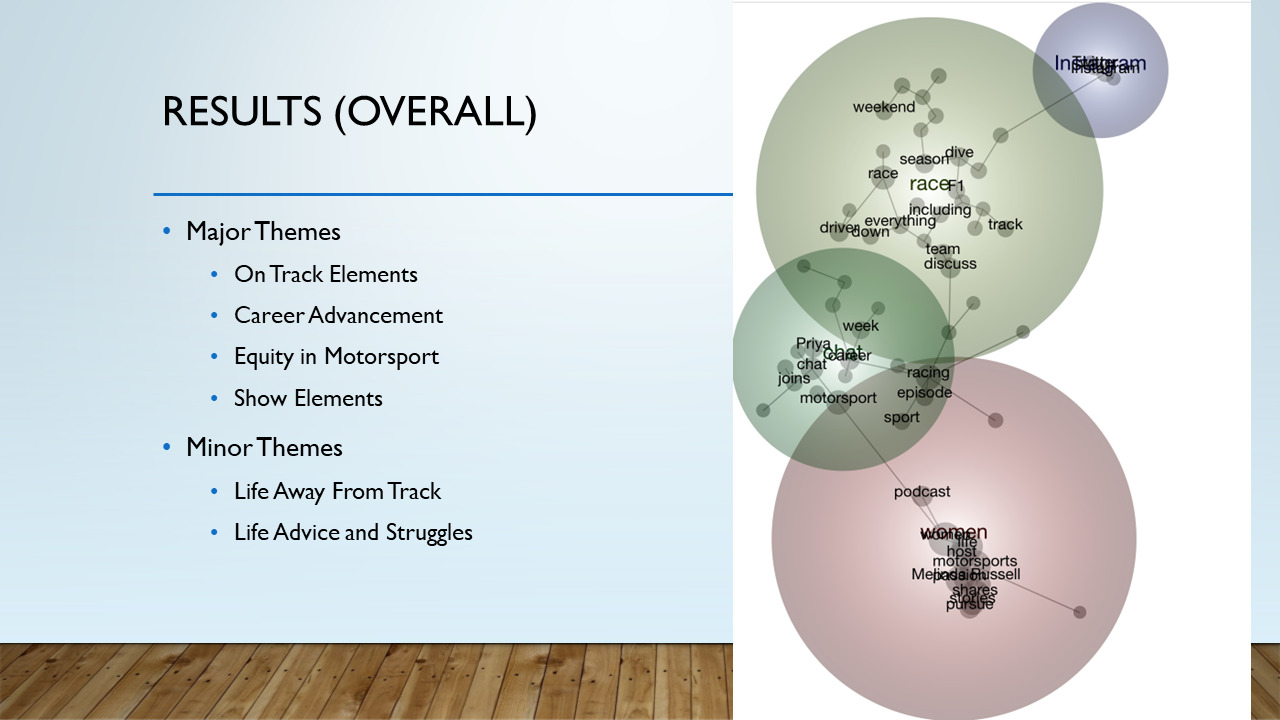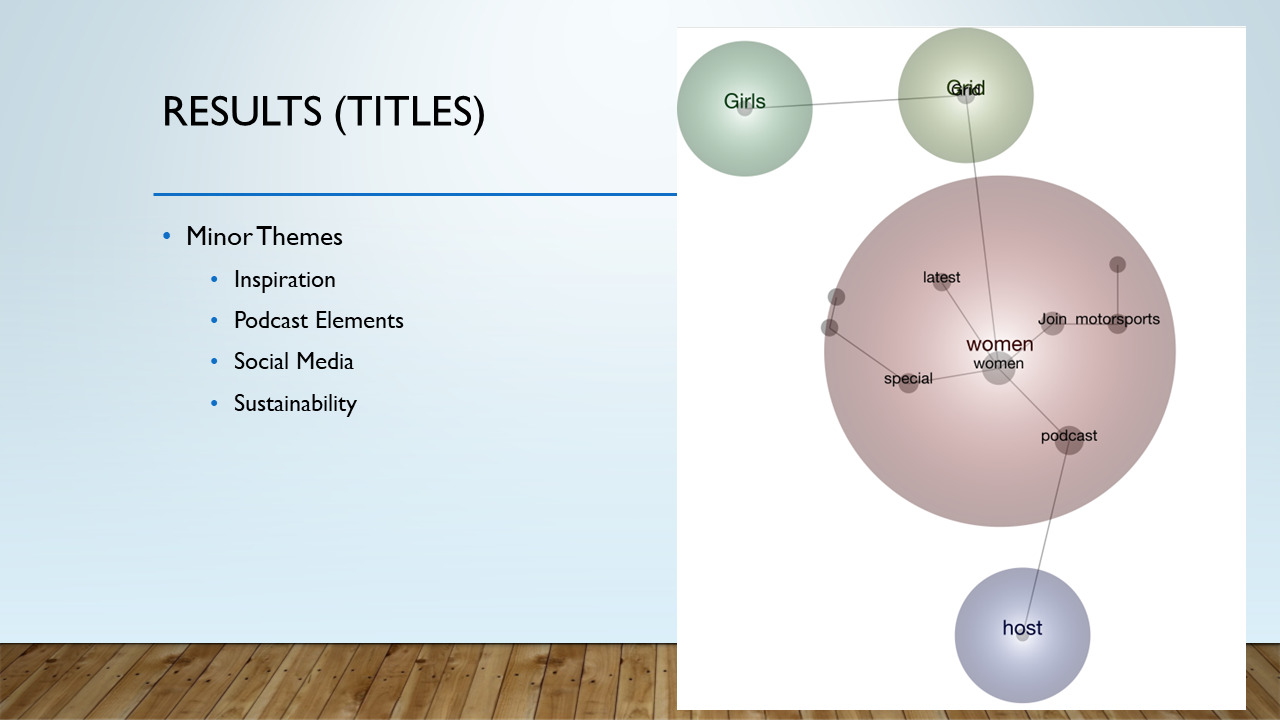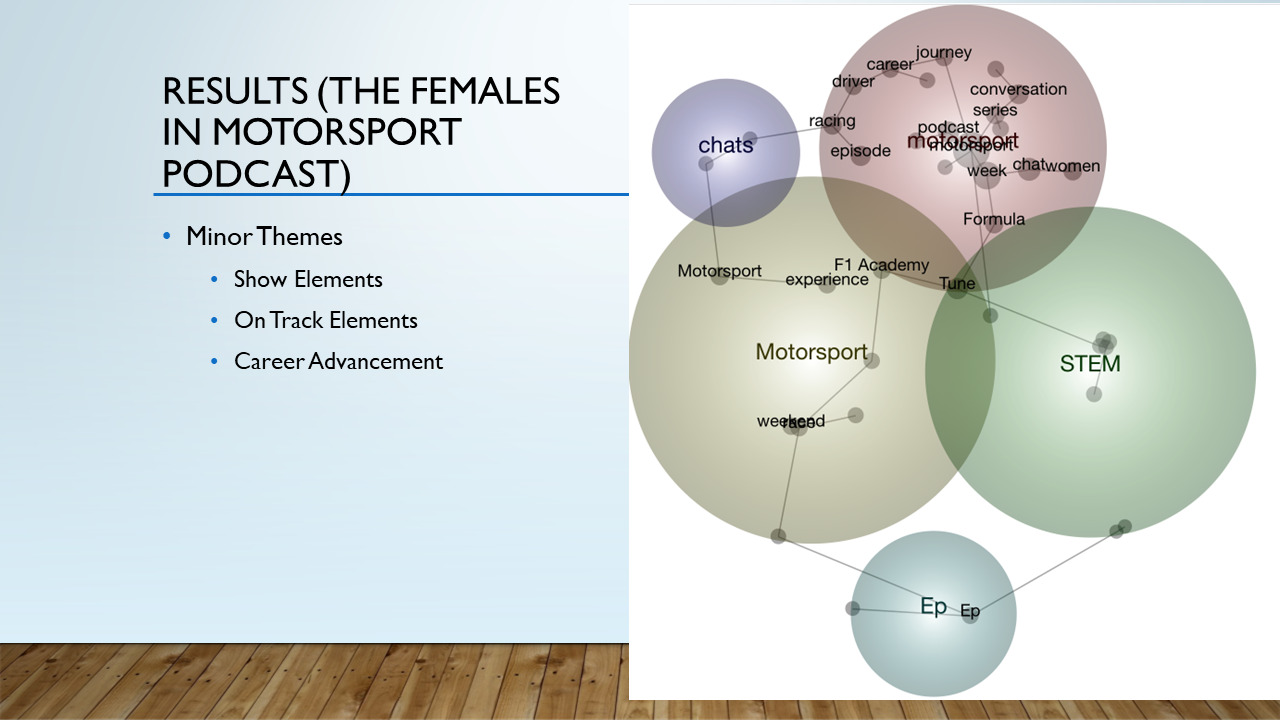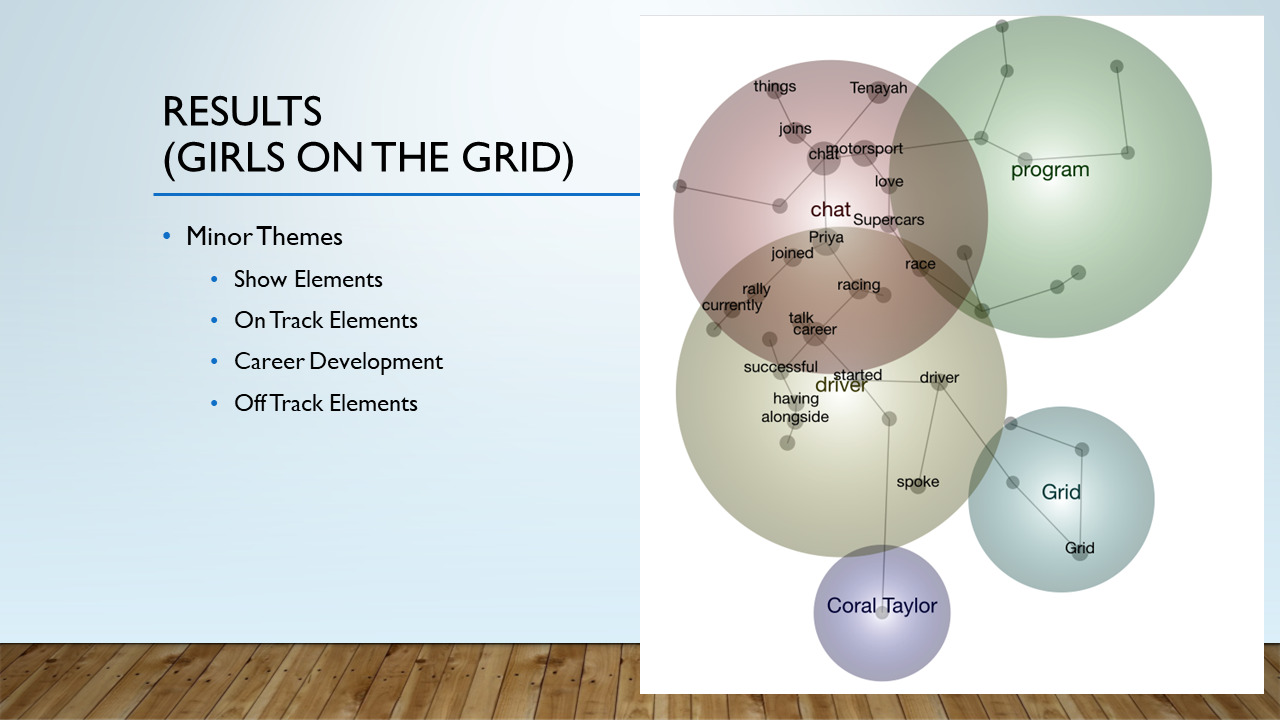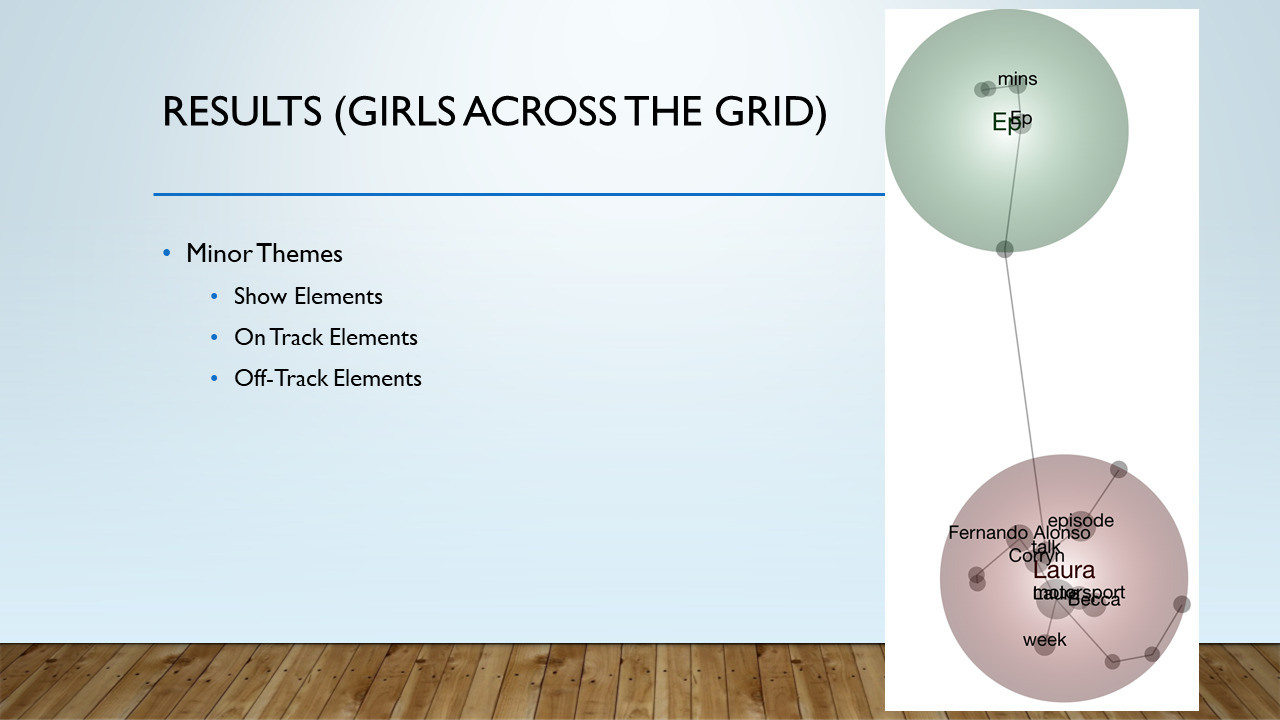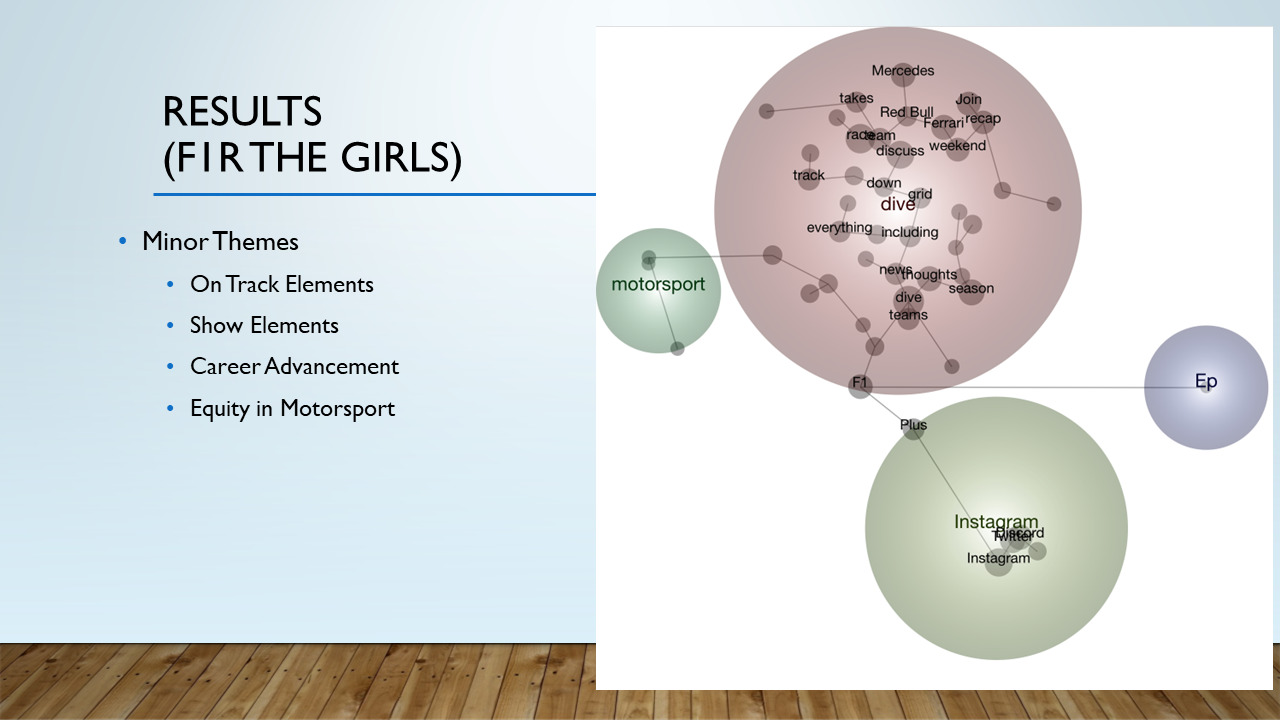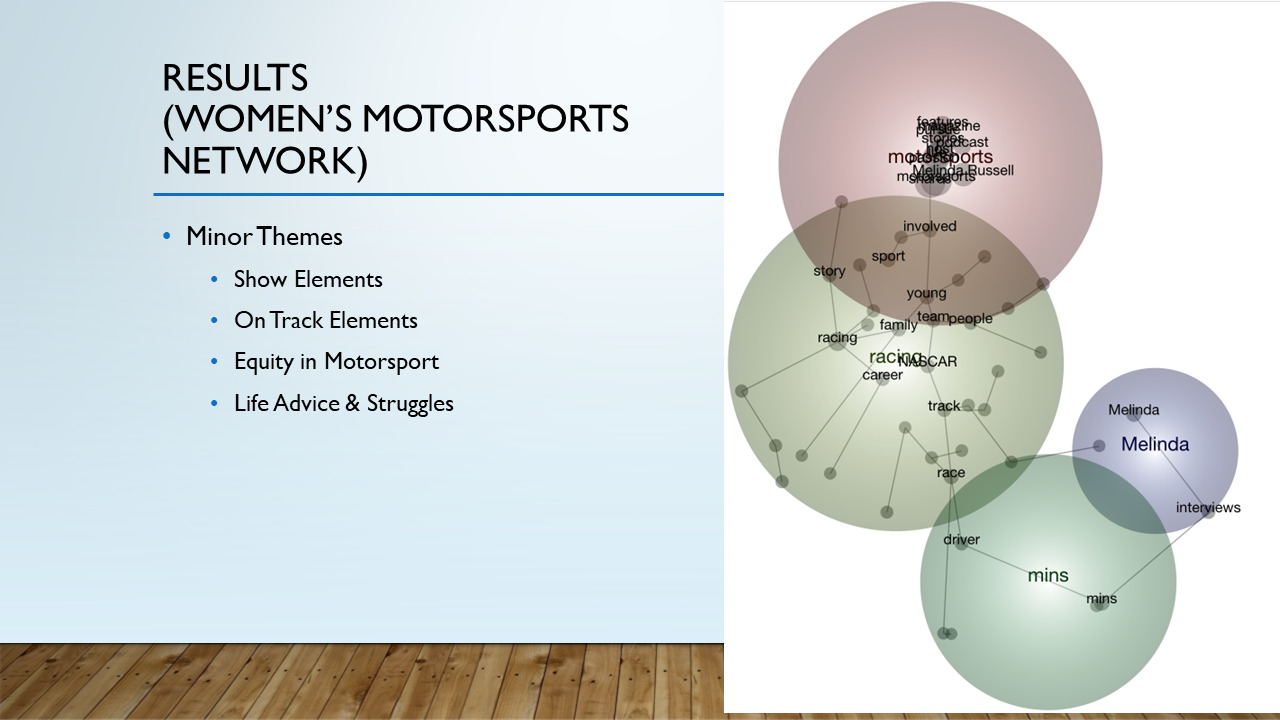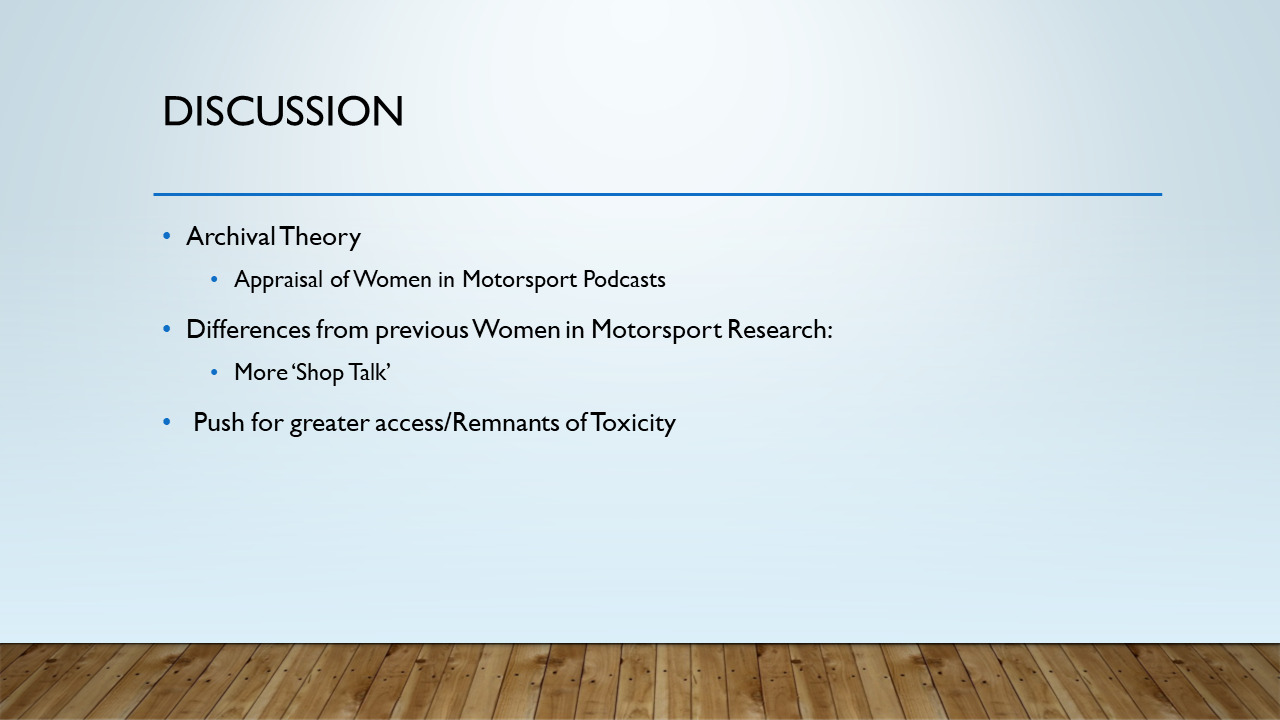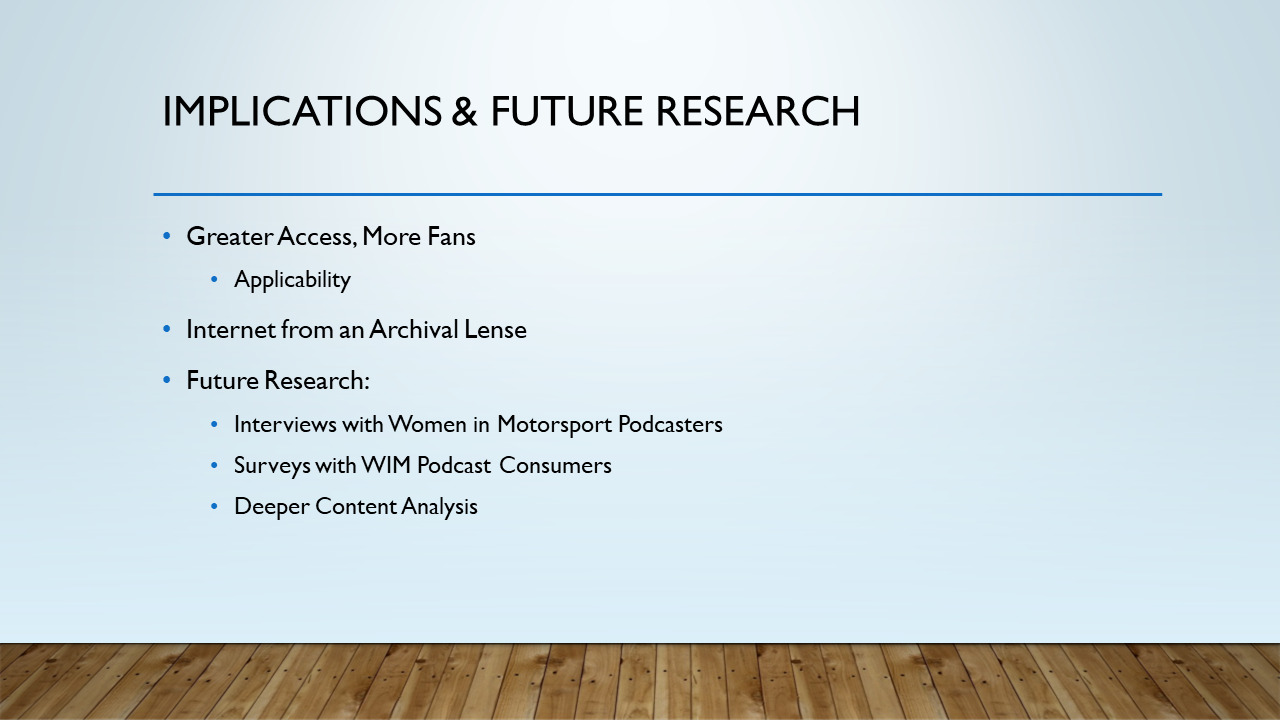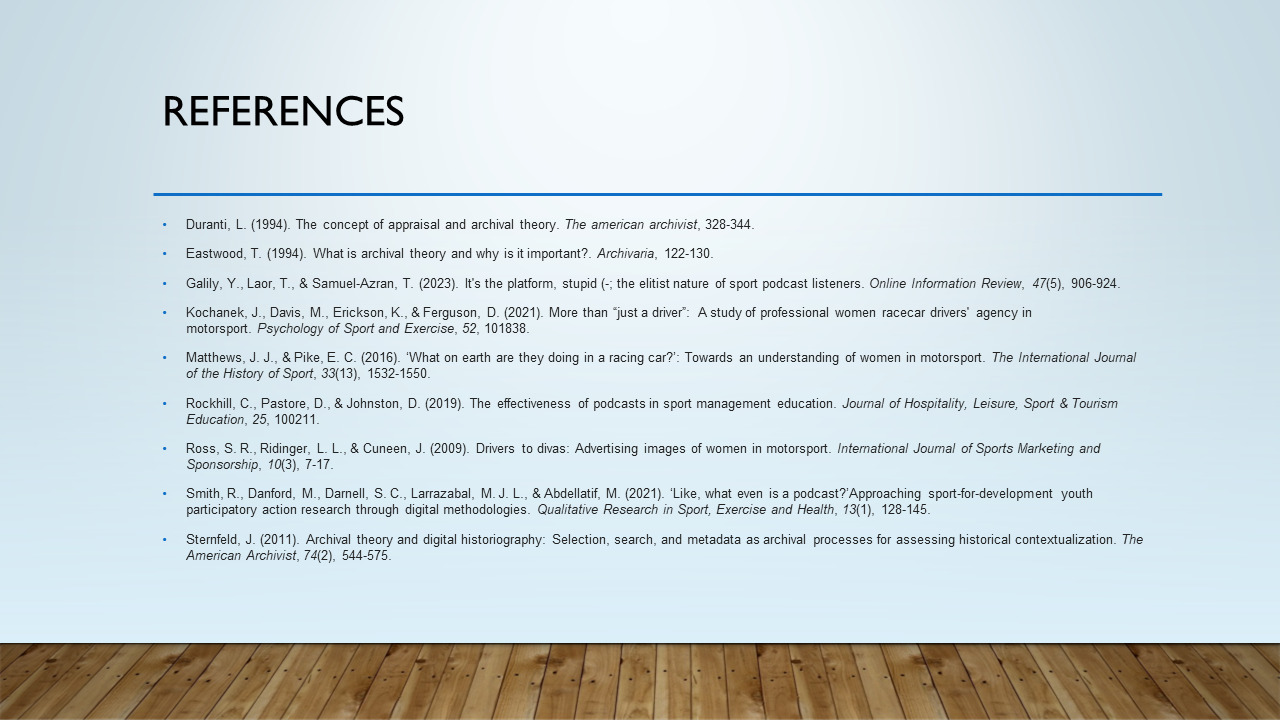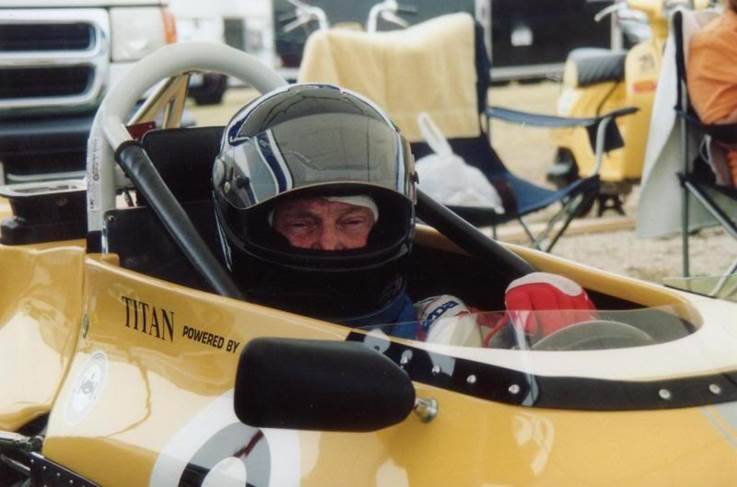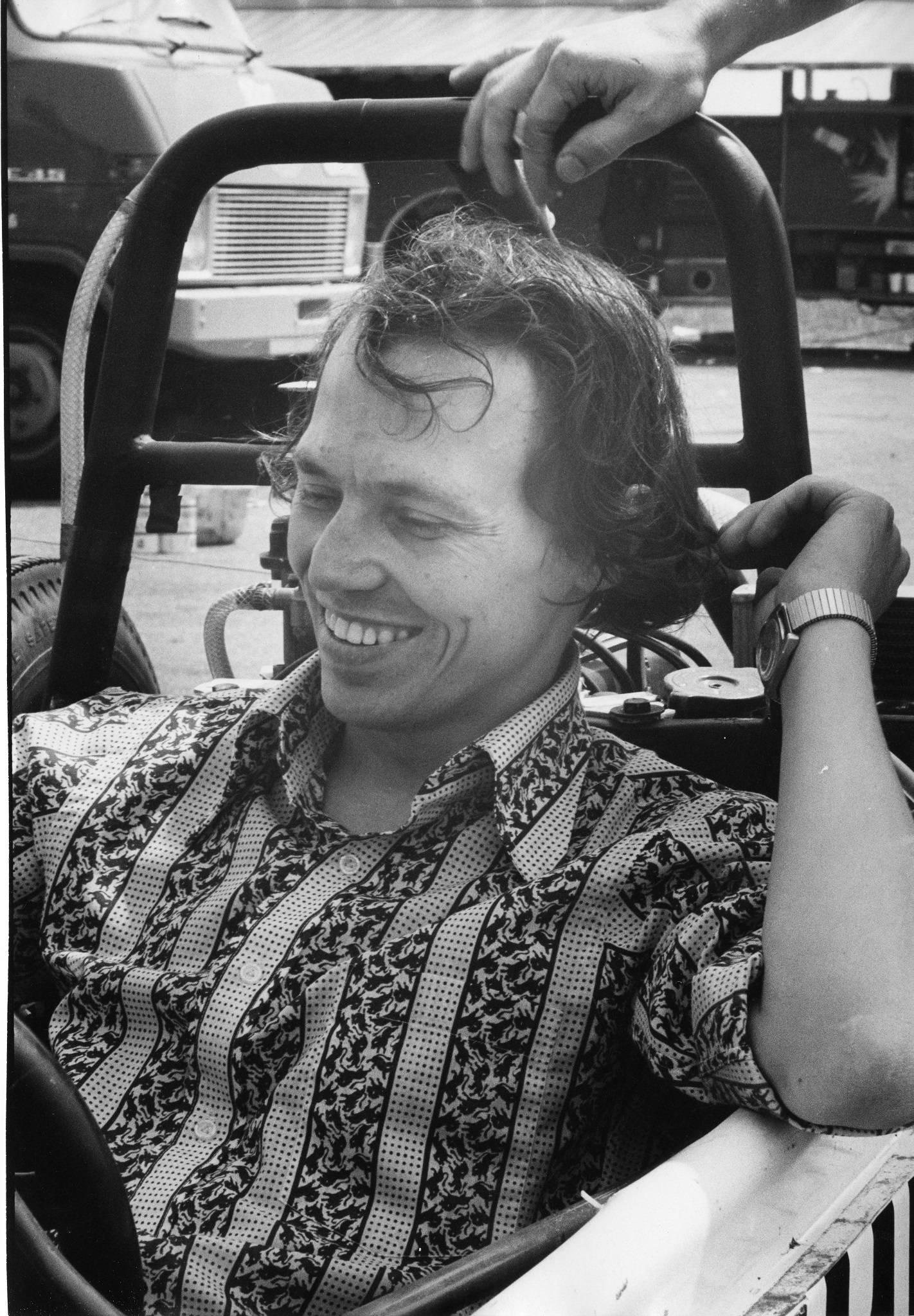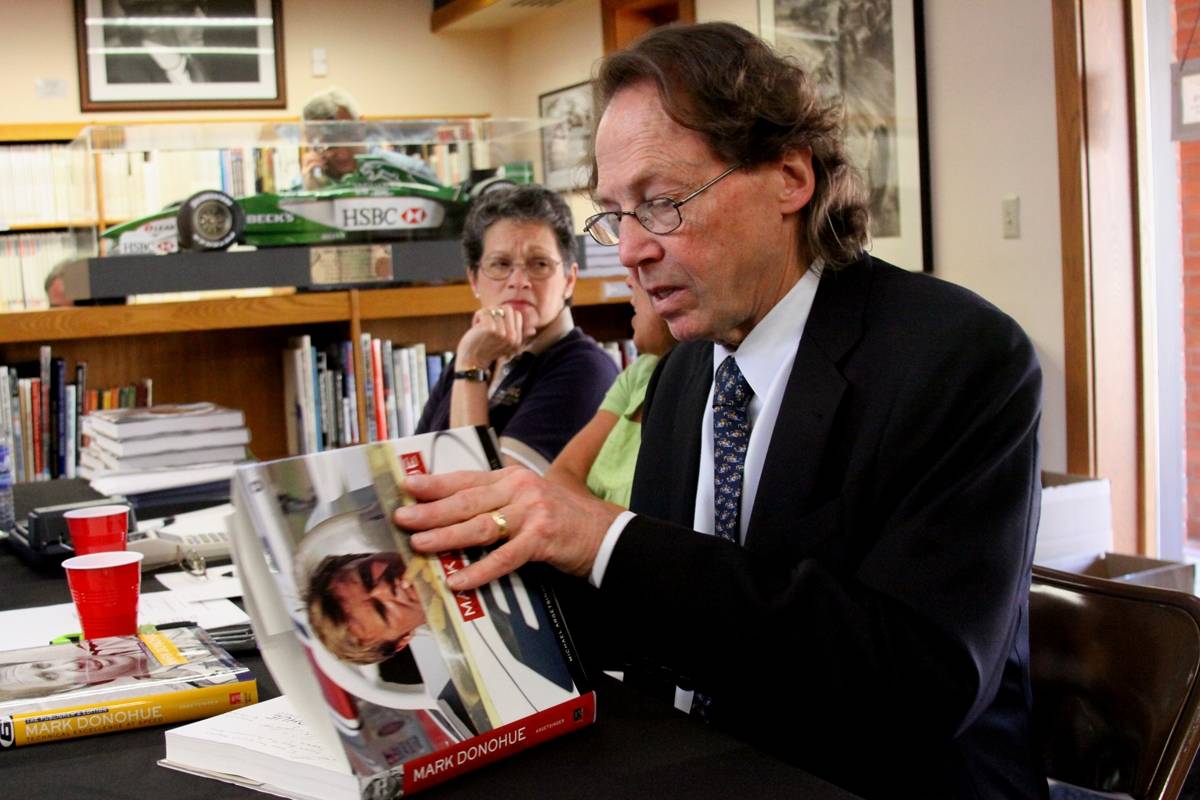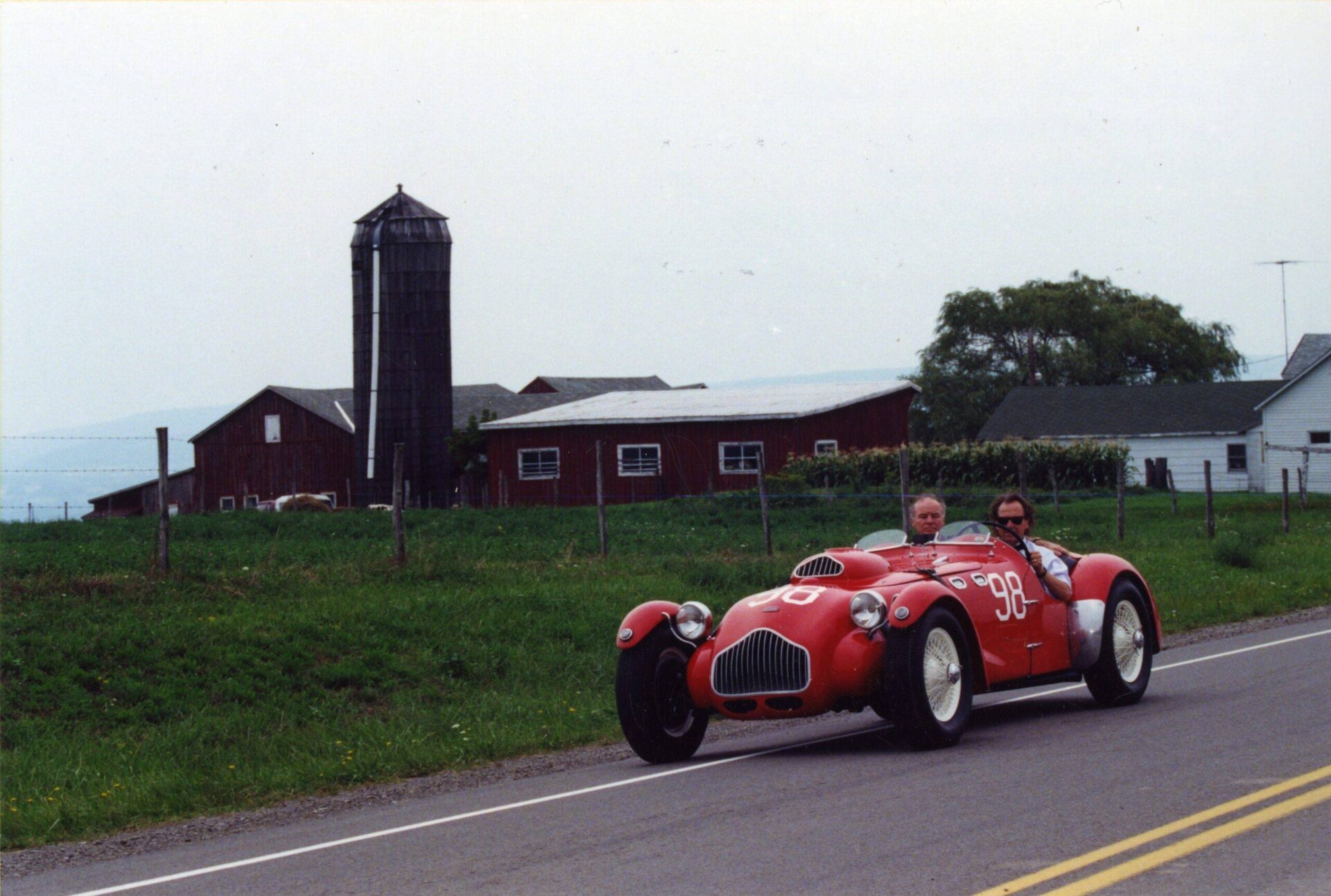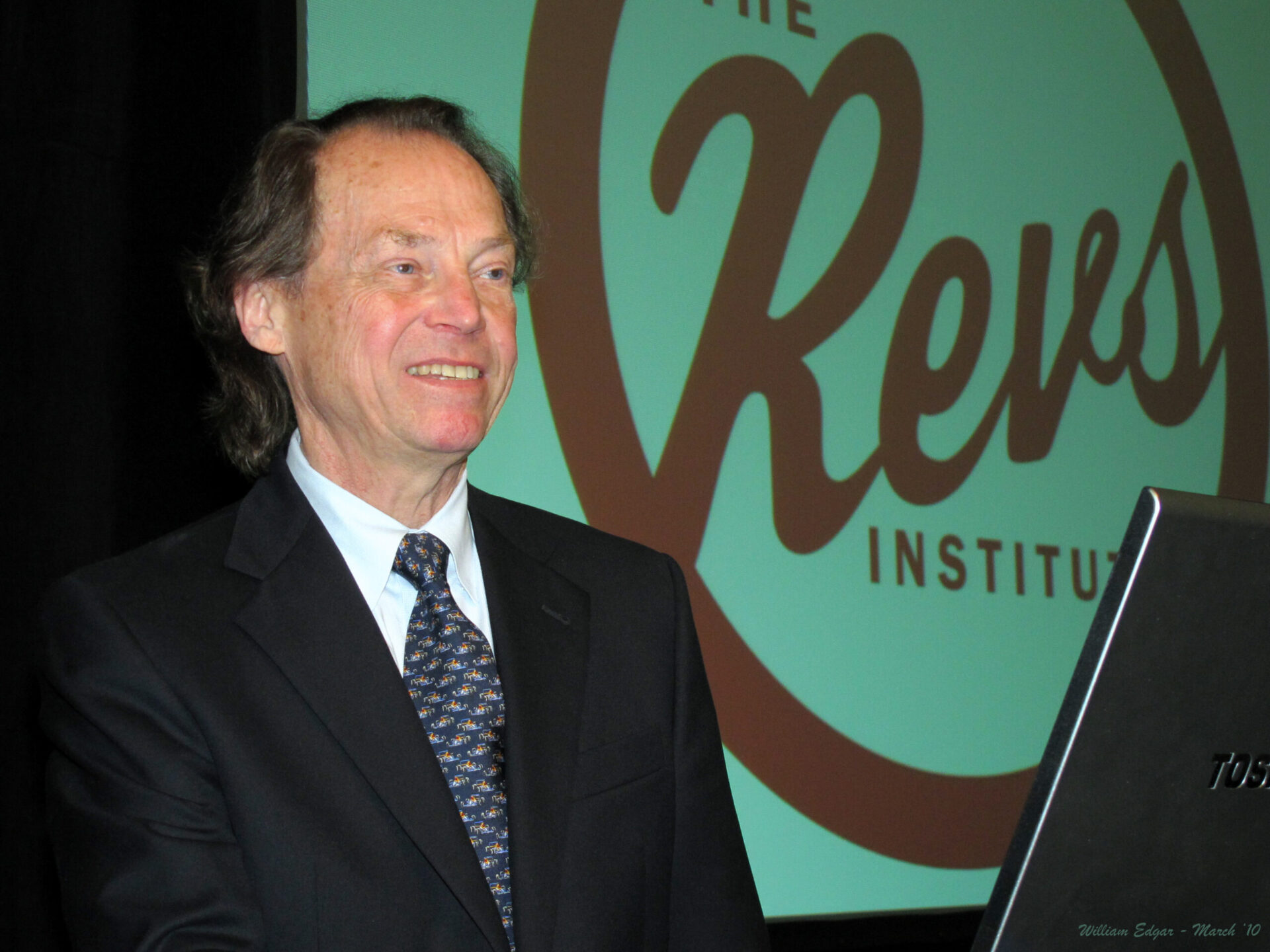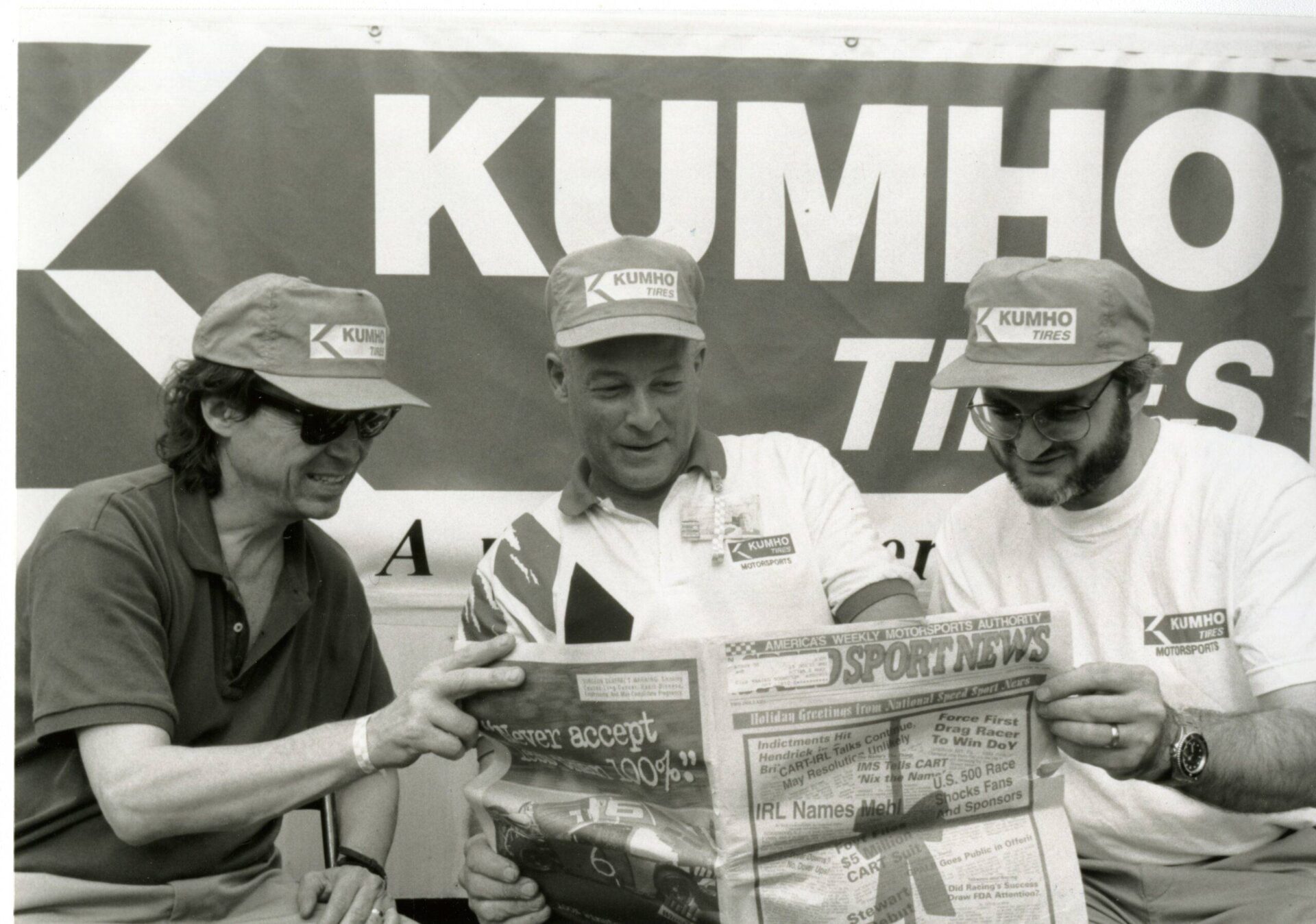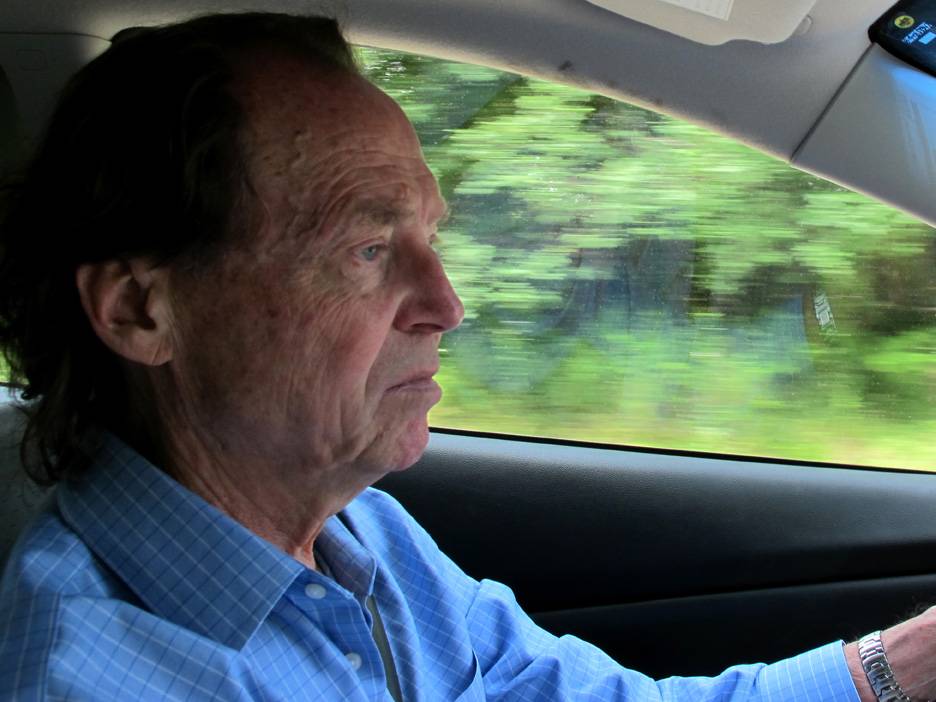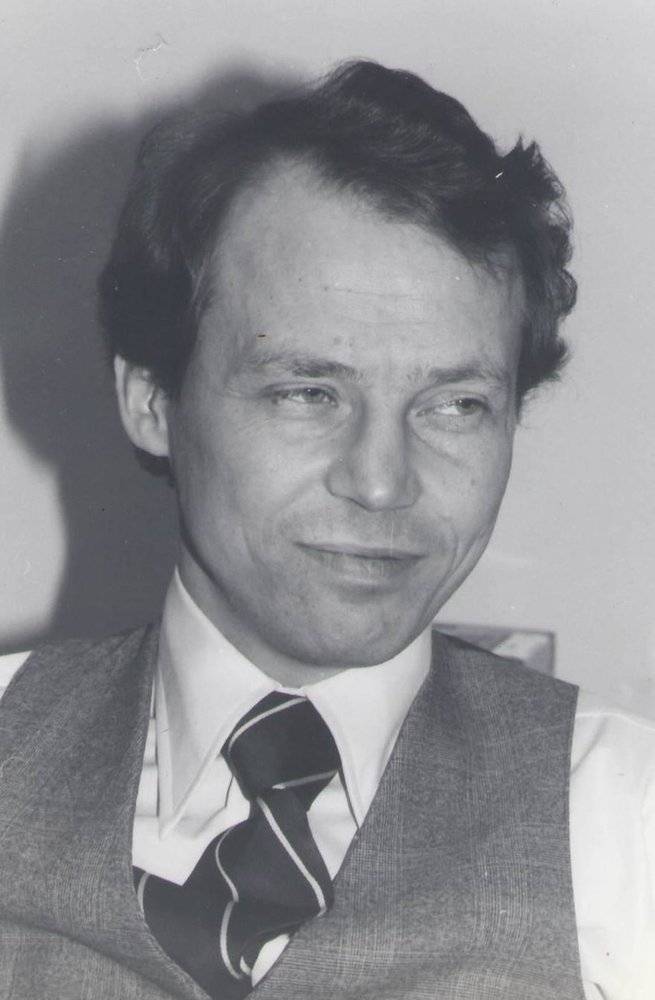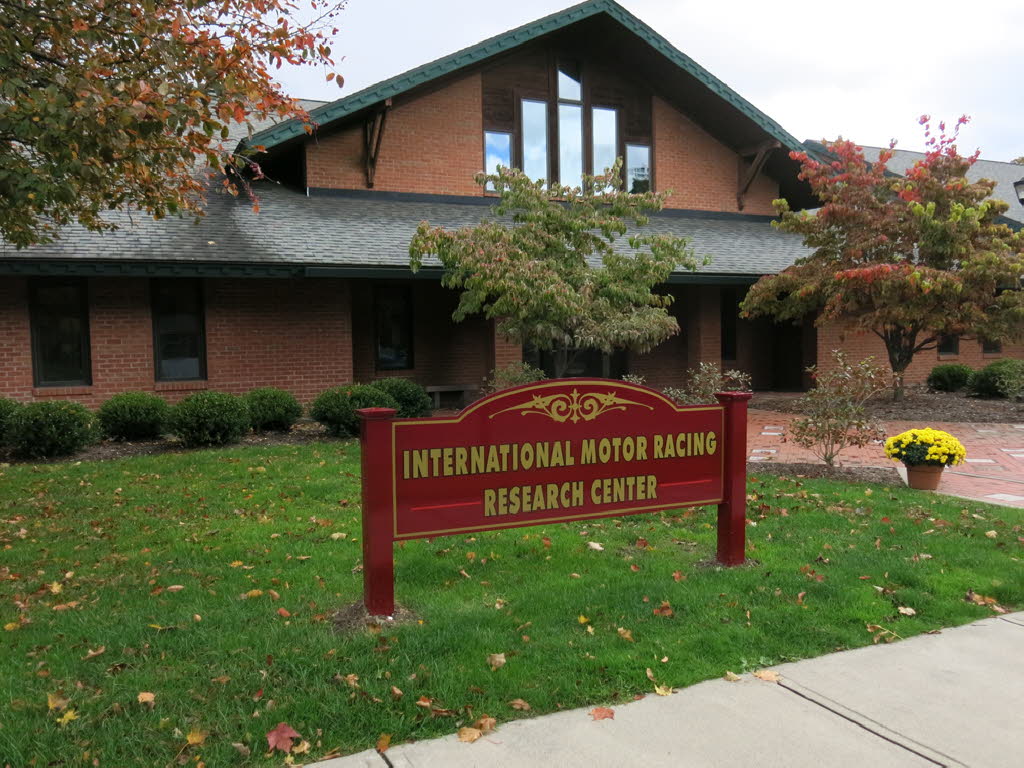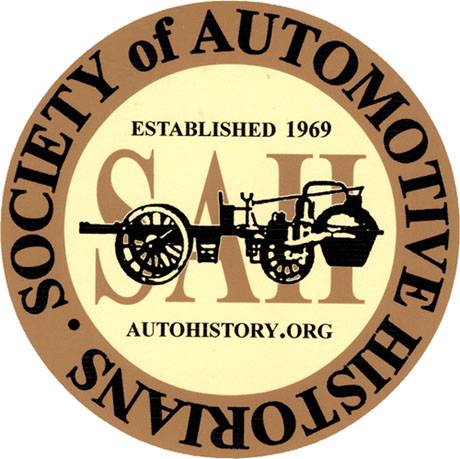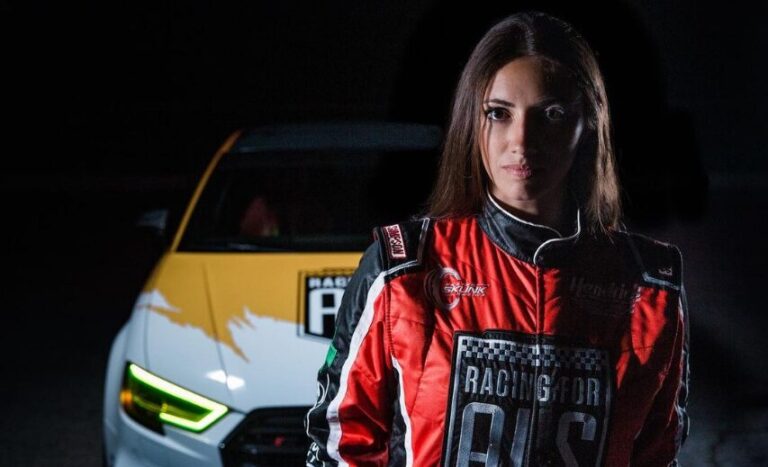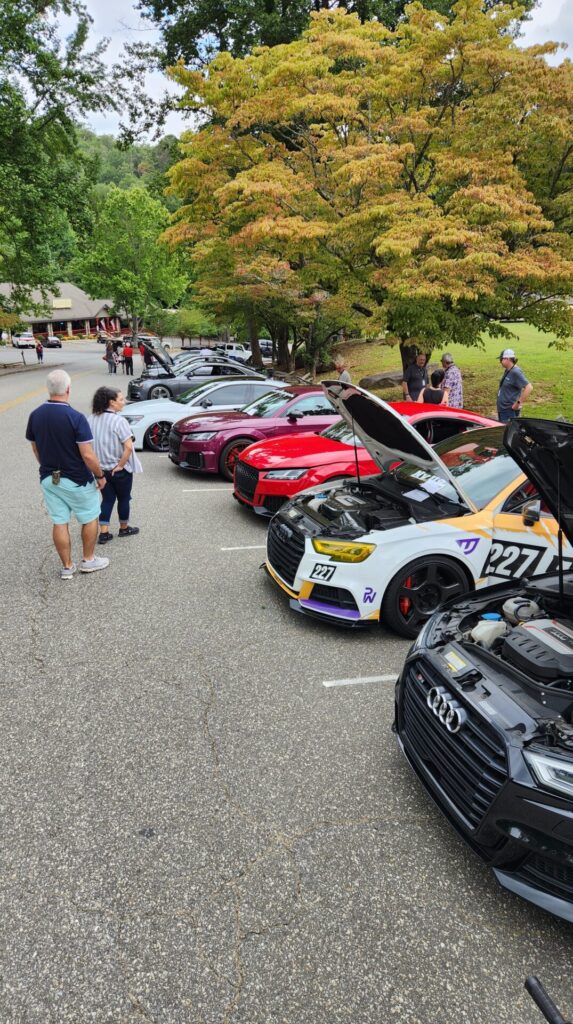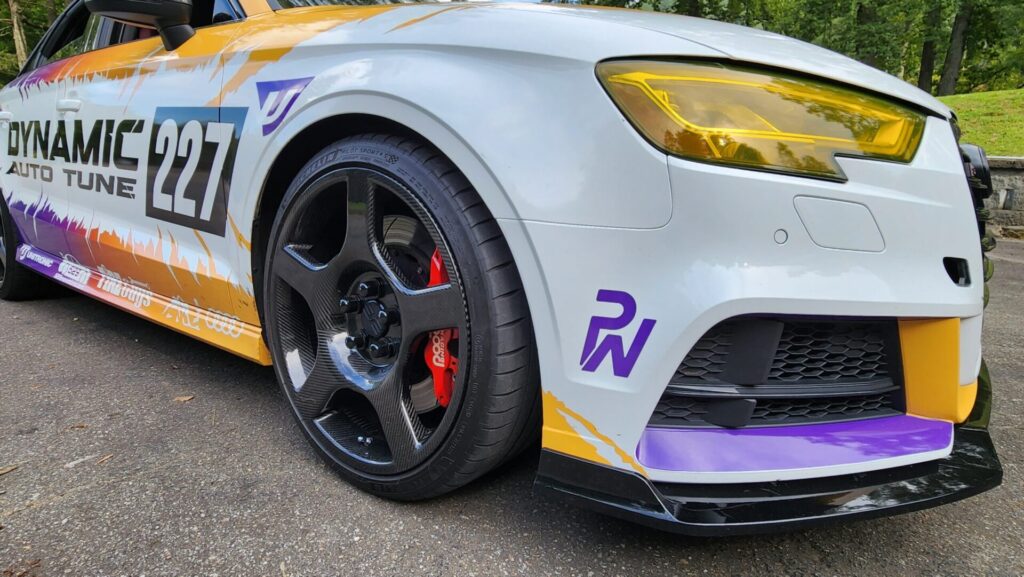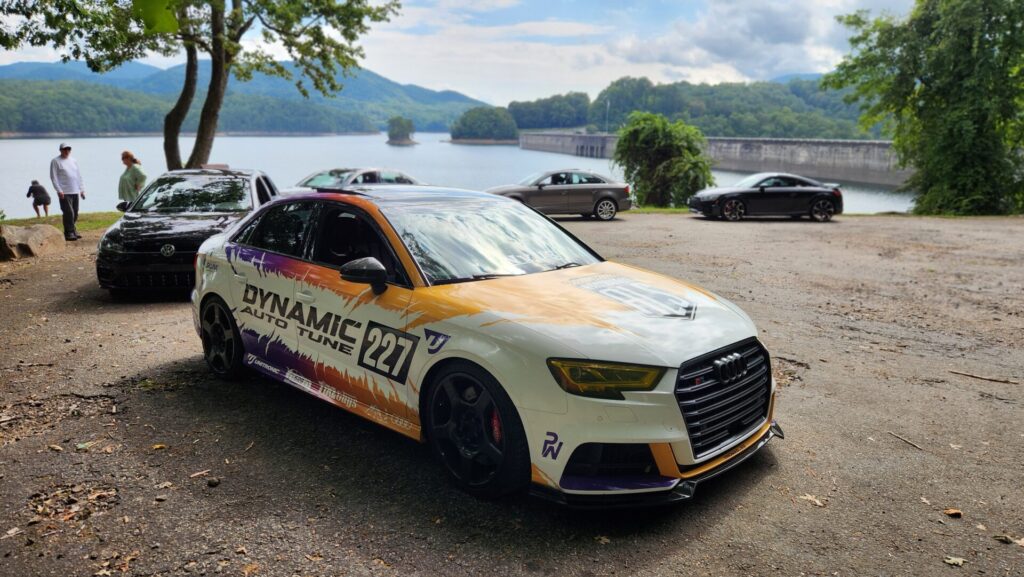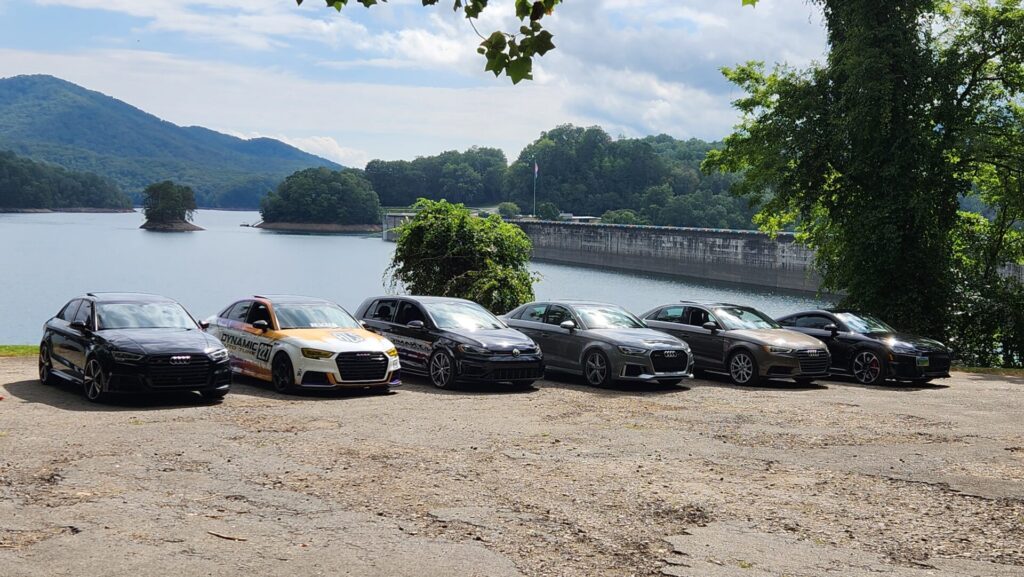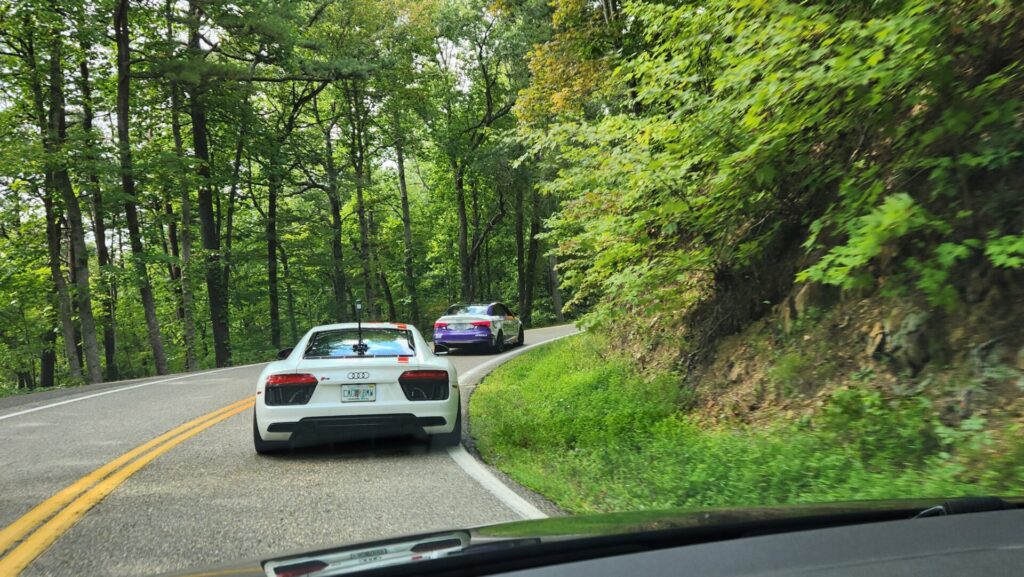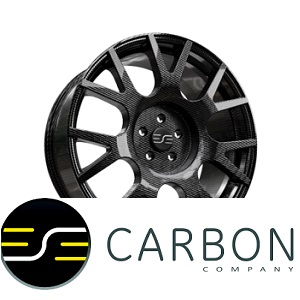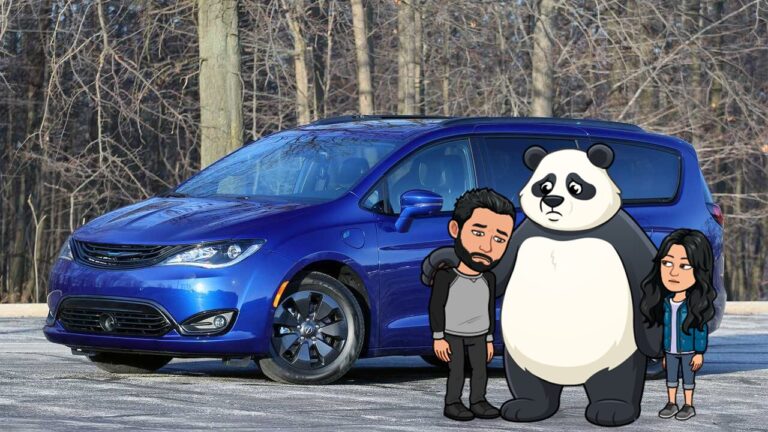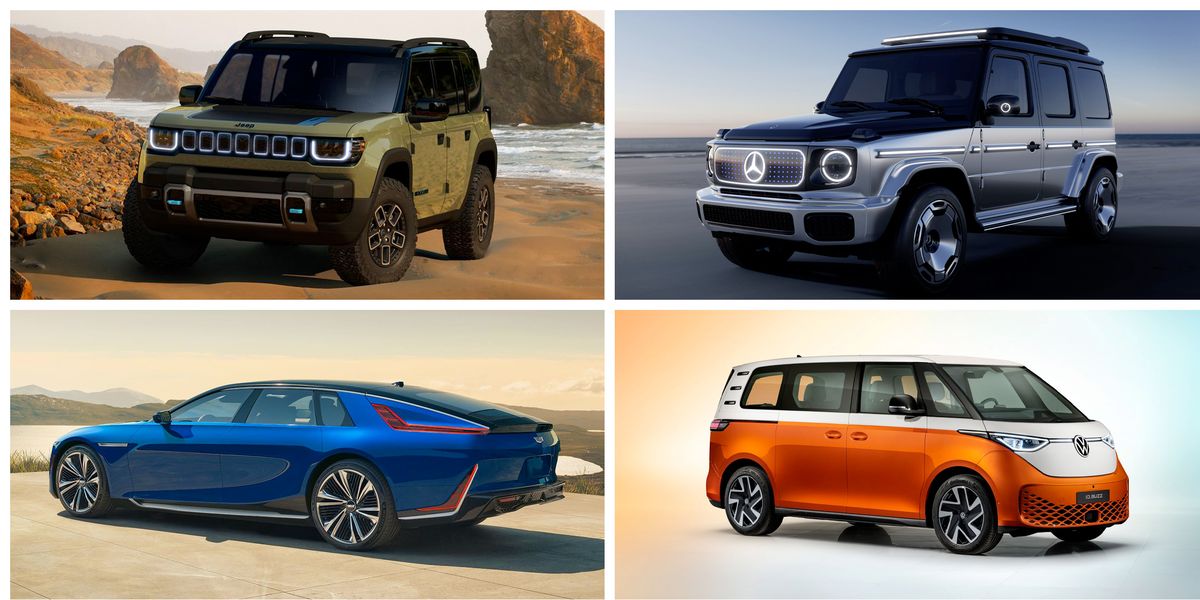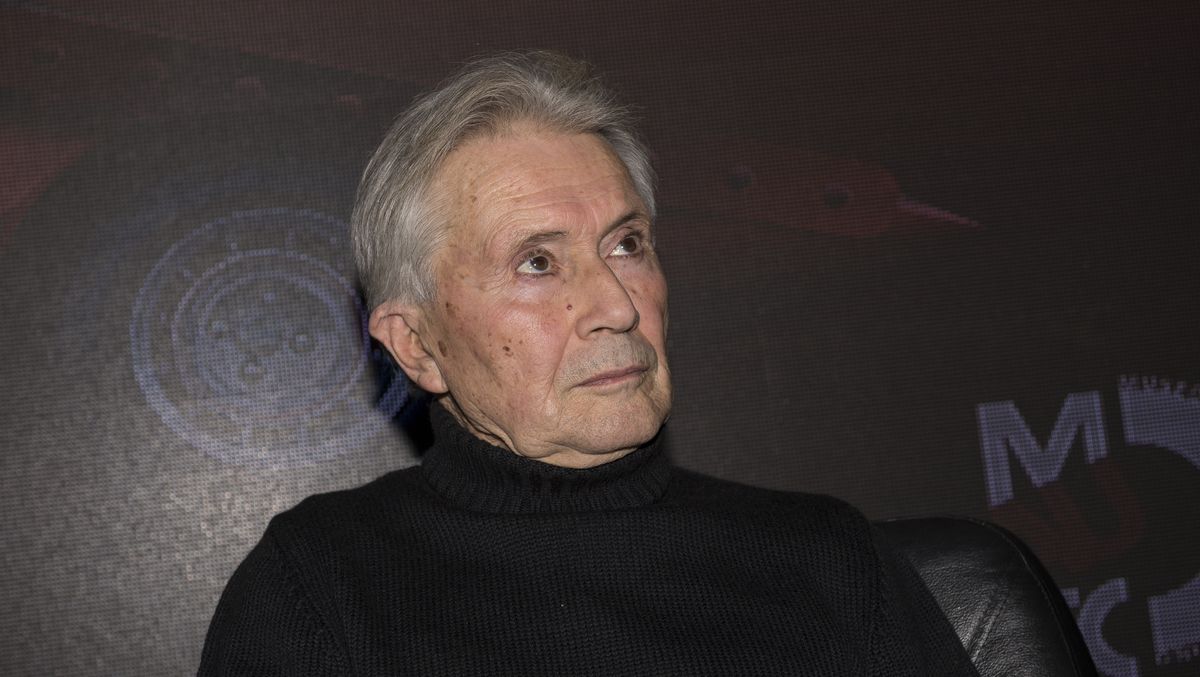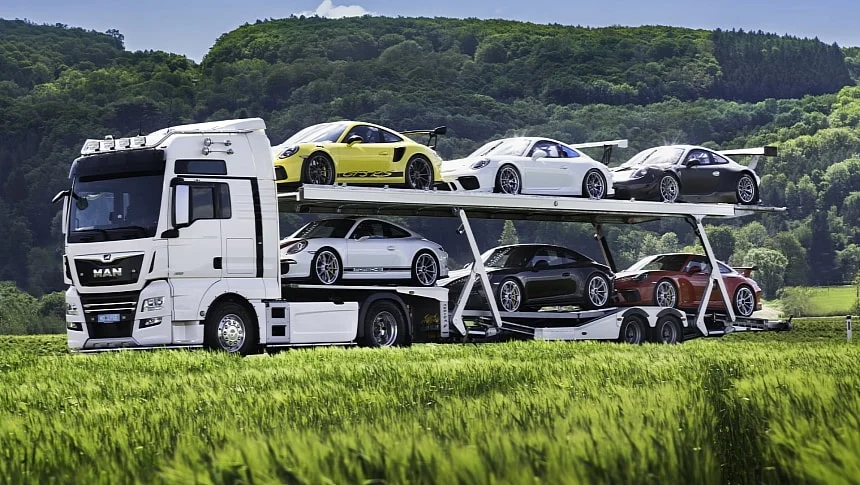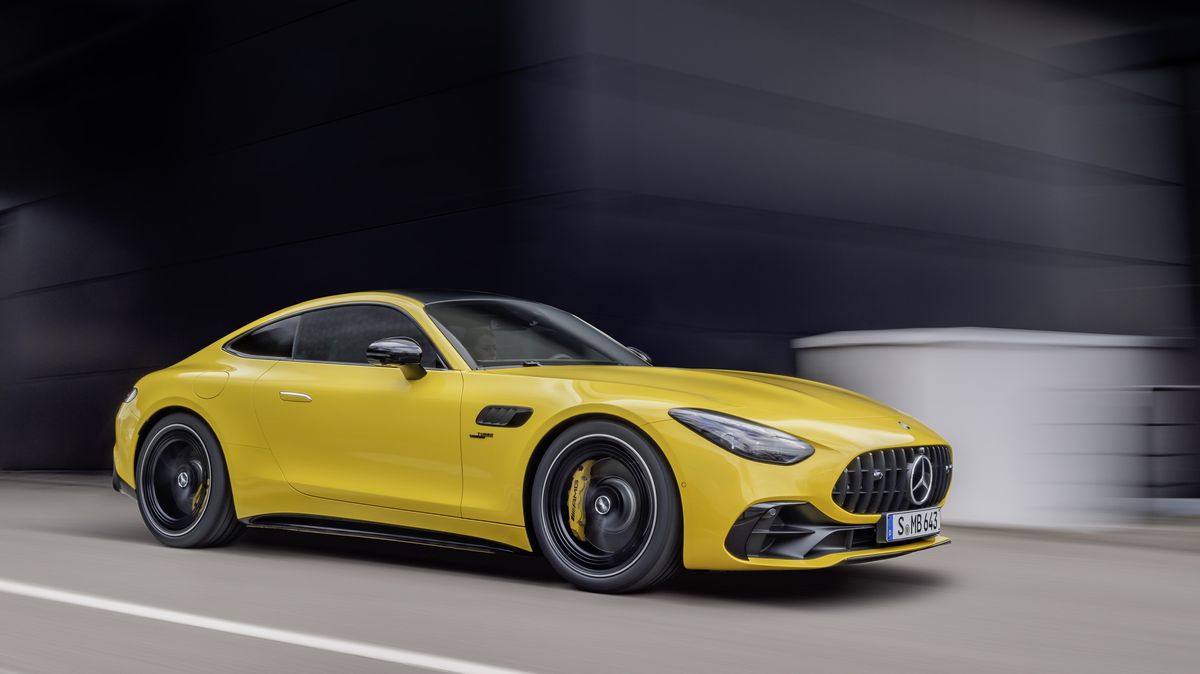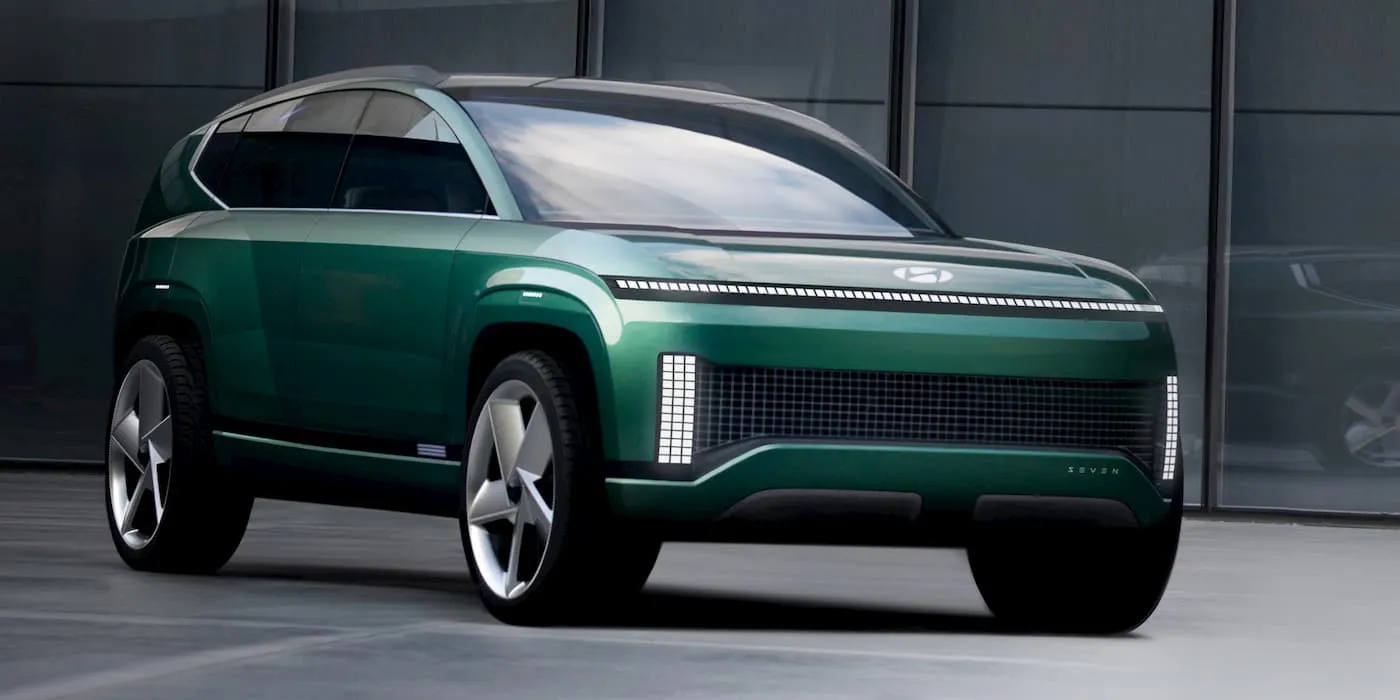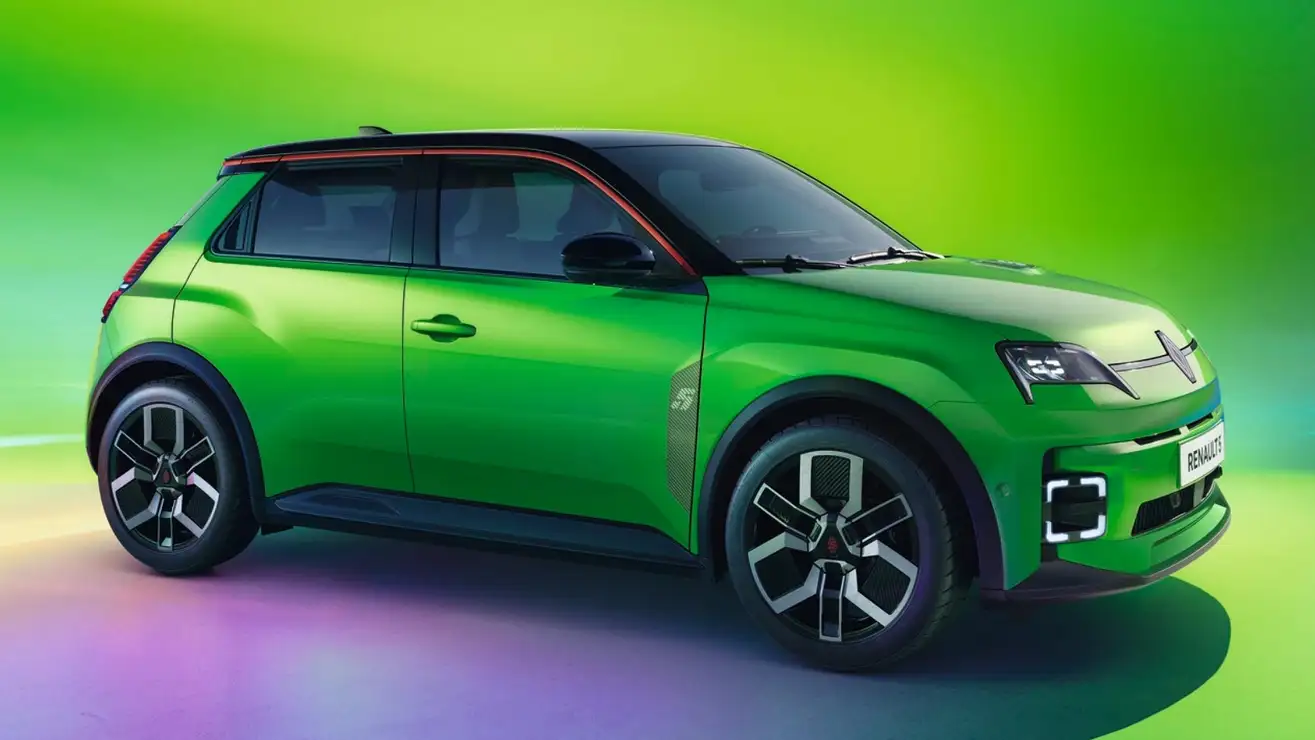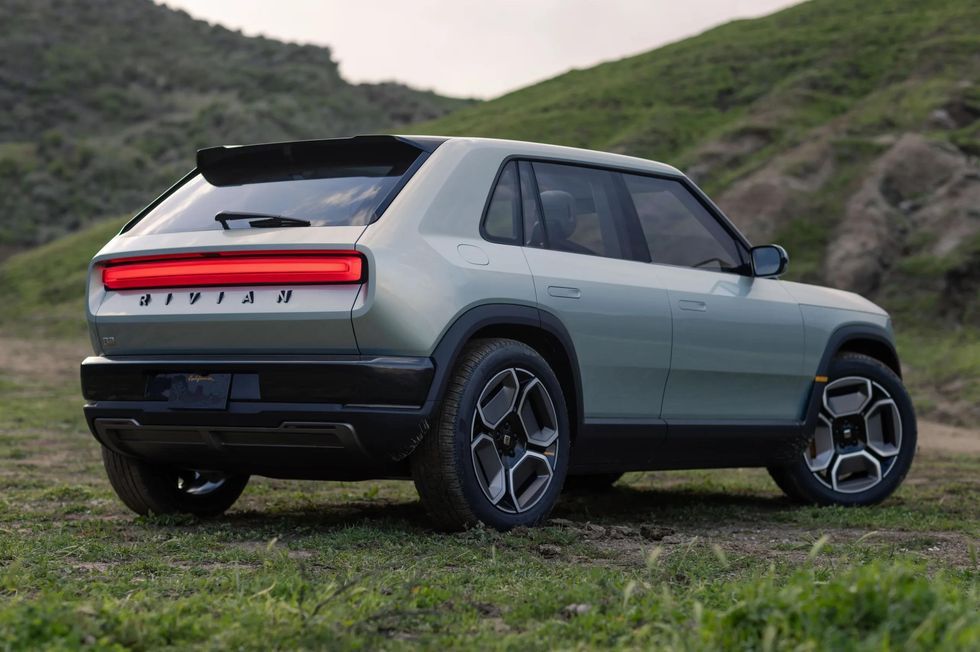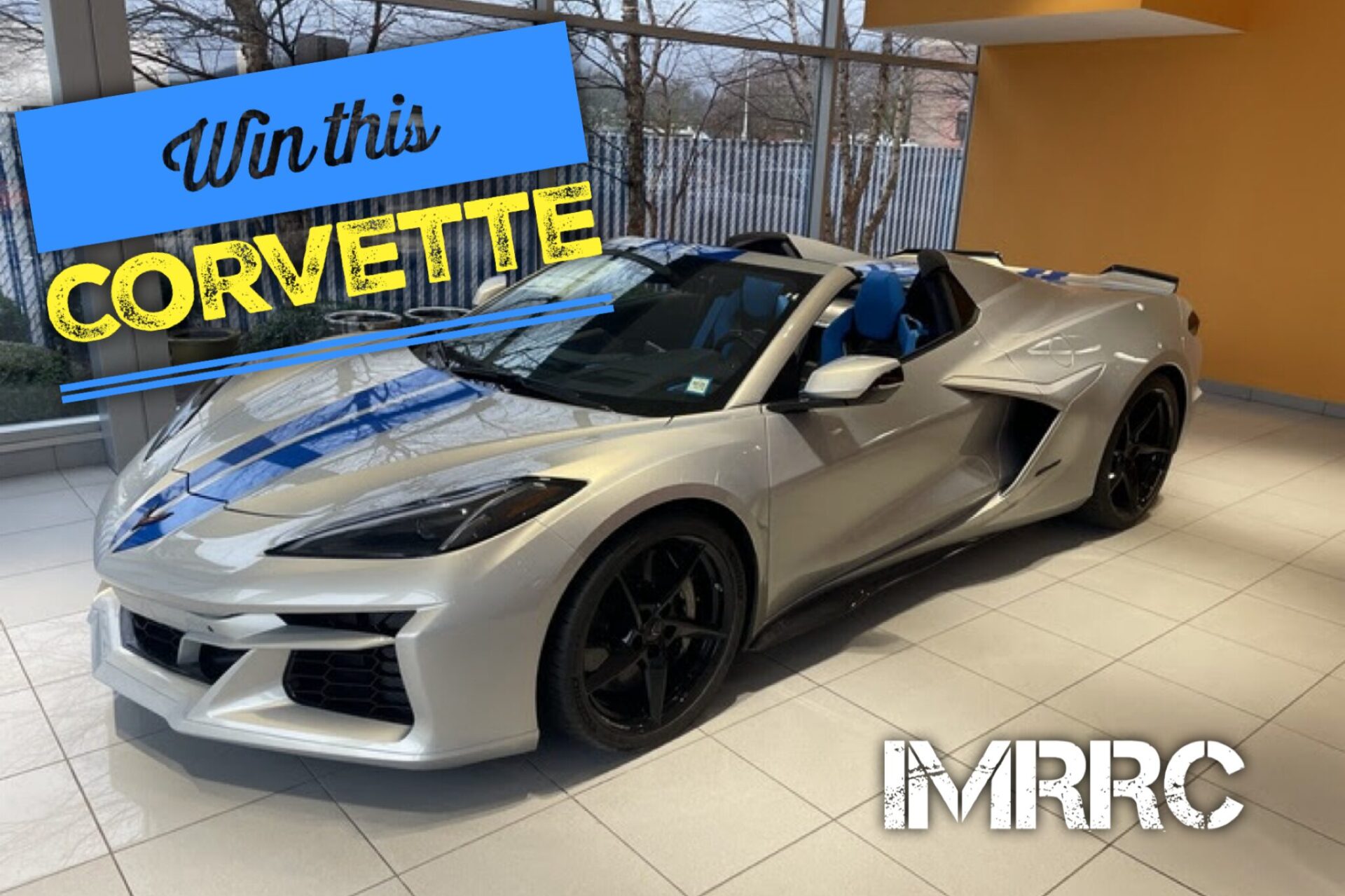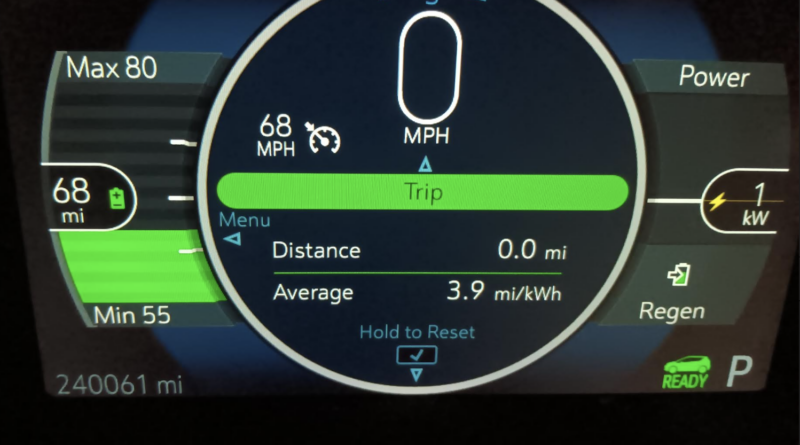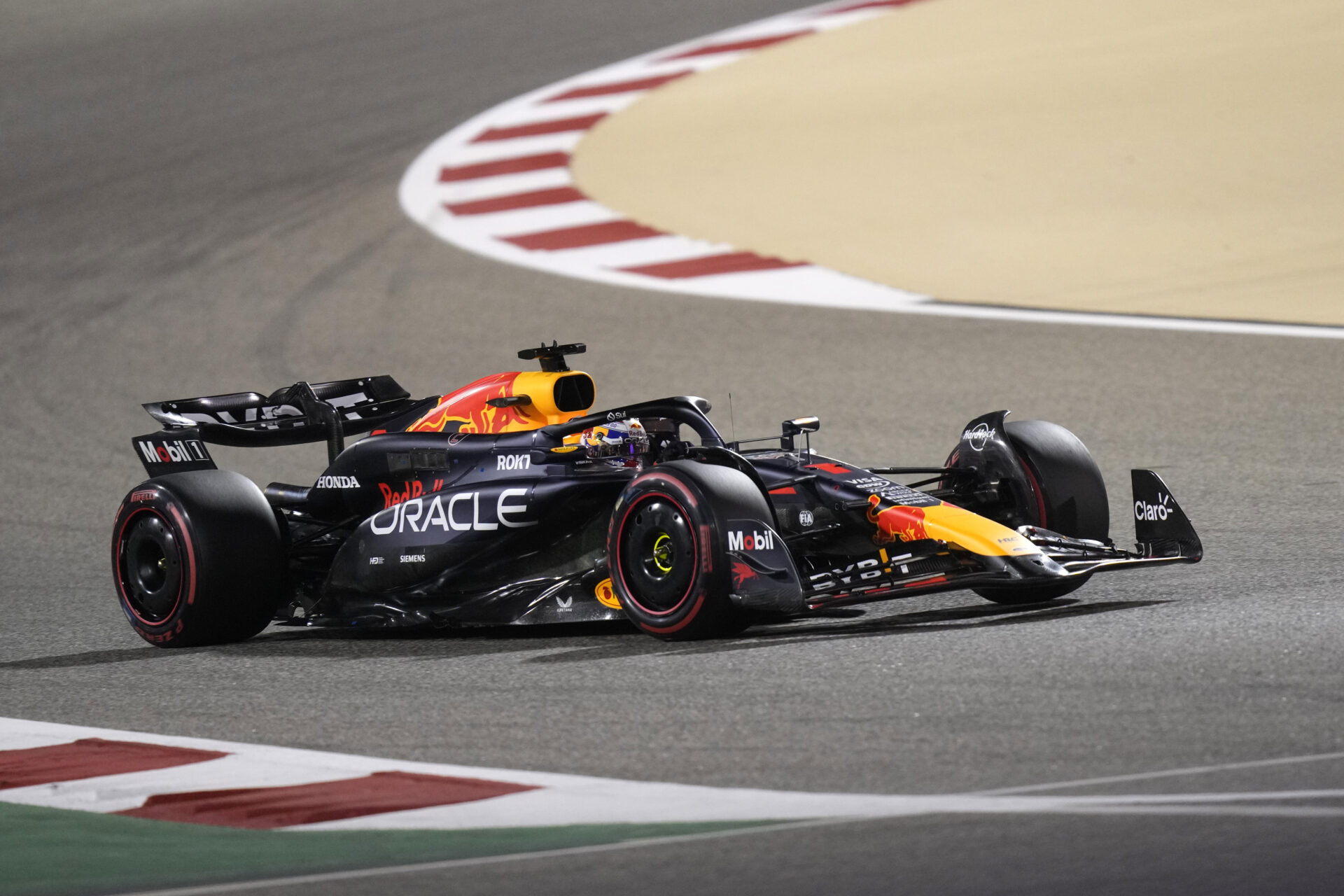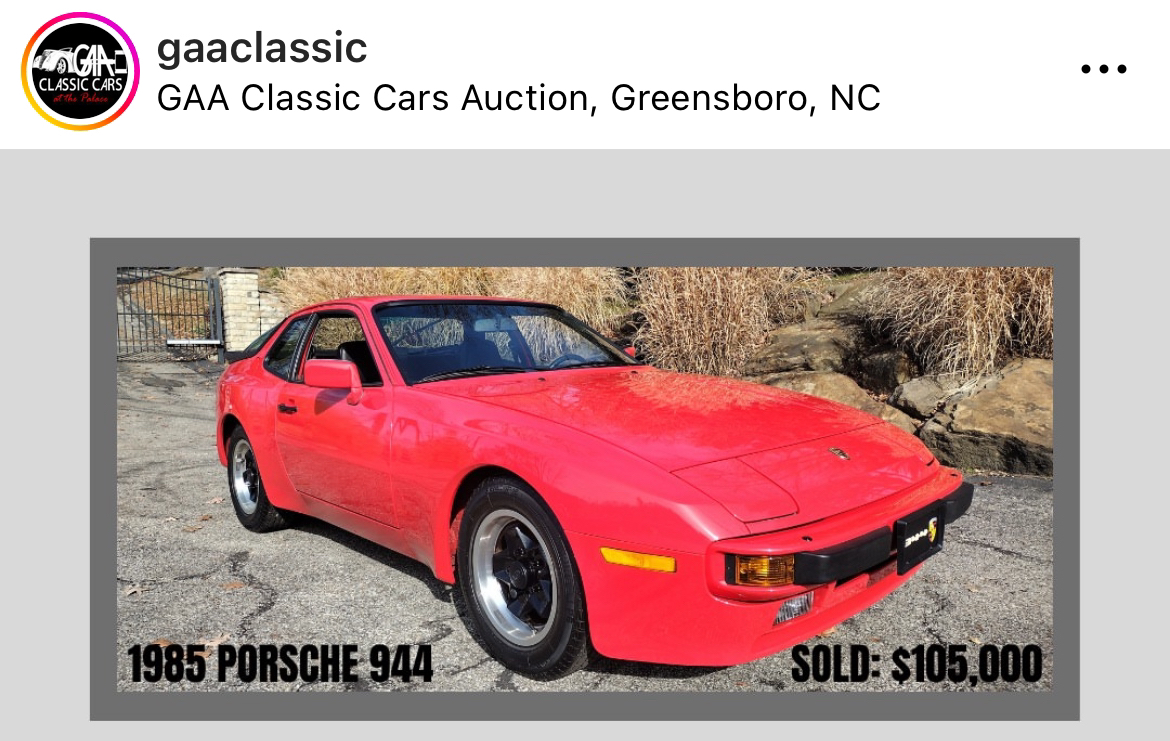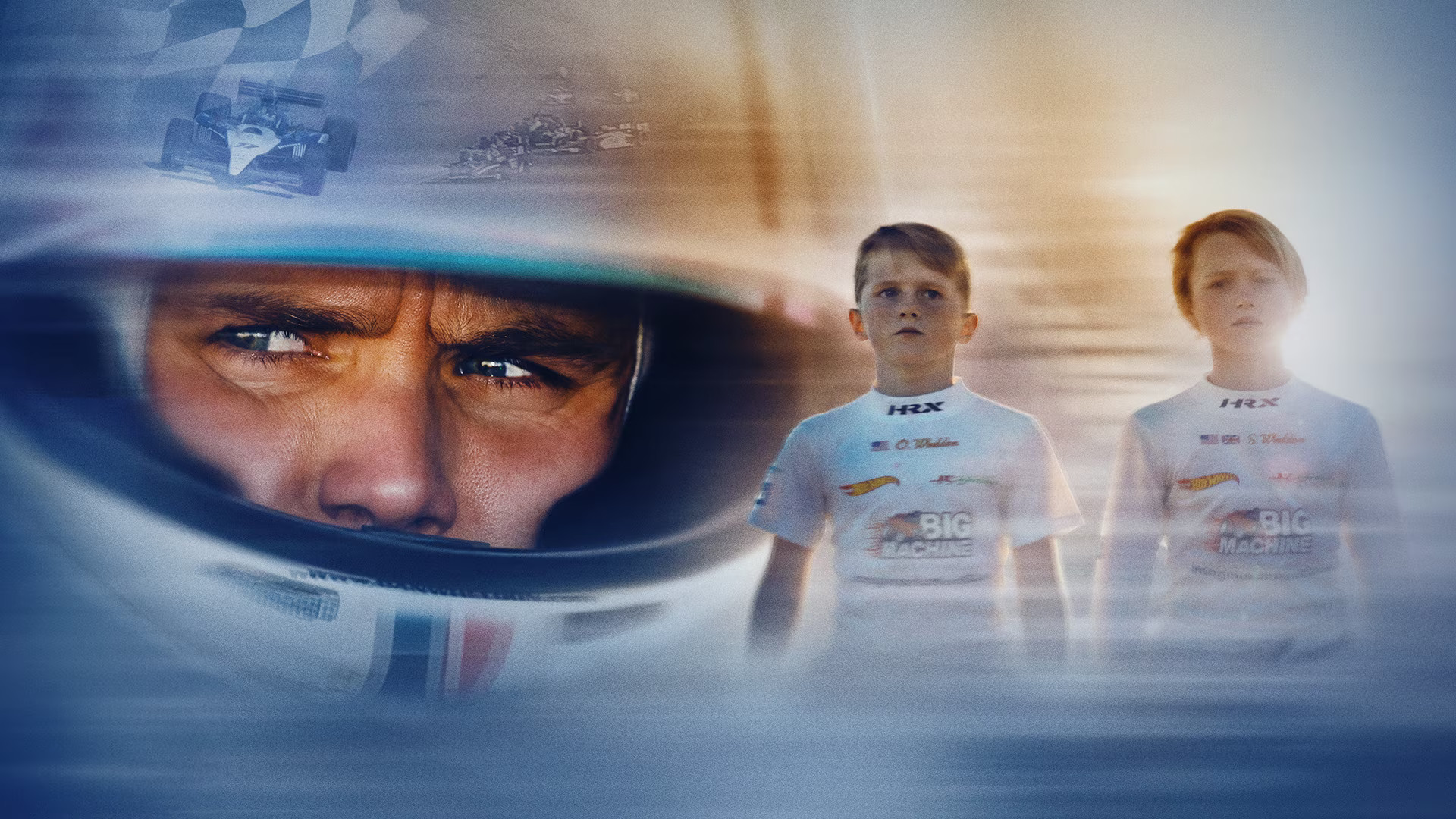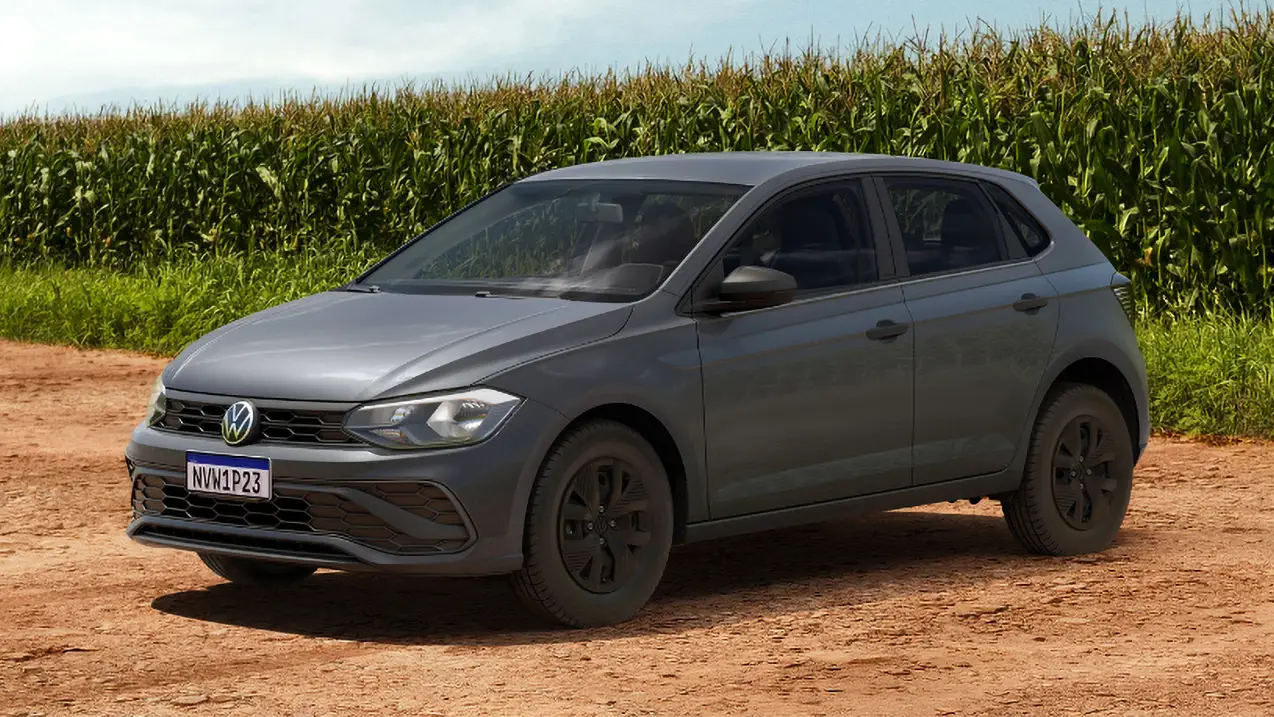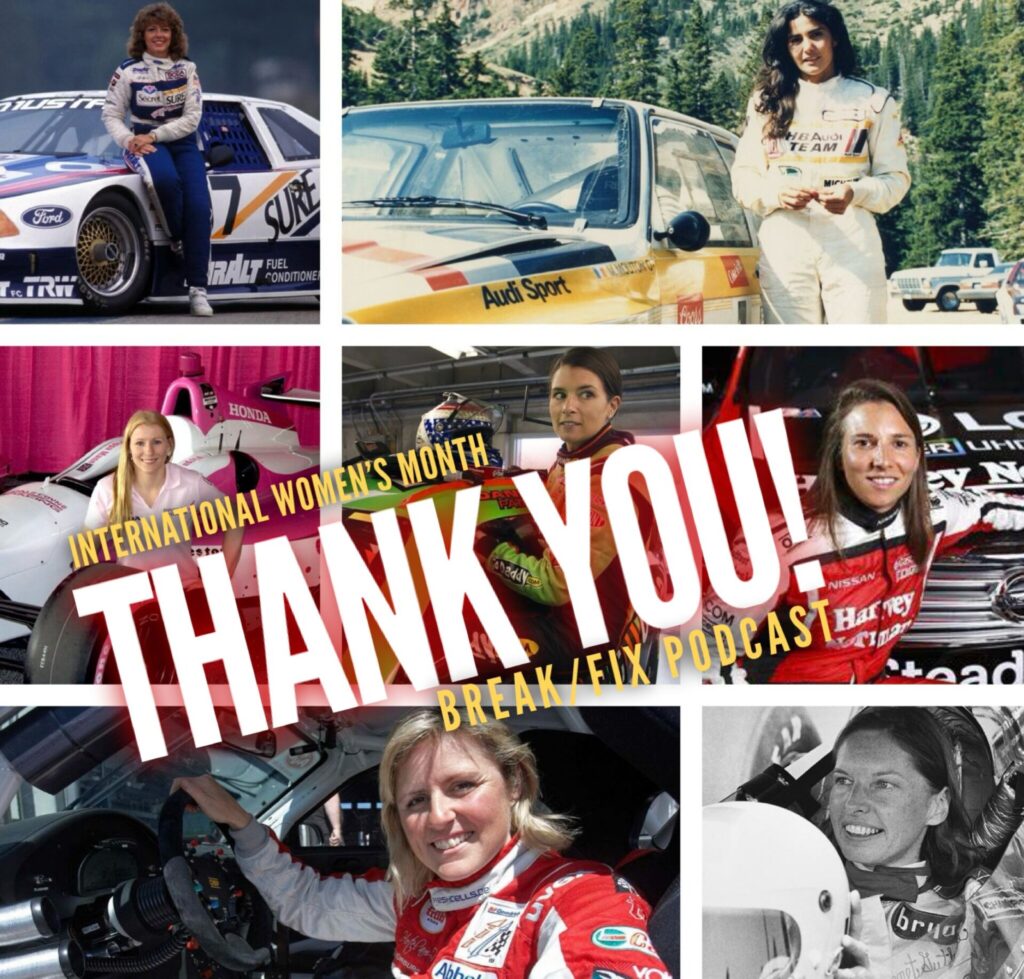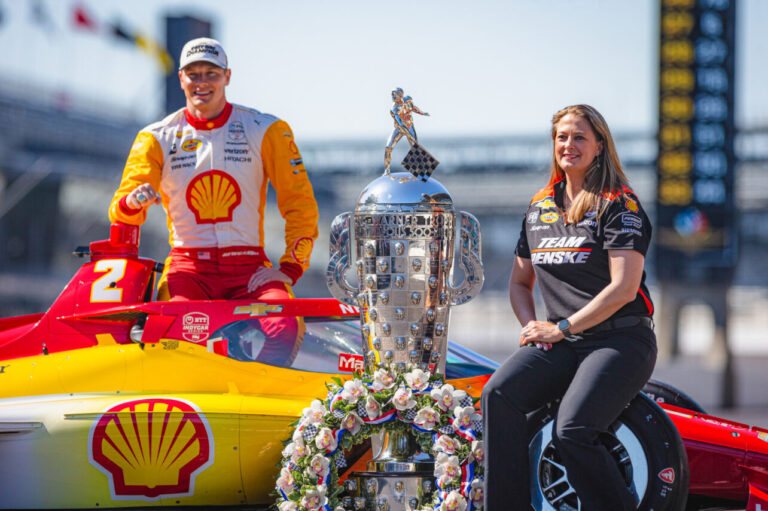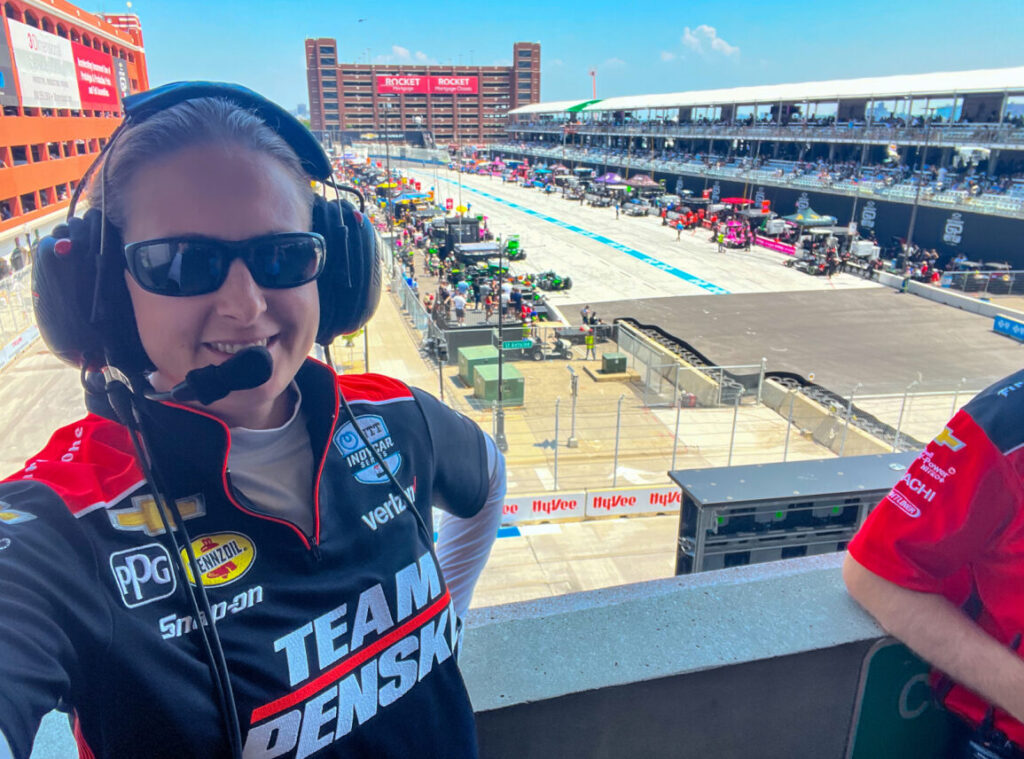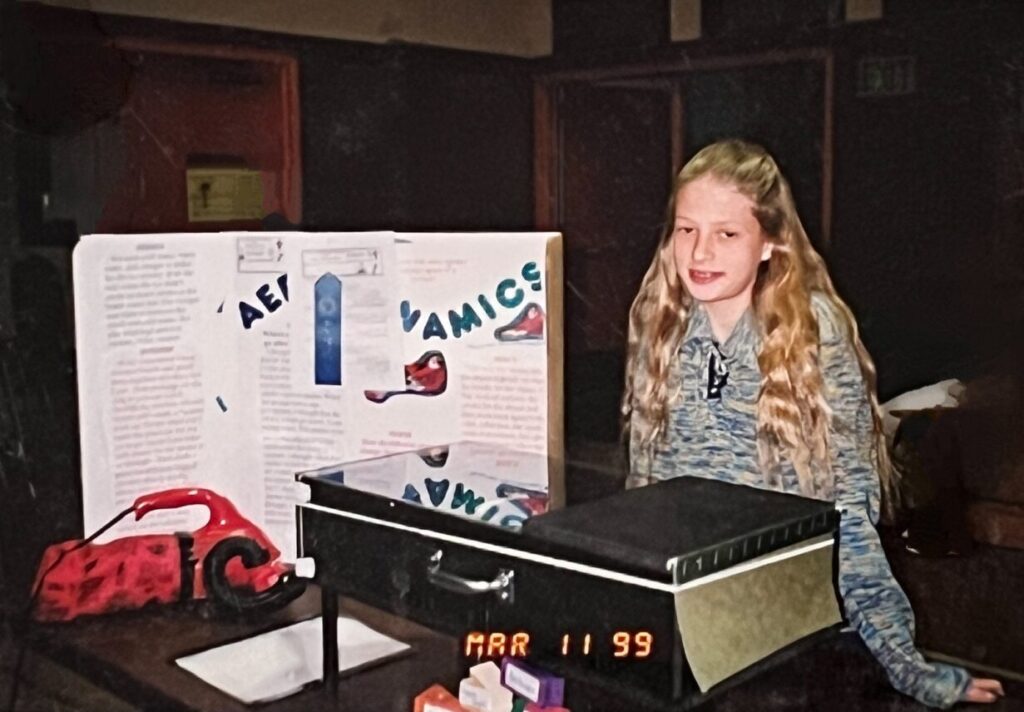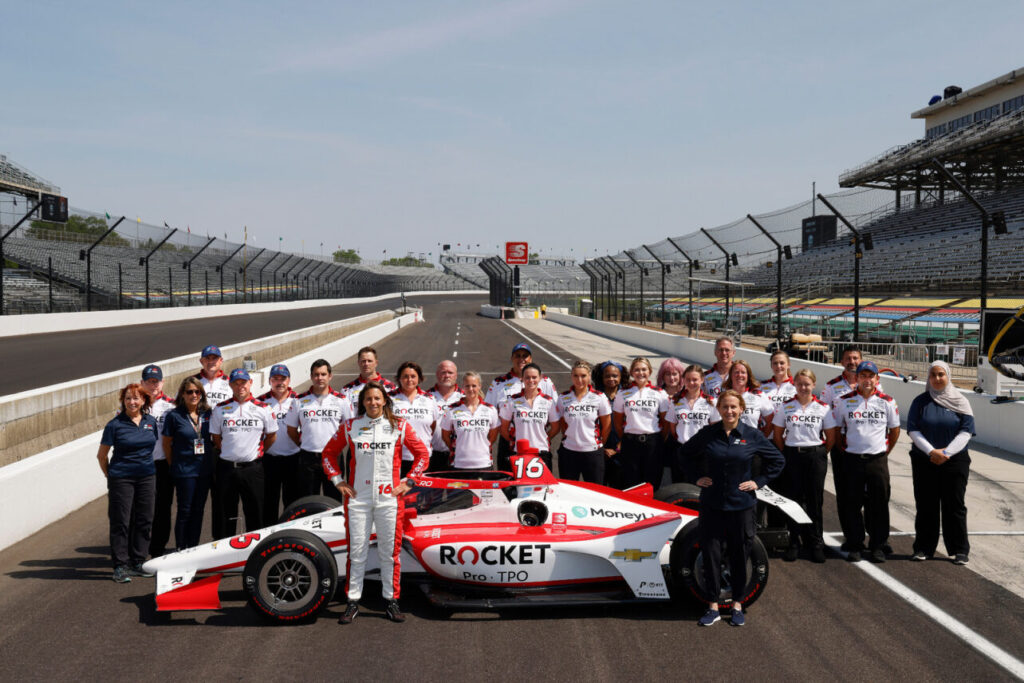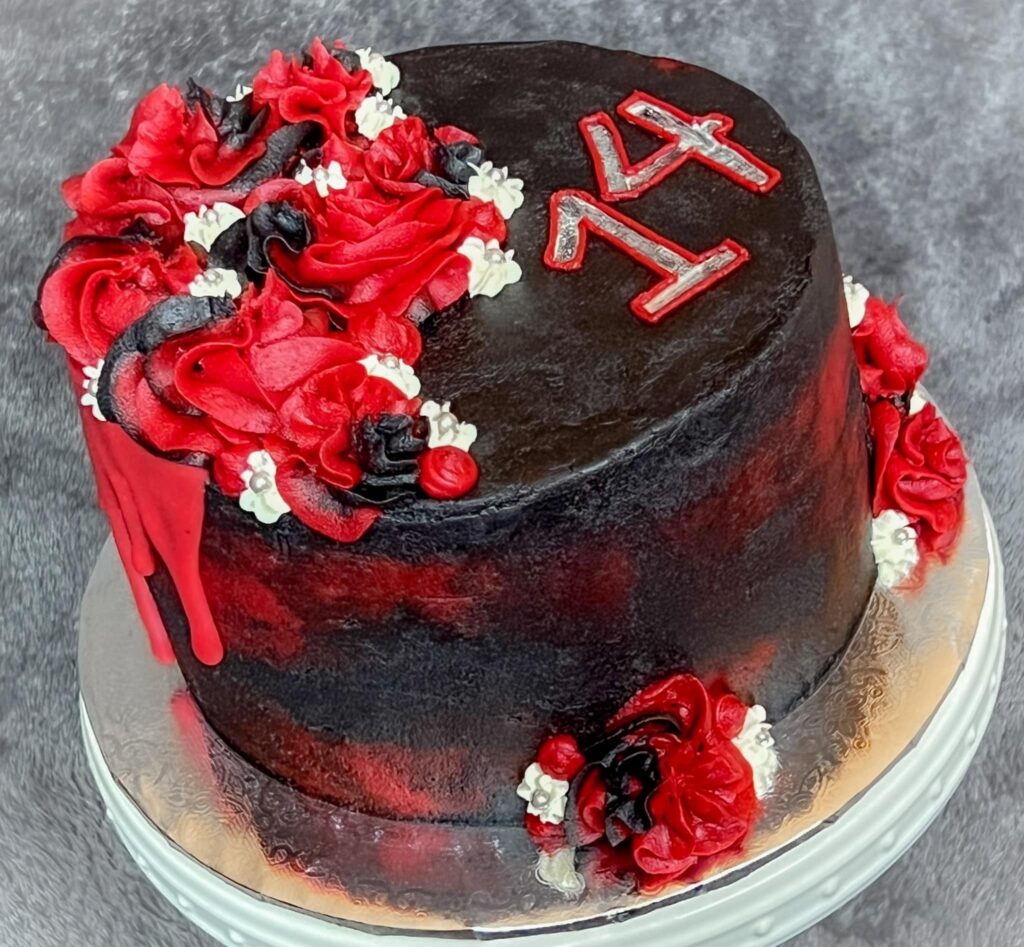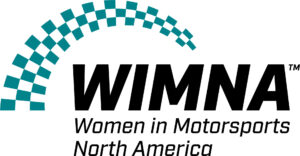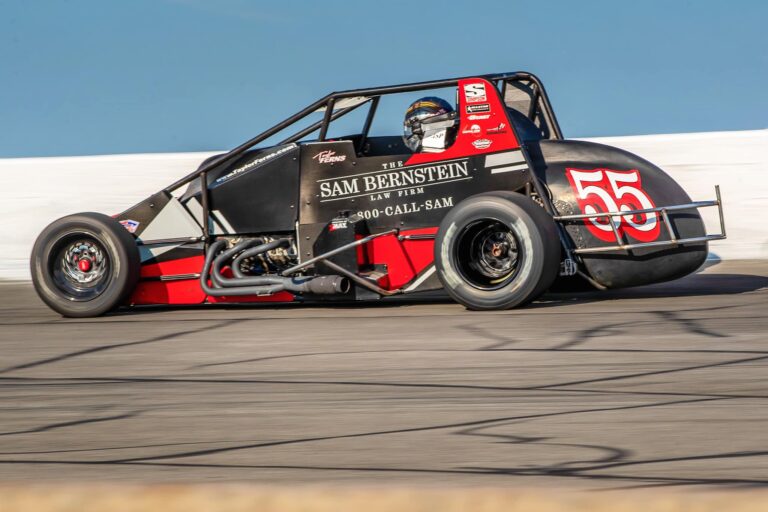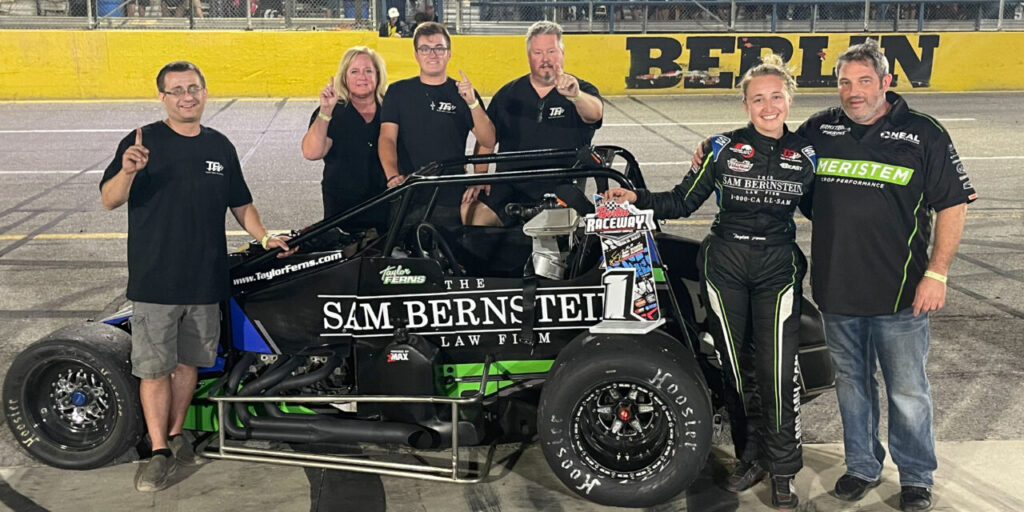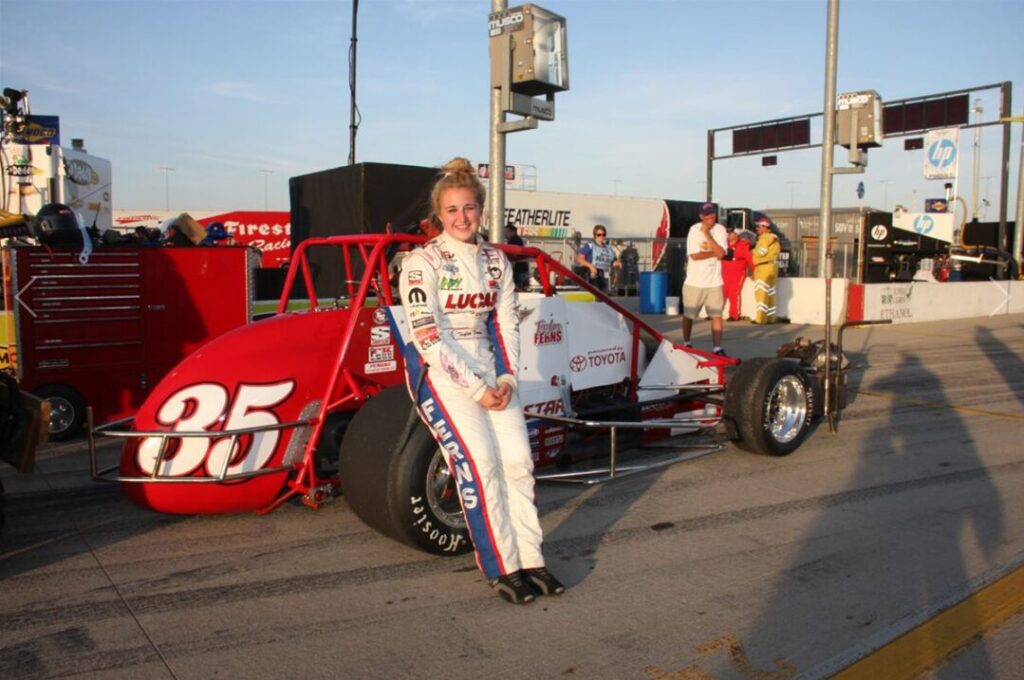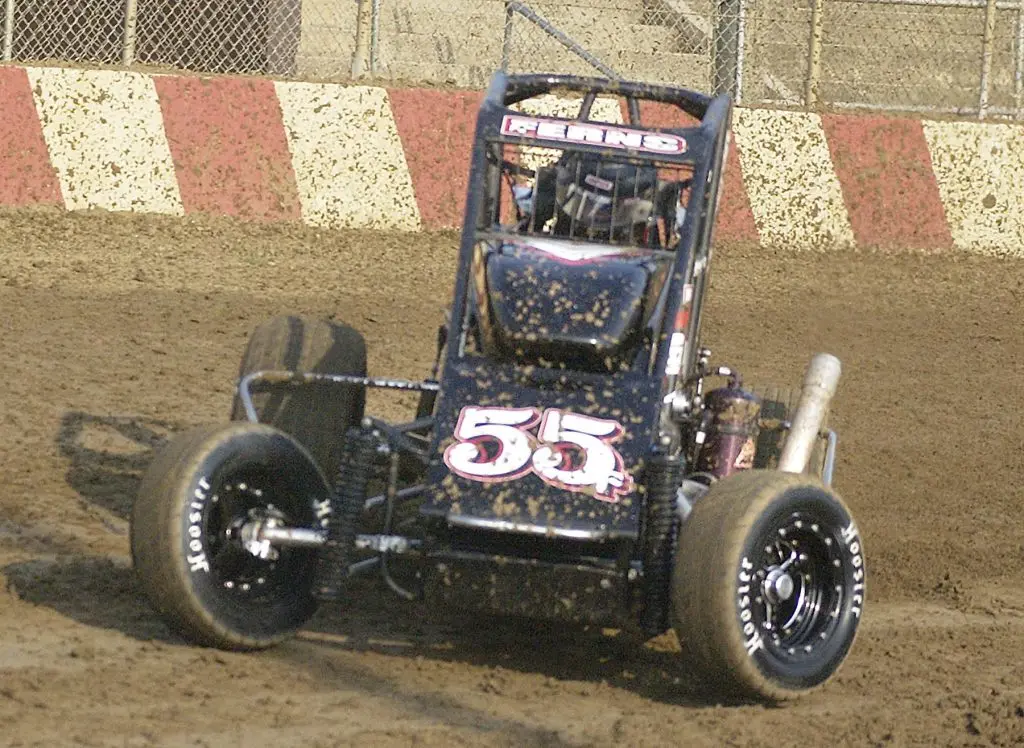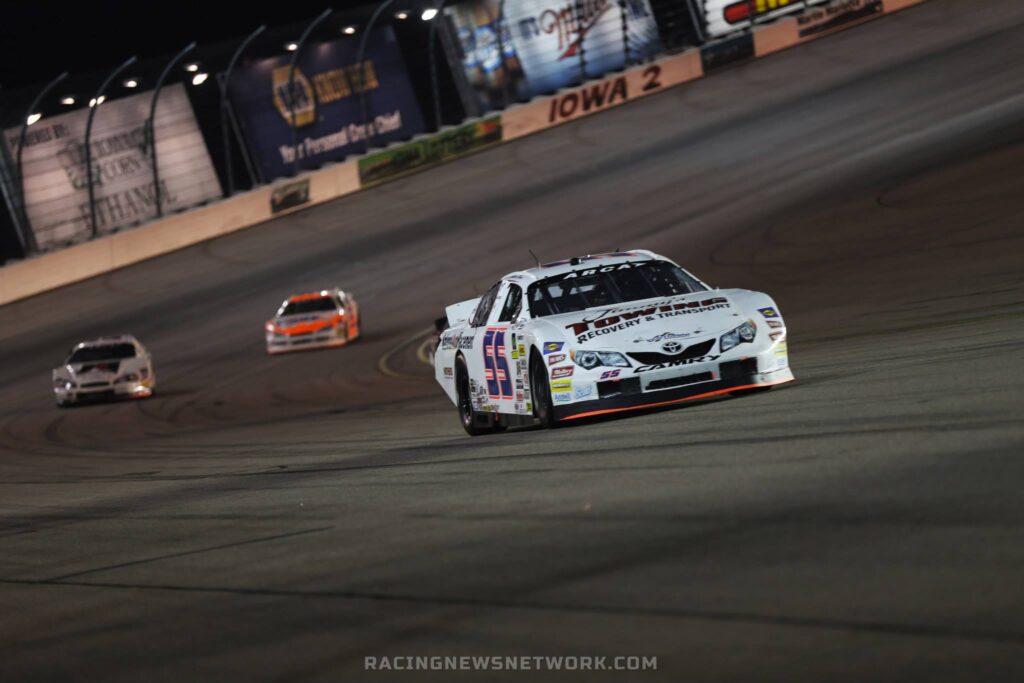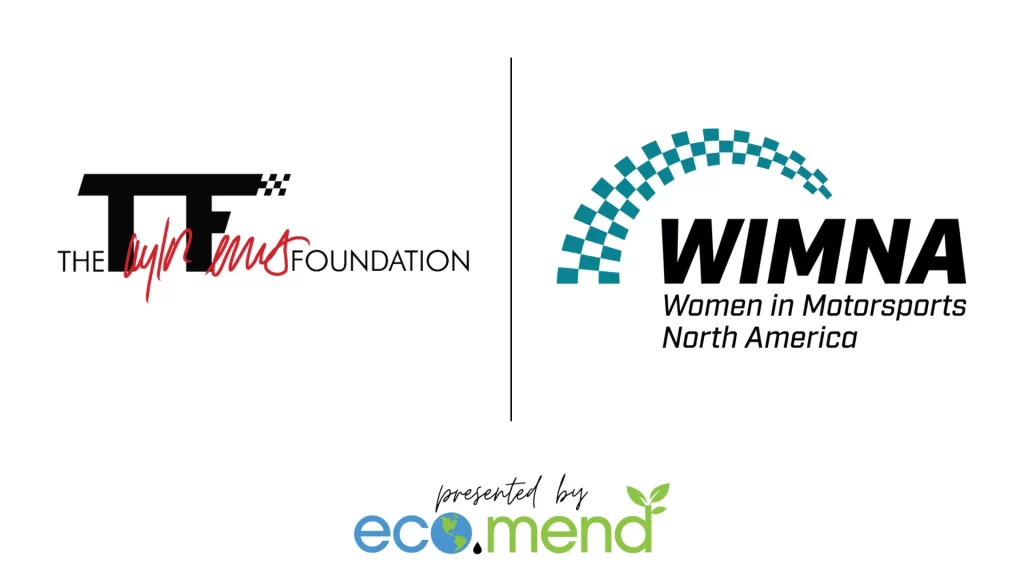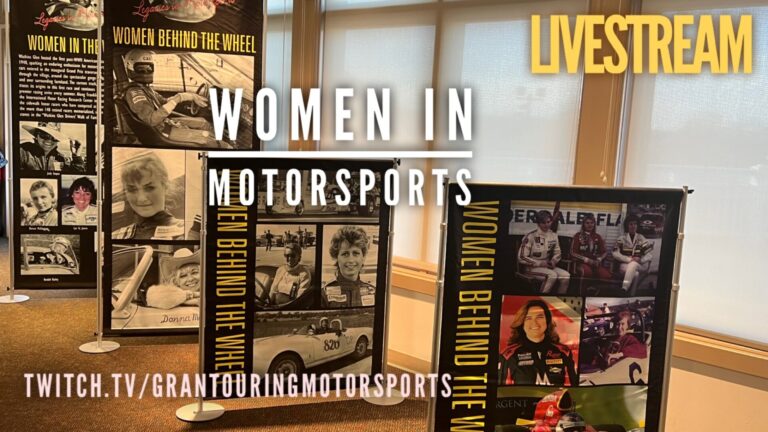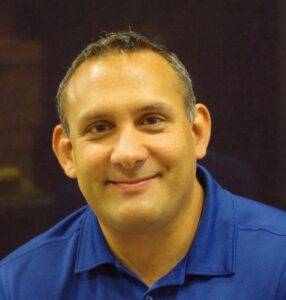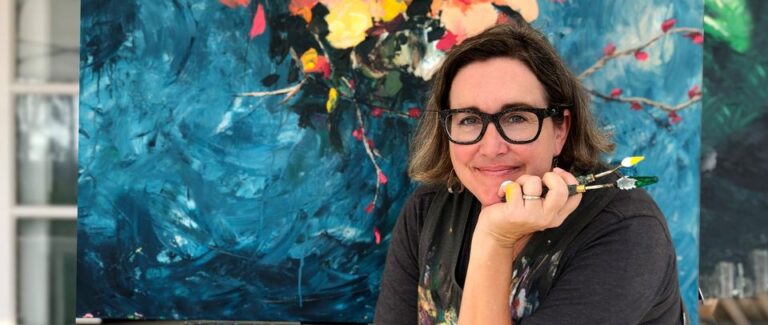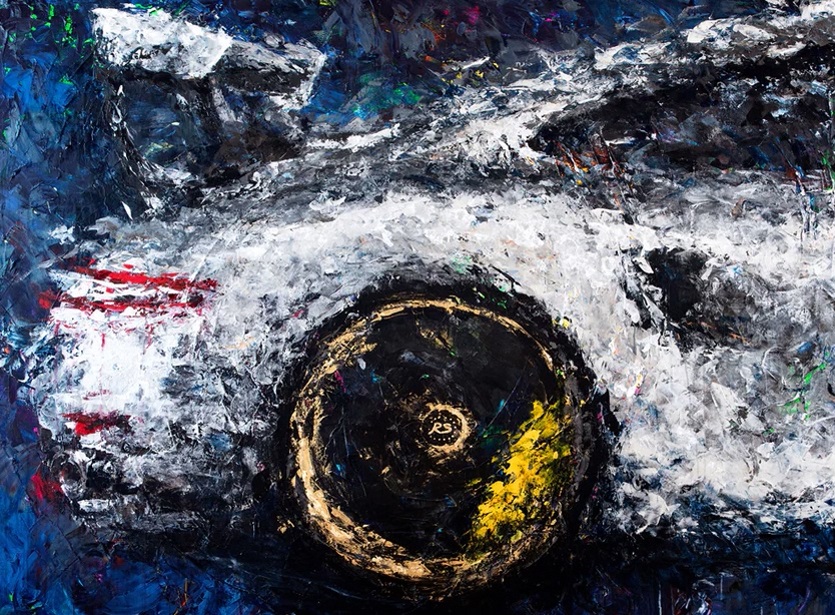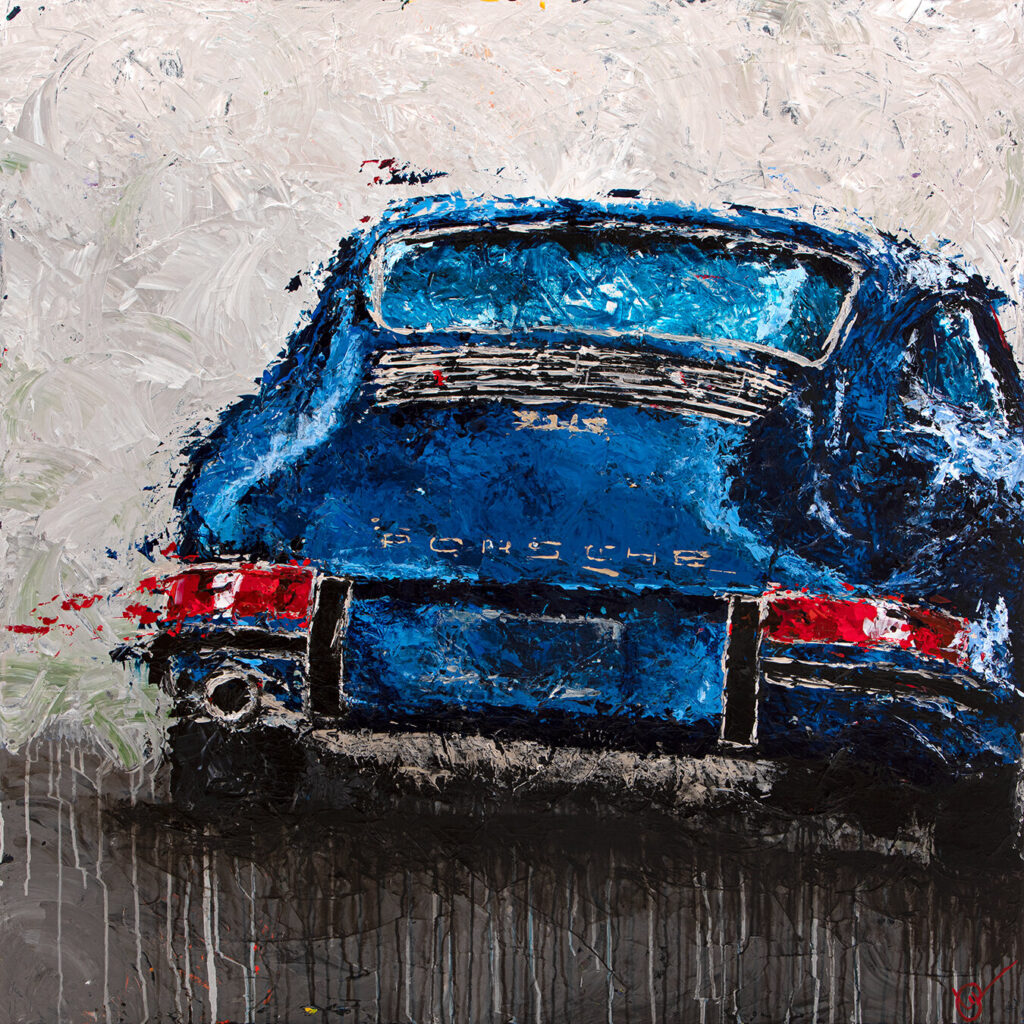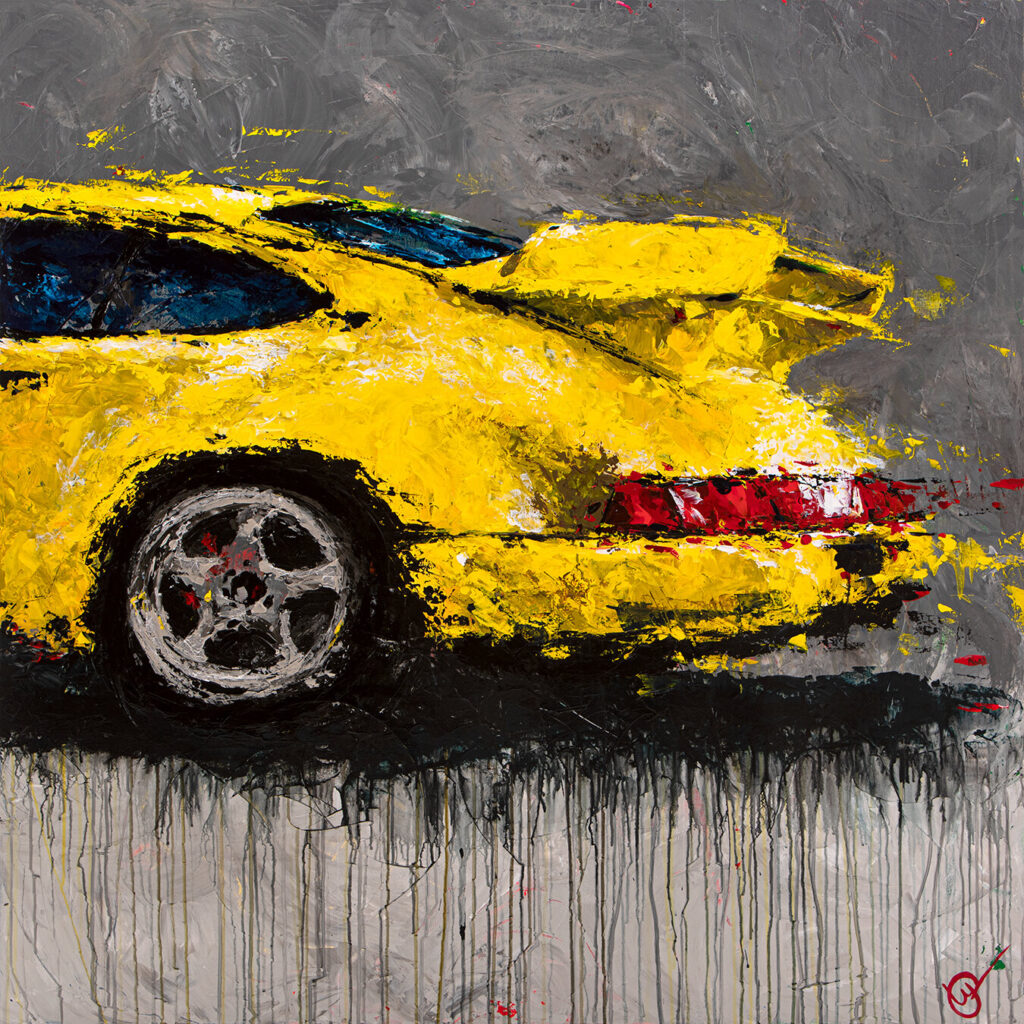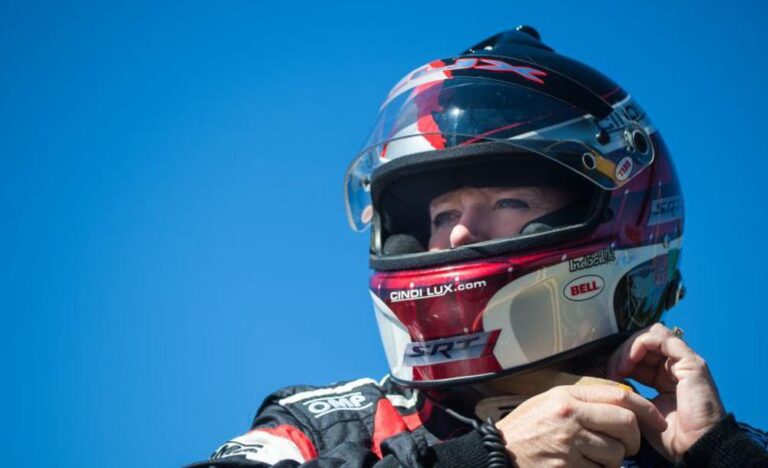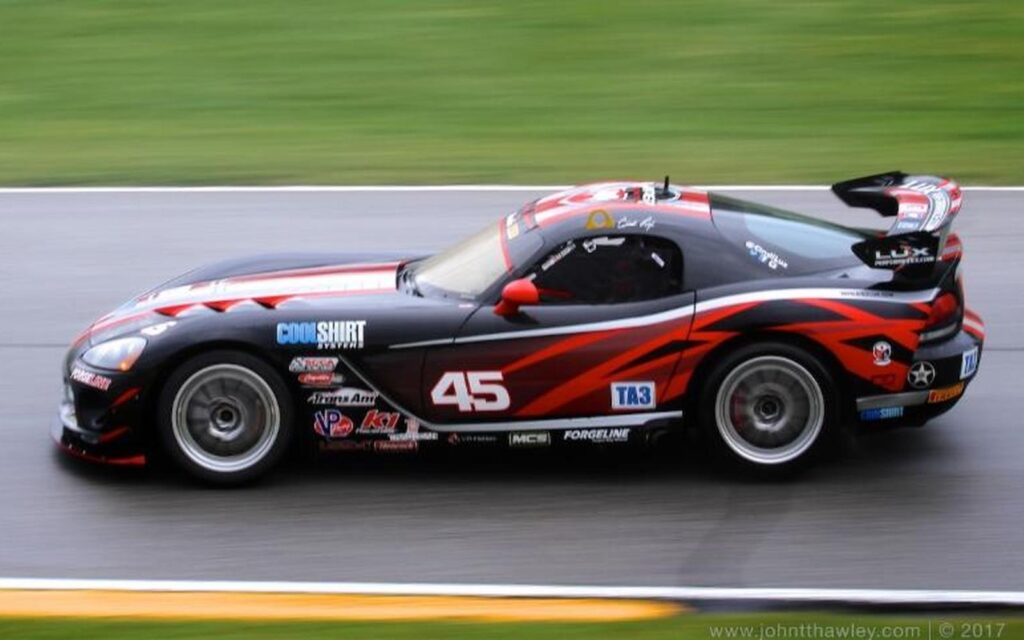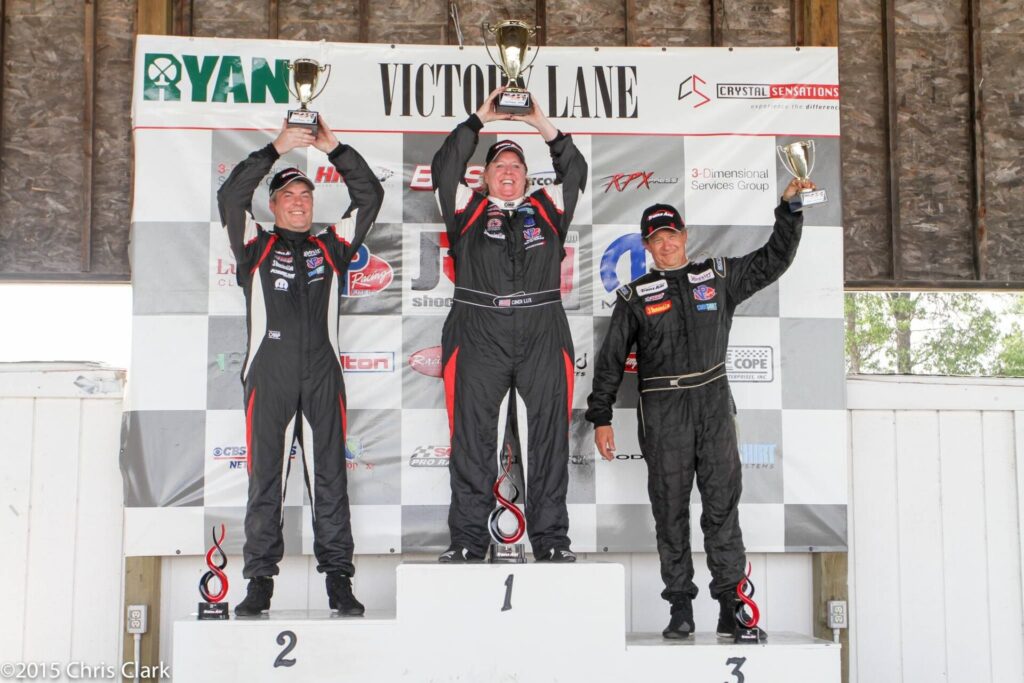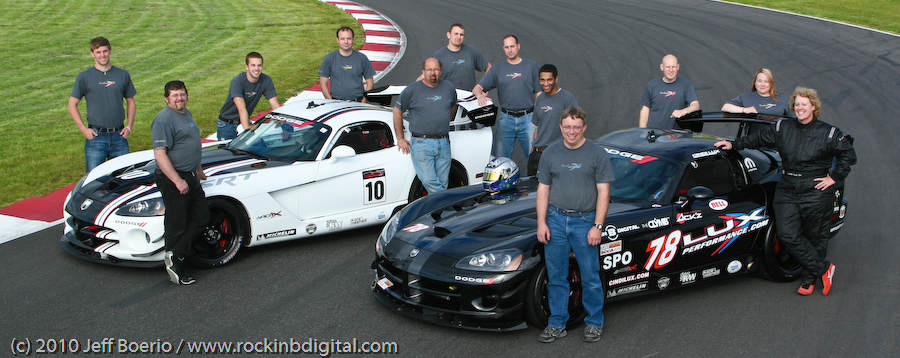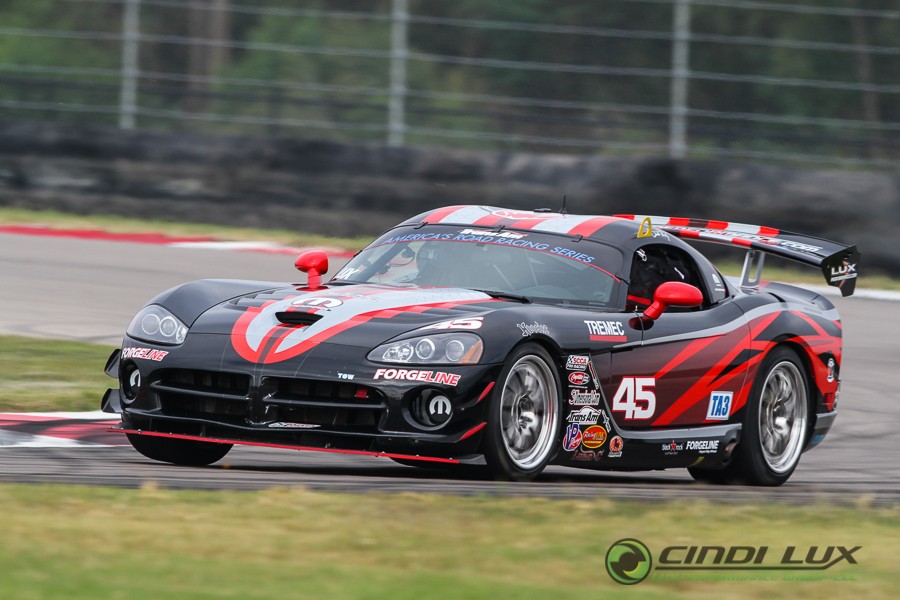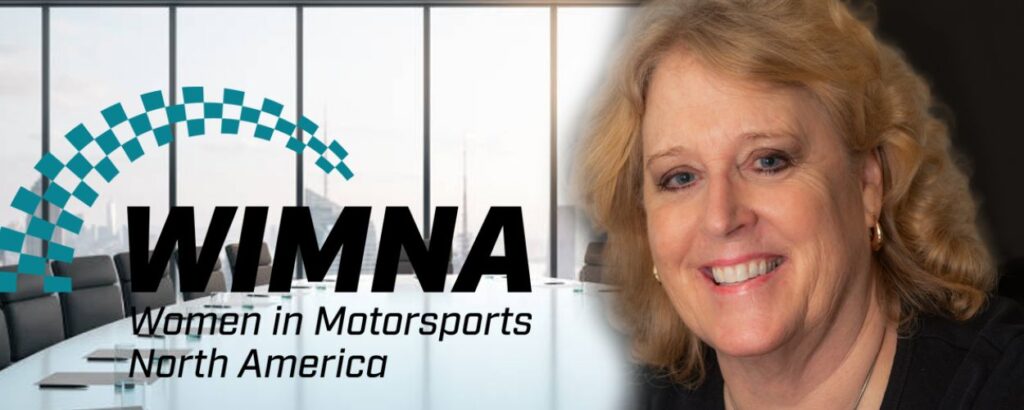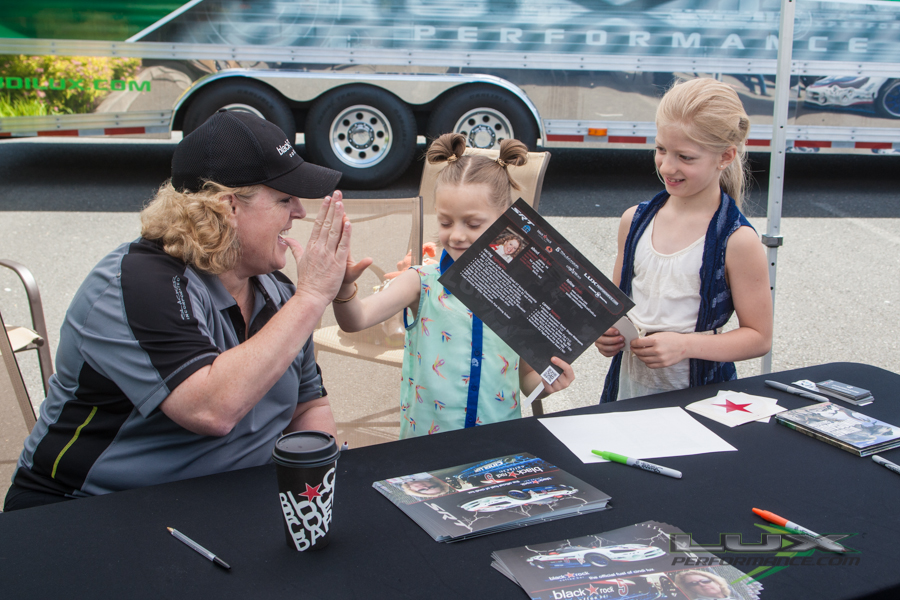I’m an English Automotive Historian living in California. Continual learning and teaching characterize my independent research and diverse work with cars, motoring, and the human stories around these objects and experiences.
Since 2012, I have co-taught a class at Stanford University, “Tales to Design Cars By”, introducing the best automotive and motor racing stories to the engineering and design brains which will deliver us autonomy and electrification.
As a researcher and writer for Gooding and Company, I have investigated and documented the histories of the very best classic cars, including Ferraris, McLarens, and Delahayes, cars which are considered Fine Art. By contrast, my work for Vehicle History has been producing high-quality pre-owned buyers guides for the most popular cars on America’s roads, Accords, Camrys, and Expeditions. My work for various Power Automedia titles has been about motoring experiences, with articles from what makes a car collectible to track day guides for the best European race tracks such as Spa and the Nurburgring.
In 2019, my essay on Mike Hawthorn, Britain’s first Formula One world champion, appeared in the “The Routledge Companion to Automobile Heritage, Culture and Preservation”. This was a significant achievement towards my goal to get automobility taken seriously in academia. Pivoting from the theoretical to the practical, for the last few years, including remotely during the pandemic, I have been taking various motorcycle mechanic courses, taking advantage of the fabulous the “Free City College” program at San Francisco City College. My belief in the college’s mission led me to volunteer as a student representative during some challenging times with the college facing budget cuts and a building redesign.
Spotlight

Notes
- How did you get involved in the autosphere? What drew you in?
- Your profile picture is of a motorcycle on what looks to be the salt flats – let’s unpack that?
- You’re a member of the SAH – what drew you to that organization?
- You’re at Stanford – is there a tie into the autosphere? And what are you working on?
- I ran into you at Car Week, and you were a docent at Pebble – how did you get that gig? What does it entail? Responsibilities? How/What do you study for the tours?
- You started a podcast called – The Motoring Historian – what’s that all about?
and much, much more!
Transcript
[00:00:00] Brake fix podcast is all about capturing the living history of people from all over the auto sphere. From wrench turners and racers to artists, authors, designers, and everything in between. Our goal is to inspire a new generation of petrol heads that wonder. How did they get that job or become that person?
The road to success is paved by all of us because everyone has a story.
Our guest is an independent automotive historian. He loves cars, bikes, and all things motoring. He’s a blogger, presenter, podcaster, and doubles as a teaching assistant and guest lecturer at Stanford University. Jonathan Summers is a lifelong car and motorcycle enthusiast. His most recent works have focused on alternative histories in motor racing, delving into not just what happened, but how those stories were preserved, and by whom.
And why, and he’s here to share his road to success story and a [00:01:00] little bit of knowledge with you on this episode of break fix. And with that, Jonathan, welcome to BreakFix. Thanks very much, Eric. When you position me up like that, I sound pretty impressive, even to myself. Like all good BreakFix stories, there’s a superhero origin.
So tell us the who, what, when, and where of Jonathan Summers, the little lad who became a petrolhead. I should position myself really by saying that I’m an Englishman who lives in California, and I’ve been here about 20 years now, so the accent hasn’t faded, but a lot of the lifestyle and stuff has changed.
My family weren’t into cars at all. I always was, from Hot Wheels. And that kind of thing, if I think about the BBC in suburban England, syndicated the Dukes of Hazzard when I was 11 or 12 and learned about the Cold War, it was clear who was right. The jumping orange Dodge Charger, one side had Mustangs and Camaros and the other had half the market Fiat’s with race suspension and less horsepower.
[00:02:00] Like it was obvious. I always like cars. Pivotal times. I remember when my first girlfriend dumped me thinking, well, who am I, you know, crisis of identity. And part of that answer was cars and motoring. I miss the. com boom really, but I was a tech salesman for a lot of my twenties in England. This was the era where they would give you a gas card and a company car.
How was that Ford Cortina? Ah, you know, it’s funny you say that. So it was Cortinas, but I missed Cortinas, but my first Three count them one, two, three. My first three cars were Ford Cortinas that were by then very, very cheap and very, very rusty, but the correlation between what I could fix, what was fast and what was cheap, that led me to Cortinas and, uh, Over the years, I’ve had tons of cheap fast forward.
So yeah, so it was the sales rep stuff and that was the company car. And, you know, so when I was selling tech products, I was doing 50, 60, 000 miles a year in somebody [00:03:00] else’s car. So I sort of reached 30 and was like, gosh, still single, got the fast car, got the fast motorcycle, what am I going to do now? I sold everything.
I went and lived in Rome. Total change of life. Do I need the cars? Do I need the motorcycles? Do I need this whole lifestyle? And I decided that whilst I didn’t need really the whole lifestyle and all of that, I did love the cars and bikes. So when I washed up in California, which is the same 18 years ago now, I applied myself to doing some tech sales stuff enough to satisfy my then girlfriend, now wife.
And have collected cars and motorcycles and vintage books and not very much else since that time. The first time you were on Break Fix was part of your presentation that you gave with the IMRRC Symposium last year. And the cover art that was given for your bio and that we used for the episode shows you with a motorcycle at what looks to be the Bonneville Salt Flats.
You’ve done some racing in your time, but let’s talk about this bike. Passion for bikes. And [00:04:00] how did you end up doing some land speed work? I realized I was a good but not great salesperson. I was always a round person in a square hole so I could generate the funds to do the 150 mile an hour car, but not really more than that.
In my mid twenties I decided I’d learn to ride a bike, so I came to bikes quite late, always with an intention of doing sports bikes. ’cause sports bikes were the thing. Then in, in Europe in particularly, I bought my first bike in 2002. It was a Suzuki. GSXR that was the beginning of a really special relationship with the brand.
Love that bike at home. When I came to California, didn’t have the bike didn’t really have meaningful income. Suzuki were running a competition. It was 20 years, 2005 of the Suzuki GSXR. There was an essay competition. If you Google now my name and Suzuki GSXR, you’ll find the entry that I wrote for the competition.
The prize of the competition was a. 2005 Suzuki GSX R 750, and I won the bike, which was awesome. I’d [00:05:00] only just gotten engaged. So out home in England, I’d read about Bonneville. So a friend and I went out to what was then an event called the BUB Speed Trials. So it ran just before proper Bonneville speed week.
And it was motorcycles. It was some cars as well, but it was motorcycles. And the year that we went, it was windy. In fact, I remember seeing a streamliner car get turned over at 300 miles an hour. And we were a long way away. And I remember seeing the gap between the surface of the salt and the car is it rolled, but this is the insane thing about Bonneville is they will close the track to cars, but you can still run on bikes and be, you’d be at this class, run what you brung.
So I had this brand new straight from the Suzuki dealership. GSXR that I hadn’t even paid the tax on, and my friend had a supermoto, which is the last thing you want. It was great for commuting in LA, but it’s the last thing that you wanted for, you know, thrashing. that. Because of this accident, [00:06:00] they closed the salt.
We did something that I don’t think you should do, which is like set off, like blast it off across the salt. I did one of those things that you never think you’ll ever do, which is I not only shut my eyes at 125 miles an hour on a motorcycle, I shut my eyes for the count of 10 at that speed. Because out of Bonneville there is no impression of speed whatsoever, because there’s no other objects around.
So you can tell you’re doing 125 miles an hour, the bike’s doing that, there’s the wind and all of that, but there’s none of the experience that I felt comfortable doing that. The other thing that I remember about Bonneville, and a sort of metaphor that I’ve tried to carry with me through life, is that The problem that you have is traction on the salt, so the air resistance gets so great that the bike will wheel spin at 170, 180 miles an hour.
Now until you’ve experienced the back of the bike moving around like you’re on a dirt bike coming out of a turn. But you’re like hunched over the tank of a sports bike, you know, until you’ve experienced that it is [00:07:00] something that you like, yeah, that’s my other takeaway from that particular Bonneville experience.
And we did that for a little bit. And then he was like, let me take pictures. And that photograph that I’ve used as a profile picture was taken right there. And then, so the picture’s great. So it’s really old colleague at the university of Virginia who said to me, Ah, Summers, you’re still using that picture when I was using it at a conference.
And I was like, you know, yeah, I am. This was the time when everyone had like given up on privacy and everyone’s LinkedIn profile was their actual face. And I was still resisting that idea of that, even though at the time I was doing TV work. So I had had professional headshots taken and that kind of thing.
Anyway, long and short. When my feet were held to the fire by a colleague mocking me over the professional headshots, I was like, I’m going to stick with that picture forever. So that picture has been my sort of calling card for 15 years now. It begs the question, do you still have the Suzuki? Yeah. It’s sitting about 15 feet away from where I’m sitting at the [00:08:00] moment.
That’s awesome. Yeah. From that, I developed a sort of special relationship with Suzuki GSXRs. I have about half a dozen of different years and models and academics will tell you that collectors it’s about connoisseurship. And connoisseurship is about appreciating the difference between this model and that model.
And I never thought I would get like that with SportsBase because I came to them as just being a like, let’s go fast. Aged 50, 50 is different from 20. Looking at them now, I just love the nuance. And I sit in the garage and look at them. It’s absurd. So during the symposium, I’ve heard you banter back and forth with some of the other presenters.
And even your presentation from last year was focused on changes in media with football. Formula One. You obviously have a passion for racing and motorsport in general, but I wonder, does that also extend to the FIM, to Supermoto to a MA, things like that. Are you as invested in the motorcycle disciplines of motorsport as you are with the cars?
Traditionally? I always say to people, try and be broad with my [00:09:00] love of cars and bikes, but obviously over the years there are particular silos that I’ve sort of fallen into. I had an interest in MotoGP for probably about a decade from when I started riding about 2002 through until about 2012, that kind of period, I stopped following contemporary motorsport when I had the opportunity to do historic research in a thorough kind of way.
And that was in 2012. So that’s when I stopped following Formula One in a very religious kind of way. Most races that I’ll take time out to watch now would be Le Mans and the Isle of Man TT. Partly because they’re one offs and they don’t represent this huge time commitment at the weekend. You know, my son’s 10 and I was very involved in the early years of him growing up.
So I made a decision at that time that, you know, I wasn’t going to go and judge and host as many car shows as I used to. And I, I wasn’t going to spend every Sunday afternoon through the summer watching a Formula One race [00:10:00] and then throw my beer can at the TV because Lewis Hamilton had lost. I suppose that’s a roundabout way of saying that I’m not that invested, but at the same time, have I been to Laguna Seca in the last decade and watched some AMA racing?
Yes, for sure. You know, did I make a point of getting my motorcycle serviced at the same dealership where the guy that was winning the races was? And I bring it up because we’ve had many other motorcyclists on the show in the past and it comes up oftentimes where we talk about the goat in the form of motorcycle racing.
In Formula 1, it’s easy. You’re in certain camps. Are you Senna? Are you Prost? Are you Hunt? Are you Lauda? Are you Hamilton? Are you Schumacher? Are you Verstappen fan? Like there’s, as you say, these silos and they’re really slices of time where it’s like, this is the greatest. Based on, you know, there’s still people going, Oh, Faggio is the best ever.
But in the motorcycle world, there’s one name that always comes up and that’s Valentino Rossi. The reason I’m talking about him now is he’s made a transition from the two wheeled world to the four wheel world. So I wanted to get your [00:11:00] take on his entrance into sports car and endurance racing, since you’re a fan of Lamar, he’s running an LMP two car now.
So I wanted to get your take on his progress and where he is. My time following MotoGP followed his career. And really until Mark Marquez came along, there was nobody to touch him. And I feel like very much like Michael Schumacher in Formula One, you know, for a minute, Hacken could touch Schumacher, but only for a minute, you may or may not know that Rossi was a huge fan of the little Italian fellow whose name began with L and that guy had a Richard Petty of a career.
You know, everyone said you should retire, but you didn’t because it was who you were and it was how you were made. And then you had some wins again, and the sponsors stayed with you because it was petty, Bob Rossi, you know, and with Rossi, there was still talent there right at the end. And even bringing it with the young guys, I feel even later in, in his career.
I’ve got to say, I’ve spent a lot of time and energy reading about the history of motorsport. I really struggle with this whole notion of [00:12:00] the greatest ever. I did a piece for the IMRRC about Senna, because Senna was my boyhood hero. The reason I stopped following Hamilton was because it became so like my teenage years, where if he won, I was happy.
And if he didn’t, I wasn’t, and it’s bored the whole weekend. And I was like, why am I living this way? So I had this special sort of feeling about Senna, but in period. I recognized, and I felt that journalists recognized, that Prost was the better driver, right? Senna might have been faster, but Prost was more complete.
That was the feeling at the time. When Senna was killed, he was a little bit like Dale Earnhardt. People didn’t like him. People didn’t like the guy. Afterwards, everyone was so shocked by it, and then the sport made all these changes, and now five or ten years have gone by, and we look back and we’re like, Oh!
Actually, the sport is a little bit more like tiddlywinks and a little less like mountain climbing now. We kind of liked it when we had open cockpits in Formula One and when Senna said to Hill, stay off the inside [00:13:00] at Tamburello, and then went on the inside himself anyway. And when we listened to Dale Jr.
‘s podcast and we hear stories of how Dale Sr. really was, they almost have the feeling of like a Roman fable, don’t they? Such a hard man. But with this like soft inside. So now all of a sudden Senna is the greatest ever because what, because that movie came out 10 years ago that told the story from that perspective.
Alan Prost has been a pretty mellow guy about it, but let’s not forget three world championships versus four world championships and like Jackie Stewart, when Prost retired, he’d won more races than anybody else out there. I’d all the while without doing things like deliberately crashing into other people along the way.
And I say all of this. As a absolutely committed Senna fan. So I think the people who decide who’s great are the people who are in middle age and the young’uns, the people who have, they’ve just watched drive to survive, and I read an article in Vox or Salon or [00:14:00] something, the girl had written it was saying that gray beard Formula One fans remember when Michael Schumacher won everything.
And I’m like, wow, I’m only 50. And I remember Michael Schumacher’s first drive. When he qualified amazingly and then burned the clutch off the light where he was driving the seven up sponsored Jordan, I think it was, wasn’t it? So I think greatness is based on the perspective that we’re looking at it from today.
And my conclusion with Senna was that the greatness was predicated. On how the things were achieved rather than what was achieved. So in other words, Prost achieved more, but because Senna did it with this sort of Muhammad Ali, like flourish, and I’m not saying that therefore it’s fake, I’m not saying that therefore it’s real, whatever Senna had, it reached out of the TV, it reached through the helmet, it reached out of the Lotus Renault, it reached into suburban England, and it gripped me, absolutely gripped me.
I lived in Italy for a bit. I went up to Mila 20 [00:15:00] years after Cent had been killed because of my personal feeling for it. And, and I rented an Nepr sports bike, an RSV, millet Sports Bike. And when I arrived in the car bike at Mila, I parked up, got off the bike and there was a guy in like a hot rod, little fear.
And he acknowledged my helmet. ’cause my helmet was a custom painted center replica, which I had done in England when I was earning lots of money in. Well since then, you know, you can buy replicas. But when I went to the track, there was nothing there. There was no ceremony. There was the statue though.
There was nothing that 25 years later, well, I’d just become a dad. I went again and there was like a big festival there. And there was like a last rights given at Tamburello and, you know, Gerhard Berger came and spoke. Yeah. In Brazil, there’s this sort of. Mixing him up with Jesus thing that goes on. We’re in Italy, right?
I stayed at the same hotel where Ser fell his last night. I arrived a couple of nights early and the receptionist was like, would you like to [00:16:00] see the room? And I was like, if that’s not too weird. And she went, yeah, right. We went up to the room, we are looking around, it’s like a motel room. She’s like, people often ask, is that the actual bed?
I’m like, Hmm. She’s like, we are not sure. I’m like, oh. She’s like, would you like to sign the guest book? Um, all right. It’s a hotel room, but I’m signing a guest book. Okay, I’ll sign the guest book. So I’m signing the guest book. A Spanish TV crew coming. Can we film you signing? So I had arrived to observe this weird beatification of Senna, and yet now I’m part of it.
Now, did I appear on Spanish TV? I have no idea. They were with like one of the big news stations, but they told me afterwards, they weren’t sure whether they were actually going to get aired. You know, if it was a big news day, they were going to be on the cutting room floor, but if not much happened in Spain that day, you know, I was going to be reported.
So I guess what I’m saying is I’m uncomfortable with this notion of the greatest of all time. It’s very easy to say the greatest Formula One driver of all time, or the greatest NASCAR driver of [00:17:00] all time, because that conveniently allows us to forget all the people who did all that crazy board track racing stuff, or that city to city races and all of that stuff in the first half of the last century.
I feel like the more I read and learn, the more frustrated I become with the whole question of the greatest of all time, particularly. On the motorcycles, Harold Daniel rode a Manx Norton around the Isle of Man track at an average of 95 miles an hour. You or I could get on a whatever sports bike we fancy.
BMW Adventure Tourer we fancy. We could probably lap the Isle of Man TT track at that kind of speed. But not on the roads in the condition that they were in in 1957. Not with The suspension, the tires, the brakes, and Bray Hill is still, you’ve got the most cycle on the stop and you’ve leaned it over and now it’s going to go through the stop and you’re going to get full [00:18:00] suspension compression.
And Manx Norton is good for 125 miles an hour. And you know, nowadays, you know, my son knows his way around Spa because he’s played Gran Turismo. You know, I didn’t know my way around Spa until I visited it. It wasn’t televised. Measuring greatness is very, very hard to do Rossi’s place because of the duration and the volume of talent that’s come along.
I do feel like Rossi’s place is quite hard to contest. Yeah. But how are you comparing with somebody like Stanley Woods? I have no idea. And you know, Fangio, I particularly rate Fangio because I feel that Fangio sits right in the middle of the century. His experience in South America was with those crazy thousands of mile road races, where he chewed those leaves with coca in.
So it was like, he basically had like a cocaine, like high to keep himself going. He had, he had an accident where his co driver was killed and he only learned that the co driver had died when he was on the road [00:19:00] himself. So it’s on the road through the tears that he makes the decision. I’m never going to stop.
Daniel wouldn’t have wanted me to stop. So now there’s no fear. There’s no going back after the war. When Maserati come, obviously you give your all because that first summer in Italy, he came to Europe in the summer of 1950 and of eight races, like one, six of them, you know, when you think about the.
Bombshell arrival. That was why he had the reputation he did. That was why he had the seat at Alfa Romeo in 1950 and had the Formula One career, but it all came from these kinds of massive endurance road races that feel far more like rallying to us. So I feel his greatness was that he could flip from the long distance stuff to the Grand Prix stuff.
Is it as hard to drive those cars as it was to drive the car Senna drove? 1500 horsepower with a short wheelbase, no traction control, and two super wide tires. You know, that feels to me like a huge challenge. So [00:20:00] arguably the greatness lies there. For my money, Senna or Rossermeyer, the fastest ever. The audience is getting a taste of what it’s like to get together with John Summers.
I love this. This is great. So before we transition to the next part of your story here, I want to take a pit stop. And as an Englishman, I feel obligated to ask you this question. If you’re in the pub, who would you rather have a beer with? Clarkson, Hammond, or May? Clarkson, because I’d need to know whether or not he was real.
I’d need to know how real he was. I feel that he’s real. I’ve met Alan Decadene. I’ve met Mike Brewer. And what they do really well is convey who they really are. on the TV. I’ve done that kind of stuff. It’s very hard to convey who you really are. A lot of what Clarkson was, was persona. So I’d want to know how much was real.
I’d want to know whether he really regretted saying those things he said about Meghan Markle, for example. As a car guy, James Met is clearly the most interesting of them. And as a motorcyclist, You know, I might be interested in having a conversation with Hammond about that. But [00:21:00] many years ago, it was right after the Wilman Clarkson duo were taken over.
I had a friend of a friend who was dating, was married to, I think divorced now, but was married to a girl who was high up in the BBC and she knew Andy Wilman. They were both producers. I flew back from Italy and I was meant to meet Andy Wilman in a pub in West to discuss an internship. But potentially being involved in the creativeness long and short.
It came out the months or years later that Wilma was having an affair, split up with his wife over it. There’s going to be people on the internet listening to your podcast. Now, I was actually going to research that and I’m going to be found out to be talking out of my hat, but I met somebody called Michelle in a pub.
It was meant to be Andy. He never showed up. The conversation with her was really odd. There was clearly something afoot. My contact afterwards was like, there’s something weird about that. And then some months went by, nothing happened. And then it came out that she was having it away. So, uh, it was a boys club.
It was very [00:22:00] exciting whilst they did it early on. It fundamentally changed journalism. And when you see this next crop of who V and Boleyn and to virus, when you see these guys coming along, car track is not, is a pastiche. They’re recreating really what the top gear guys did 20 years ago. When I would take my hat off to Jeremy Clarkson because before Clarkson, nobody was ready in the British press at least to talk about cars in an irreverent way.
You know, everyone had to talk about fuel economy and the size of the trunk, like that wasn’t how I wanted to talk about cars and Clarkson didn’t talk about cars like that. No, and it’s a very valid point because when Clarkson, Hammond and May got together, I always call that Top Gear 2. 0 because the Top Gear before that was very much like our Motor Week hosted by John Davis, who was also on the show last season.
It was that reporting on the car, to your point, the fuel economy and features of the car, and I remember Jeremy Clarkson going out and reviewing some of the most boring cars on the planet. When I’m asked this question, who would you have a beer with? I answer Tiff [00:23:00] Needell because Tiff was more interesting at that time than Jeremy was because he was doing all the crazy drifting and the racing and those stunts.
And so Jeremy sort of took the torch from Tiff. In the second generation of Top Gear. And ever since the Grand Tour is what it is, it hasn’t been the same. And I bring this up, especially now because we are literally on the advent of the, the canceling of Top Gear. It’s the end of an era now. Yeah, it is the end of an era.
And I saw a survey saying sort of, was it ready to go? I had not watched the sort of more modern seasons with the cricketer and rugby player and so on. And also, it’s quite a British thing. I am still British, but I’ve not lived in England for a really long time now. I almost feel like it’s like I’m an American watching Monty Python for the first time as I watch it, that I just sort of, I’m not in tune with, you With what it’s trying to say, that was the modern top gear.
And obviously the punching of the producer, Clarkson punching that producer in Scotland, which led [00:24:00] to leaving the BBC, something that I think Americans do well to remember with the BBC is it’s government funded. It’s state funded. Your taxpayers money was going towards funding this. So it may have been the BBC’s biggest export.
But you can’t behave in this kind of way. And if you look at some of the things they did, the episodes, 10, 15 years ago, our society’s changed. And what was acceptable then seems misogynistic now. And I don’t want to make any kind of a comment on that. I just like to exist in a world where I’m not offending people.
So, you know, so has it run its course? Yes. I suppose it has. There was a moment when I was first involved with working with the university about sort of 2012, 13, 14. One of the things that’s very noticeable working with the university is they’re interested in your ability to communicate with people who are in lots and lots of different silos.
And what I mean by that is, If I’m in the [00:25:00] pub with some people who do BMW E30 chump car racing, I’m going to have a really interesting conversation with them, even though I’ve never owned a BMW E30 and I marshaled one chump car race when everybody, when you mentioned you worked with cars, everybody was like, have you seen top gear?
Everybody in America, at least, have you seen top gear? So what it did incredibly effectively. In Britain first and then globally was it introduced the way that we car guys like to talk about cars to people who weren’t car guys. The other example I’d give off of that is when Metallica did the Black Album, you know, us traditional heavy metal fans, there was a feeling that maybe they’d sort of somehow sold out.
The record was still a great record. Now with hindsight, you can perceive that they’d somehow kept their roots whilst becoming U2 at the same time. And that was really a, an awesome thing that they’ve managed to achieve. And Top Gear for a minute, it had that feeling of being able to do that. But I think like anything, that’s the [00:26:00] media creation.
It dates, it ages, it becomes stale. It’s a victim of its own sort of fashion. I mean, one of my favorite YouTubers now is a guy called Johnny Smith. He does a YouTube channel called the late break show and people know him from fifth gear and fifth gear was a straight rip off of top gear. I mean, there were four channels in Britain and when we got a fifth TV channel, which is only about 25 years ago, they were full of rip off content and fifth gear was a straight rip off of top gear and you know, and he was one of the presenters on that.
And so was Tiff. Okay, but see, with Tiff, he has actual credibility because it doesn’t matter how theatrical and silly the environment that you put Tiff in. The guy drove Formula One cars in the 1970s, he raced Group C cars in the 1980s. Like, respect is due. He’s the real deal. So yeah, so I feel like that about him.
I like that Vicky Butler Henderson. as well. And something, a thought that I’ve had was [00:27:00] back 30 years ago, when I was at Leeds University, I remember a female colleague of mine saying that this whole thing about women’s history, which was the big thing then, you know, women’s history is everywhere if you really look for it.
And I always think of this every time I encounter another like Lynn St. James or Elizabeth Ewneck. Any branch of motorsport you look at, if you look closely, you’ll find a woman who thought, I’ll challenge the men. I’ll do it. I almost feel like there’s something waiting to be written about the kind of women who’ve done that because it’s almost like Wendell Scott.
I feel like Wendell Scott has got the recognition that he deserves because when he was first inducted, into the NASCAR hall of fame. My thought about Wendell Scott was, did he really race as well as the other guys who he’s in there with? He doesn’t have the win record of it, but at the same time, I was hauling a track car over California and I realized that when you do motor racing in the way that NASCAR was in the fifties and the sixties, most of the time, you’re not on the track in the [00:28:00] race car, most of the time you’re in the truck.
toeing from one place to another in the segregated South where you can’t even stop for sandwiches or get gas properly. That’s when you realize the challenge that somebody like Wendell Scott had that recognition has made me feel like, well, that societal social barrier must have existed. across all kinds of motorsport for women as well.
And I’ve only thought quite recently that would be quite an interesting topic to look at that the women’s history is everywhere if you look for it. Our listeners are probably wondering where in the heck is Crew Chief Eric letting John go to off a field wandering around in the pastures. But no, the reality is As a motorsport historian, you’ve got such a wealth of information and it comes through in such an almost poetic way, but it’s also part of the premise of your show, the motoring historian, where you get on there with a friend of yours and you talk about these different scenarios, these stories come delving back into the past.
And so it’s almost like an unofficial [00:29:00] crossover at this point, people are getting a taste of what your podcast is all about. So I think this is a lot of fun, but I do want to turn this around a little bit. You mentioned a couple of times working at the university. And in the introduction, I said how you’re at Stanford.
And so you’ve sort of hinted at how you’ve tied your time at the university into the autosphere. So I wanted to dig a little deeper in that and let you talk about what you’re doing there, how you’re using that for your research, and what’s going on at Stanford. I’ve been a teaching assistant on a class called Tales to Design Cars by.
For if it runs this year again, and I think it probably, well, I think it would be the 12th year that that class has run. Officially sits in the school of mechanical engineering, but the professor who I teach the class with is a psychologist by training. The class sits in the Stanford design school. So it has all of these sort of different transdisciplinary kind of elements.
To it, the way that I became involved with the university was about [00:30:00] 10 years ago when I was at a time where I was not interested in doing technology sales anymore and interested in thinking, could I make my passion and enthusiasm for cars, something more than what it already was. I was also conscious that it’s changed in the decade since then.
Partly as a result of electrification and autonomy and all of that, but 10 years ago, journalists talked about cars in a certain way and journalists talked about motor racing in a certain way. There were biographies published of Michael Schumacher. There were history books there, but nobody was really looking at automotive history in the way that a historian.
Looks at it. Everyone was looking at it in the way of an amateur looking for a good story. So frame that in a super simplistic way. When you restore a car, you can either restore it to be original or you can restore it with all of the options that it would have been nice to have, but it didn’t have originally.
And when we look at a fifties car now, many of them have all [00:31:00] the options on that they wouldn’t have had. So that’s a historical. Is it a historic car? Yes it is, but it’s ahistorical. A lot of the history, a lot of the stuff that’s written about cars has that feeling of not quite being truly historical. So for example, third best selling car in Britain all the way through the 20th century was the Hillman.
There was some where it came and went. There was nothing written about Hillman for decades. I interned at the National Motor Museum. Did I want to write something about Hillman? I remember thinking, well, maybe, but the Marx generally described as dull and worthy, and I’m not a dull and worthy kind of person.
So I never wrote about Hillman. Now there’s a little book. I actually bought it because it’s a slim book written by some noble fellow who’s no doubt earning a pittance, but loving the work that he’s doing writing. Whereas there are hundreds of books published about Ferrari every year. So what I’m saying is that the actual history is not getting written, and it’s coffee table crap telling us with nice photographs of Charles Leclerc [00:32:00] and, you know, some grid girls with Marlboro logos on their butt.
So I felt there was an opportunity to do something that was more historical. And I approached the university at a time when people in the old car space were looking to do the same thing. The Revs Institute in Florida, Which is led by Myles Collier, Revs and Myles were looking to do something with the humanities university.
They were looking to make an endowment, give a lump of money in return for cars being placed front and center in some kind of curriculum in return for the being more in most university libraries about cars than simply about Ford, that being some kind of recognition for Myles, these are the pinnacle innovation of the 20th century.
And they’re not looked at in that kind of way he wanted. To do something like that could have gone to his alma mater, MIT chose instead to come to Stanford because it’s the humanities organization. So when I was first speaking with the university, the two sort of groups, wealthy old car guys and the academics were walking around each other, trying to [00:33:00] figure out what a collaboration might look like.
Now, one of the car guys in the room was McKeel Haggerty. And if you think about where Haggerty have gone in the last 10 years, McKeel perceived the vacuum that there was. Now, one particular key staff member died unexpectedly, right as the thing was getting off the ground. That meant that what REVs at Stanford looked like, wasn’t quite what revs in Florida had expected or hoped, and it might have looked different if Cliff had survived.
But as it was, the endowment lasted three years. It’s span up a large number of classes, two or three of which have survived. And by that, we mean that after the endowment faded, students still signed up, there was still funding to continue the class. For me, I’ve continued to do it because The students have been extremely interesting, that’s what’s continued to engage me.
And by that I mean that at first, [00:34:00] most of the people doing the class identified as car guys, and they wanted to listen to me prattle on about the difference between the Ferrari 312 T1 and the Ferrari 312 T2. They were interested in that. A lot of the other people in the class were content with me showing some film of Ron Howard’s Rush movie with, you know, hunky Chris Helmsworth.
So I was able to deliver something that was engaging for car people and for non car people. But the creative element of the class was them telling their own stories. And what that evolved into is over the years, it’s clear that car people tell good stories, right? We love disappearing down a rat hole of your first Porsche when you got the flat tire, you know, we love that.
kind of thing. Non car people, car stories they tell tend to be much more about their lives. They’re about coming of age. They’re about a road trip that they took. And a lot of really important life takes place in the car. I did a thing about Mike Hawthorne years ago. He was [00:35:00] killed in a Jaguar accident.
saloon car. He not only raced the car, he used it as a road car. He died in it. He proposed in it. Do you think he had sex in it? I think he probably did, right? The whole of life was in that car, not in the house. Because for car people, the house is unimportant. What’s beautiful about this is You’ve been a lifelong petrolhead and you have found a way to bridge the gap.
And there’s many of us out there listening to this still trying to figure out how to do that. So you found your place in academia, and I’ve heard you say before that you don’t label yourself as an academic, not officially, but this is great. You’re fueling the future generation, which actually is a premise that we subscribe to here at BreakFix and at Grand Touring in that we’re Trying to pass on and pass the torch to the 20 something year olds.
These college students, they’re on the fringes. They don’t know how to do what John Summers does and some of the other folks that we’ve had on the show. And so this is an opportunity and you’re at the front line, inspiring them. In these [00:36:00] ways with these classes, the guys that I’ve engaged with, the numbers are small, you know, I have 15 or 20 people and it’s 10 years.
So you know, it’s a hundred, the class tends to attract postgrads. We have undergrads, but it tends to attract postgrads. But you know, when the students look you in the eye and say, you know, I want to be CEO of a car company. You’re thinking to yourself, you’ve just been interning at BYD. You’re about to start a job, Honda R& D, you know, you might be tomorrow’s, you know, and that makes it talking a moment ago about how the class has changed.
It moved far more towards people who want to tell human stories and it’s moved far more towards people who are really thinking seriously about transport solutions for the future. So it’s things like the girl in the class who all four of our grandparents were alive. And all of them are dependent upon meals on wheels.
So for her, the car, it’s not how we’re thinking about cars with, you know, racing and spoilers and all of that. She’s thinking about it in terms of the autonomous car [00:37:00] being a way to deliver her family food, and if it can move them around as well. So for her, it was much more about community and society.
And that made the tails to design cars, bikes. Much, much broader than just the racing thing. The reason that I talked about racing in that context is that designers will tell you when they design the Ford Mustang, they’re not thinking of the six cylinder rental car that you’re picking up at the airport.
They’re thinking of the dark horse. They’re thinking of the Shelby, the designers thinking of the ultimate iteration of it. Formula one is this. Ultimate iteration of cars and motoring. And that’s why this design extremity was relevant and interesting for product design and that kind of marketing students see what I get in my class.
So you mentioned before that in some ways, automotive history coincides almost with revisionist history. You never really sure who’s telling the right story or the real story. And it’s always retrospectively is other than Cromback who journaled He did leave [00:38:00] some things out of Colin Chapman and his machines, but he chronicled the entire struggle, the strife and the success of Lotus from the very early days, because he was very close with Colin to have something like that is very, very rare in comparison to things that are out there.
So I wonder. Will there come an opportunity, are you seeing a change where automotive history will be accepted in the discipline of historical studies in universities and things, or is it still going to be left up to organizations like the SAH, who you’re a member of to kind of fill that gap? I think it’s up to us.
I don’t think there’s ever going to be a time where it’s going to be accepted. And I say that based on whilst Revs was at Stanford. Everything that revs did at Stanford was outside of the history department. The history department didn’t really want anything to do with it. And I asked historians this, and they said it was because real history has to have agency.
So in other words, you can’t write the history of Ford because the car doesn’t have any agency. But you can write the history [00:39:00] of Henry Ford because the person has agency to be making history. And that’s why he’s about the only example of the automotive figure as Sloane’s the other one that gets talked about in business school.
So there was a panel in the history department with the question, did guns make the modern world? Now it’s a standing joke amongst historians that only. Amongst historians, if there’s four people on the panel, there’ll be four different opinions about any given question. Only in history are you able to disagree with all of your colleagues and still have professional credibility.
I mean, if I’m a doctor and I diagnose a heart attack and you diagnose a broken leg, one of us is right and the other one’s wrong. Whereas in history, both of us have an interest in perspective and both of us can be right and we can argue our case and there’s no patient dying in the process. Guns make the modern world.
That’s where I was going, right? Well, all four historians on the panel, they all agreed guns make modern world. Nobody disagreed amongst historians. Nobody disagreed. Everyone accepted that. Yes, guns did make modern world, but hang on a minute. A gun doesn’t have agency. Does it? Oh, [00:40:00] but you just said that it did.
So what does it come down to? I think it comes down to the fact that most historians just basically don’t like cars very much, you know, and as a historian, you study what you like. And my challenge, certainly at home in England, you know, where there’s lots of other things that you can be studying as history, they don’t even seem to be real history.
In America, certainly out West, if you look down a street in California, If there’s a 55 Chevy on that street, that’s probably the oldest thing you can see if there’s no people, whereas that’s simply not the case in other places around the world. So therefore that 55 Chevy is easy to perceive that as history.
If that’s the oldest thing you can see, it’s easy to accept that as history. So I feel like out West, it’s easy to get people to see cars as history. Your question about whether or not it’s going to be accepted by academics, you know, I’ve an archaeological colleague at Stanford who has this word quiddity, quid, it’s a Latin word for what, but [00:41:00] it’s like the sort of at the essence of the thing, as everything’s electrically powered.
The roar of the muscle car is going to be that much more epic. The roar of the muscle car is already pretty epic in comparison to the whoosh of the Tesla. So the Tesla’s faster. Well, so what, you know, it’s the microwave versus the real oven. And we can look at diesel locomotives and we can look at steam engines and it’s easy for us to see which is more epic, right?
If we properly. convey the quiddity, the thingness, the essence of the vehicles, it’s going to be an easy thing to sell to younger generations. So what do I mean? If you traipse kids around a museum and the cars don’t move and they make no noise and the kids have never ridden a motorcycle, they’ve never skied, they’ve never done anything like that, they’re going to die.
If you can somehow translate the thrill of skiing or the excitement of the Playstation game to the static motorcycle in the museum there, and I feel like with VR [00:42:00] we’re increasingly able to do it. So what am I saying, you know, is this as simple as when you go to the museum, there’s a Norton, and then there’s a photograph of There’s film of the Norton going down gray Hill.
There’s a game that you can get on and ride it and you get to feel what it was like to be. Yes. I feel like that’s where we’re going with it. And that’s the way that we can communicate the future. And you and I bumped into each other at pebble beach. I remember talking there about the JDM cars. I’d seen at Pebble Beach and how I felt that the JDM stuff was really being accepted by collectors.
And yet that has to be as a result of PlayStation and Gran Turismo. And I’ve noted the same with Roof Portions. I feel like when I first Noted that roof Porsches had gone up. I was expressing surprise about it. And my friend on the podcast was like, well, it’s cause they were on Gran Turismo, the original Gran Turismo Porsche.
I hadn’t licensed the name, but roof had. So they appeared and the muscle car guys, they all dreamed of. What they wanted when they got back from Vietnam, or it [00:43:00] was, you know, their girlfriend’s brother’s car or their elder sister’s boyfriend’s car or something like that. That was what the muscle car guys dream of.
This PlayStation generation, they dream of the GTR that they specced when they were 13. That’s the car that they want when they’re 35 the money to do it. That’s why I like the original Viper. It’s the same argument, but I’m glad you brought up. Pebble beach, because one of your other hats that you wear outside of academia, volunteering, writing for the SAH and doing the podcast and all the other things is you’re actually a docent at Pebble beach.
And that’s an interesting role to take on because it’s a way to express, but also pass on knowledge as a historian. And so I want to dig a little deeper into what it entails to become a docent, what the responsibilities are for somebody that might be interested in doing that. You know, what is the prep like what’s involved in being a docent.
They’re volunteer programs. That’s the first thing to say. Pebble Beach is a volunteer program. The Peterson program is a volunteer. And I think by definition, a [00:44:00] docent is a volunteer. You know, how did I get involved in it? When I first came to California, I love car museums and I got involved with the Blackhawk museum over in Danville and Don Williams was a big supporter of.
Pebble Beach always brought cars, so there was always a relationship with Pebble Beach. I first went to Pebble Beach as a normal punter the first year I was here, and certainly I went two or three years as a guest before I had any involvement with the Concorde. A colleague at the Blackhawk Museum approached Pebble, about perhaps running a docent program at Pebble.
At first, there wasn’t much interest, but there was some interest because the museum was known because of Don and because at the museum, we had a program of training docents and then doing tours of people coming around the museums. And that was something that I felt comfortable doing because I’d worked as a tour guide when I worked in Rome.
I was like the guy with the mic from the front of the bus. I used to show people around the Coliseum and all of that kind. When you’ve stood in a dusty building site [00:45:00] and tried to get people excited about how this is the spot where the Roman Emperor Domitian was stabbed by his man boy lover. When you’ve done that, it’s fairly easy to stand in front of something as impressive as a Maharaja Rolls Royce or a sports racing Maserati and talk about those kinds of things.
So that’s how I got involved in doing the docenting. My colleague, Wayne is involved in running the Ironstone Concourse up in Murphy’s in the gold country. He engaged with the organizers and sort of docents or tour guides that work the La Jolla Concourse. We have some people who were from Peter Mullins museum, the Bugatti museum out in Oxnard.
I was doing Hillsborough and I was doing Ironstone with Wayne, and then because that had gone successfully, and I think what had been successful about it was, it was a nice thing for sponsors to be able to offer guests that there were going to be guided tours of the show [00:46:00] field. Because the big challenge that you have, and my archaeologist colleague at Stanford said to me, this is when we were at Pebble Beach, I need you to come with me so you can tell me what we’re looking at.
You know, it’s not like an art gallery where they say who did what it’s like. I need you to tell me what we’re looking at and why it’s here. It’s funny. I did that with him for a year. Then he had moved from somebody who basically didn’t know any type from a Bentley, he moved to somebody who could have a conversation with a collector about why they collected what they collected, even though he didn’t know an Alvis TD from an Alvis TE, he could engage with that collector and understand why they were interested in that.
So in terms of what sort of. Preparation we do we see the car list early, but only a little bit early and that’s a big deal because if the car list gets out, there are some contestants who even on the night of the event will pull their car from the event and you will think, well, how petty is that? The reality is if the car wins Pebble, it’s worth three to four million dollars more than it was [00:47:00] before.
Like, just that hard number. If you thought you were maybe going to stand a chance to win and then that other guy’s bringing the car that you know is better than yours, so it’s a privilege to get that car list early and to be able to read up on that. Rumor has it people also do that because if you’ve entered pebble, you go through the whole rigmarole that’s involved in that you cannot reenter pebble for almost 10 years.
Is that right? Something like that. Yeah. It makes sense to pull the car out because if you don’t think you’re going to win, you’re not going to win for another 10 years. That’s your next opportunity to show the car. Of course, if you do that business of pulling it out, everybody. On the committee knows that it’s a fairly small community, really, you know, when push comes to shove, but obviously, you know, the class is in advance.
So in the months in the run up, it’s fun. We do reading, there’s like a string, we share information. Wayne’s over in Lodi and I have a warehouse with some crappy cars over there as well. You know, I’ll go over and have lunch with him over in Lodi and we’ll talk about what we’ve [00:48:00] read and learned. And that’s good fun.
Then Concourse is on the Sunday, but on the Thursday morning, there’s a driving event, and if you participate in the driving event, if there’s a tiebreaker on the lawn on the Sunday, your participation in the drive means that your car wins, so there’s an incentive. For you to participate in that event. I personally feel like that’s the best opportunity to see the cars.
It’s certainly the best opportunity to network. I’m a terrible networker, but I always feel like if you do that event at the beginning of the top of the PTA golf course, where the cars are driving off that the cars that are going to appear on the lawn pebble, the beginning of the. Tour de France, they call it.
So that’s your first chance to see the car. So I’ll use that to get a sense of what I really want to talk about, because it’s all very well to read about what the cars are. It’s only when you see them, and you see the colors, and you maybe get a sense of the owners, then it’s easier to start to think about, well, what do I actually want to talk about?
The last couple of years, they’ve given a Schofield map. That’s quite critical. Because when you’re planning what you talk about, [00:49:00] you might feel to yourself, well, there’s Can Am cars. I love Can Am cars. I love Can Am cars. I love Ferrari. So I’ll talk about Ferrari and Can Am cars. Well, if they’re right down at the far end of the lawn and you’re meeting points.
is right at the other end of the lawn, but you need to pick cars that you want to talk about, but you need to pick them strategically located on the field so that you’re talking for a little bit, and then you’re walking for a little bit, and then you’re talking for a little bit, and then you’re walking for a little bit.
The other thing to think about with it is Everything on the lawn at Pebble is of such incredibly high caliber that you could probably stand and talk about just that car. Any car at Pebble is going to win any normal car show. So in that sense, it’s not hard to find stuff to talk about. It’s harder if people want to learn about one particular thing.
And you know, that’s not something you’d learned about because you can’t be an expert on absolutely everything. The way that we try and cover that off is informally one of the other docents who I’ve known from the Blackhawk for [00:50:00] years. He’s at the Blackhawk. He was the go to guy for Duesenbergs and the Blackhawk traditionally had a lot of Duesenbergs and so he’s great on the American interwar classics.
He’s pretty good on the brass era stuff as well, but has no interest in the post war stuff. But obviously it’s Pebble, so he has to be able to talk about Ferrari a little bit. So we just do a exchange of which Duesenberg should I talk about? Oh, the Whittle one. How will I know that? Oh, it’s the big silver one with the boat tail.
Oh, all right. That’s the one I’ll send. And which of the Ferraris should I stand by? You know, I can do the same thing for him to cover that off. So that sounds as if You’re almost giving people short shrift, you know, they’ve come all the way to Pebble Beach, and I’m barely going to know the difference between one Duesenberg and another one.
But you have to understand, I had a group from Mercedes Benz last year. There were 20s, 30s, 40s, mostly younger people. Had never been to Pebble Beach before. Had never been to a car show before. The stuff that I was asking at the [00:51:00] beginning, did they know the format of the deck? No, they didn’t. Did they know that the judging had taken place in the morning?
Did they know that in order to win the overall event, in order to be best in show, you have to win your class first. When they’ve won their class, they’re going to drive up to the front and you’re going to be able to see the top three and then they’re going to be announced and drive over. If you’ve been to a Concorde before, all of that’s pretty obvious, you know, it’s soccer and there’s two teams of 11 people and you know, they’ve got to kick the ball in the net.
But, If you’ve not been there before, and as my colleague at Sanford says, it’s not written down, you need somebody to tell you that stuff. So by the time I’ve told them all that, am I going to stand even longer in front of this Mercedes SSK that I’ve just been in for? No, I’m not. I’m going to walk and we’re not going to learn about that.
Mercedes SSK, something that I find works well, even with people who know who are experts is if you talk about things like the headlights sitting free, but post war being integrated into the fenders, you know, that’s something [00:52:00] that a lot of car guys haven’t thought of it in those kinds of terms before and recognize that that’s a great way to introduce non car people into it.
And of course. When you’re at Pebble Beach, you’re not really talking about six cylinders and 12 liters and 140 horsepower. Really what you’re talking about is, does that color combo go? Well, it is a Concours d’Elegance, right? So you are looking at. The proportions of the car, how artistically pleasing is it?
And for me, the great satisfaction in actually going to the event is that what the cars look like in pictures and what they actually look like on the lawn there in front of you is different. And I really enjoy. Going and doing that. And I really enjoy sharing my passion with other people. And what I should say is as so often in the world of cars, people will say to you, Oh, you know, you’re such an expert, you’re an encyclopedia and you always feel like, no, you’re not because you always know somebody within the space who knows far, far more than you.
I did this tour for this Mercedes group, and I was [00:53:00] able to. At one point standard in one place where we were looking at Mercedes Vanderbilt cup cars, Mercedes limousines, and Mercedes sports racing like Le Mans, all from more than a hundred years ago. I could see how inspired these Mercedes designers who the company had flown over to do.
I could see how inspired and excited they were by what they were looking at by their own companies. Heritage and that’s exciting. That’s a cool thing to be part of talking about tales to design by. I mean, that’s exactly what you’re doing there at pebble. You’re telling the stories of the cars so much as the aesthetics and their history, and in some cases, the spec and all of that, but it all really comes full circle and it suits your personality too, and you can really let your passion shine and.
It leads into the big question. You teach, you write, you research, you’re doing a podcast with some rumors that you’ll be contributing to the halls here at grand touring motorsports and things like that. But what’s next for John Summers? What’s your next project? You’re writing a book. What’s [00:54:00] going on?
You’ve stumped me because I’ve actually spent all day sitting here, looking at all these non functional motorcycles, been thinking to myself, I need to get these wretched things fixed. So the only thing I can think of on my mind is getting these motorcycles that I’ve got working properly. I want to evolve the pod format.
The pod at the moment is very rambling, and I’m going to try and focus what I do to make it less rambling and make the nuggets of information easier to find. And yes, if there’s some scope here on Breakfix for that, that would be awesome. I feel like the pod represents a different way of storytelling we were talking about a little bit.
I want to continue with the learning and teaching about cars. You know, something we’ve not talked about really, but I do really try and prioritize my family over the history and the writing and their history and the writing fits around these things. So I want to continue to do that. I’m happy with that stat ranking of the family first and the history next.
And then my own cars and bikes floating around after that for the [00:55:00] IMRRC. I’ve been thinking this last year, I really tried to go back to basics and talk about sprint car history. And we decided automotive historians was given a big stack of magazines and I sort of looked through it and tried to package up some thoughts.
And then that was the presentation that I did last time. I am struck by this idea that we tend to think about the race and the racing driver and the car. Yet, I always feel like there’s the race and the racing driver and the car and also the journalist, the reporter, the person who’s telling the story, who’s recording it for whatever reason.
We talked earlier about Senna and about my ideas about how perspective changes. You know, one of the changing perspectives that I’ve been very struck by, and I feel it’s a little bit, I’d say, sort of understudied, not that any of these areas are properly studied, but Group B rally cars. I was there when it happened, and I think it’s as a result of the 25 year rule.
Now, all of a sudden, they’re everywhere. If I had said Lancia Delta S4, [00:56:00] To American car guys in the year 2010, nobody would have known what you were talking about. Audi Quattro, we knew that. Whereas I was at RM, Pebble Week, the ones that were at the Portola. They had one of those Citroën. BX turbo thing. The 4TE.
See, you even know the model name, right? In period, I watched everything on TV and I took every magazine that I could. This was in the 1980s. And all I knew about that car was a line drawing in one auto sport that I picked up. Because the whole, like, the whole thing crashed and burned before that car was even Properly developed.
It was like the Metro 6R4. It just never properly came up. Metro 6R4, my friend that I do the podcast with, he does tech sales. He went with a value added reseller partner of his. The partner’s lad came along as well. And they were like, are we going to see a 6R4? We want to see a 6R4. I’m like, where did that come from?
I mean. So, I want to look [00:57:00] closely at Group B history and really try and examine where that hype came from. I read Ari Vartanen’s biography. That is one of the most remarkable, I, a lot of motoring biographies are kind of boring, they kind of formulate in a way. Always wanted to be a racing driver. Saw my first race, climbed up the fence.
You know, that’s sort of NASCAR drivers, particularly. I can’t think of a NASCAR driver who didn’t decide he wanted to be a racer after he looked through the fence without paying kind of thing, which is probably true, right, for NASCAR drivers. I don’t want to be, uh, but the fact is that racing drivers are not writers.
Therefore, their books are written by journalists. Therefore, they’re often pretty boring and formulaic, not Harry Vartan. That really is a book that I would recommend. So I feel like I’ve enough original sources to go back and look closely at group B. And I think for the IMRRC next year, if they accept my submission, of course, I’m going to try and do something about the history of.
Group B. And there’s a lot of things that I want to unpick. So for [00:58:00] example, the Delta S4 doesn’t look anything like the normal Lancia Delta. So why was it even allowed? Maybe because the Peugeot 205 T16 was allowed, but you know, Ferrari was always allowed to bend the rules with how many homologation exams.
I feel like there was that kind of thing going on there, but I want to look at that a little bit more closely. I suppose the particular thing that I am thinking about, and I do need to read more about this, is Ari Vartanen was mentored by Hannu Mikkola, and you may remember, both of them are blondes, or Mikkola was, was a blonde.
And they were from the northern bit of Finland. Whereas my guy, Markku Ahlen, the actual guy who coined the maximum attack phrase, I just love Markku Ahlen. Ahlen And Toivonen, they came from Helsinki, I can’t remember which one of them, their dad was like an ice racer. So this was like oval racing, a little bit like dirt track racing in America, but it’s cold there, so they do it on there.
Although I presume I’m not an expert on that kind of sport. [00:59:00] So I feel as if, and I’m not sure about this, and I need to do more thinking, but I feel that there’s a sort of division between these like southern Finns and northern Finns and the Northern Finns. Remember, these are the ones who did repulse the Russians in the second world war.
And I suppose I’m just fascinated by this culture of people where the roads are all these like dirt roads for miles and miles, and you need to be able to drive the car like the Dukes of Hazzard. You have to be able to control the car in a slot before you get a driving license, at least according to the top gear watched all those years ago, just to reference top gear there.
I feel like there’s more to dig into with these Flying Fin. It all ties to this idea of how the story’s told, because if you go onto YouTube and you look at early rallying in the early eighties, a lot of the programs are British. It’s clear that the BBC loved just couldn’t get enough of this psychotic driving juxtaposed with.
These laconic, perfectly [01:00:00] spoken Scandinavians, how will you be driving Marco maximum attack? My mechanic is fantastic. So the ones with him when he was with Lance, if you watch how he communicates with the Italians, it’s like he’s half Finnish and half Italian communicates with the Italians in the Italian.
That’s so bad, but I can understand it. I love those. But also enter, even at the time, the elder Statesman, you had stick Bloomfist. And then you get in from the other side, Balter Rural coming over from Opal to join Audi. And then the mystery woman, the queen of group B, the queen of rally. If you ask my opinion, Michel Mouton and Fabrizio Pons all woman team running for Audi and upstart in this arena, because Lancia had already set the standard.
Many, many years prior, you’re like, wait, what? And it was such drama and such theatrics in the world of rally as a fan. I’ve, I’ve attested to many times on the show. I feel like I’m on a loan and I still follow WRC today, but it was a time [01:01:00] in motor racing that cannot be repeated. It was attempted when they went to the group, a cars, the Mitsubishi’s and the Subaru’s and all those that were slower by half of the horsepower.
Yes. You had great drivers. You had the Colin McRae’s of the world and things like that, but it wasn’t the same. There wasn’t the magic. There wasn’t that unbridled wild west that was group B and the demise of group B. There’s been so many different stories told about it. And in reality, it was a rookie driver in a Ford RS 200 that was overconfident, not knowing the car.
And just botched it for everybody in 1987, turning the world on its nose and changing rally forever. You know, the center thing made me think about this is that these brands that spend all this money on motorsport, they want to be associated with something cool and exciting. And that’s great as long as it’s exciting.
And it’s not great when spectators are being killed. You don’t want to be associated with that rallying. As it was [01:02:00] this whole business that particularly the continentals would do where they’d stand in the road until the car came and then they’d step out of the road at the last minute and try and touch the car until you’ve actually been there and had that running of the bulls in Pamplona.
Kind of feeling about it in the group B era, I went and watched our AC rallies. So the British round, it was 1985. It was the year our land led in the Delta S four and then crashed out. That’s also the race where the Audi lost the wheel and the co driver got on the back corner of the car to offset the weight.
So I saw that stage. I was at that stage with my family. We’d gone out, it had rained of course. It was a country house stage, like Tatton park or somewhere. And my mom and sister were like, this is terrible. We’re going back to the car. And I remember standing with my dad. We didn’t see the Audi bar. I remember watching the early cars come through and then it being cold and raining.
But this is the thing that I’ll always remember about that day. And this is the thing that you should take away from rallying [01:03:00] is that most of the field, Ford Escort Mark twos. And so that howl of that BDA 16 valve at. 9, 000 RPM. That is the sound of rally. And what I remember from that night in 1985, not the Lance’s, but so I went that year, I also went another year, this would have been 2000, something like that.
When the friend that I do the podcast with, we were living together, doing tech sales jobs, and we were like, let’s just take a day off. And instead of doing the Mickey mouse stages, let’s drive down into Wales and see one of the real stages. I did all the research, so I worked out so you could see one stage and then drive to another stage and see the other stage.
And, you know, I planned it so we could see three stages, but it was raining, roads were blocked everywhere because loads of other people had the same idea. We walked into a stage, saw three cars come through, like Colin McRae threw stones at us. I remember us being on the outside of the turn and him coming through more aggressively and throwing stones and us being like, we’ll cross the road.[01:04:00]
misjudged how hard it was to climb up the bank. Bruno Sabe in his Escort Cosworth nearly ran us over. Car was like three feet away from us sliding through the kerb as we were like scrambling up the bank. And then no other cars came. Now it’s dark and raining and we’re like, what? We’ve driven four hours to get here.
We missed the first two stages. It’s dark now and there’s no other cars coming through. So we walked back to where we’d got into the stage and there was like emergency services, blue lights, a little bit further up the stage. So we walked further up the stage and maybe the fifth car through. So one of the like group A Subarus or something had end over ended off the road.
They closed the stage. The ambulance was there waiting and they were there with the crane to crane the car. Back up onto the road. And at that point you’re like, well, we could stand here and watch cause that’s what everyone else was doing. Cause that was the only thing I just hope that people are all right.
But then we got in the car and drove home. So that was my actual experience of spectating. Well, John, we’ve reached that part of the episode where we like to ask [01:05:00] our guests, any shout outs, promotions, or anything else you’d like to share that we haven’t covered thus far. I interned at the national motor museum, Beaulieu in Britain.
It’s a really wonderful institution. They have four land speed record cars there. One of them, the 1, 000 horsepower Sunbeam, it’s the first car to 200 miles an hour. It did it on Daytona Beach in Florida. The driver was a guy called Sir Henry Seagrave. He was half Irish, half Canadian. That car has not run in years.
And they have a project to rebuild both of the 22 liter V12 motors. They’re going to rebuild both of those, take it to Daytona beach and run it again on Daytona beach. Now I definitely want to be there, but they’re raising money for that. So I just want to encourage people to go to the National Motor Museum website and make a donation and see that thousand horsepower sunbeam live again.
English automotive historian John Summers loves to talk about new cars, old cars, [01:06:00] motorbikes, motor racing, driving, and motoring travel. He was a company car thrashing technology sales rep in the 90s, and later a fairly inept sports bike rider, as he says. John now lives in California and collects cars.
Cars and bikes with plenty of cheap and fast and not much reliable. And if you’d like to learn more, you can follow him on social media. You can find them on LinkedIn, or you can check out his podcast, the motoring historian, everywhere you listen, and be sure to look out for other articles by John through the IMRC, the SAH and Grand Touring Motorsports.
And with that, John, I can’t thank you enough for coming on the show, sharing your immense amount of stories. You know, we could be on here for a couple more hours. It’s always a pleasure to get together. And most importantly, thank you for what you’re doing, inspiring young petrol heads to pick up the torches and continue the enthusiasm that you have and that we all share for the autosphere.
Thank you, Eric.
We [01:07:00] hope you enjoyed another awesome episode of break fix podcasts brought to you by Grand Touring Motorsports. If you’d like to be a guest in the show or get involved, be sure to follow us on all social media platforms at Grand Touring Motorsports. And if you’d like to learn more about the content of this episode, be sure to check out the follow on article at gtmotorsports.
org. We remain a commercial free and no annual fees organization through our sponsors, but also through the generous support of our fans, families, and friends through Patreon. For as little as 2. 50 a month, you can get access to more behind the scenes action, additional Pit Stop minisodes, and other VIP goodies, as well as keeping our team of creators Fed on their strict diet of fig Newtons, gumby bears, and monster.
So consider signing up for Patreon today at www. patreon. com forward slash GT motorsports, and remember without you, none of this would be [01:08:00] possible.
Learn More

My work in the classic car Concours community includes thirteen years as a docent volunteer at the Pebble Beach Concours d’Elegance. In recent years I have spent Pebble Sunday in the Chairman’s Suite, overlooking the ramp; I love to get so very close to the very best cars, and talk to the people who look after and restore them. Each year I M/C an event at the Blackhawk Museum, Docent’s Favorite Ride.
I have dabbled in film making, with front-of-camera experience with Discovery co-starring in a Mille Miglia special with Alain de Cadenet, and as a “talking head” in National Geographic’s Breaking Barriers. I wrote, directed, and produced a short film about an old friend and his 1966 Mustang, and scripted/narrated the orientation video for the Mullin Museum when it opened. More recently, I scripted/narrated new car road tests for a friend’s youtube channel.
As a collector, I have tended to specialize in “fast” and “cheap”, with “reliable” as an after-thought. In recent years, I’ve put together a small collection of turn-of-the-century inline four-cylinder Japanese sports bikes, particularly Suzuki GSX-Rs, due to my personal history with them. I see what I have as a living museum. I like examples with a good story, not with perfect plastic. I also have a mix of US and European minor classic cars, many of which I’ve written about in the My Fleet section.
Outside of cars, I am editor and plot consultant on a series of satirical high fantasy novels entitled “The Chronicles of Halvar and Clarence”, based upon the thirty-five-year-old Advanced Dungeons and Dragons campaign l created.
During my twenties, l sold tech products and was excited by what these new ideas and processes could do. Today, l have a similar fascination with AI and the technologies around autonomy. Fundamentally, l love to use my skills as a historian to peer into the future of automobility.
Catch the Motoring Historian on MPN!
English automotive historian Jon Summers loves to talk about new cars, old cars, motorbikes, motor racing, driving and motoring travel. He was a company car thrashing technology sales rep in the 90s, and later a fairly inept sports bike rider.
Jon lives in California and collects cars and bikes with plenty of Cheap and Fast, and not much Reliable. And if you’d like to learn more, be sure to check out his website www.jonsummers.net or check out his podcast The Motoring Historian, everywhere you listen. To hire Jon for research, writing, or editing work mail him at: js@jonsummers.net


